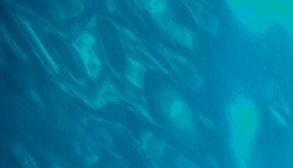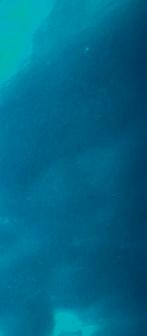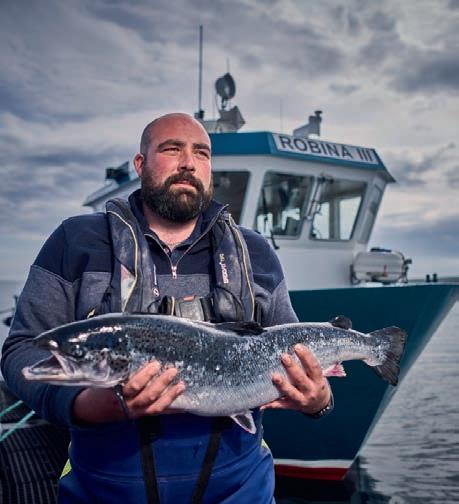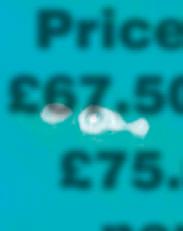

























Welcome to the August issue of Fish Farmer. This month, we finally got to report on the Scottish Government’s Vision for Aquaculture, which had originally been expected by the end of last year.
The Vision sets out the Scottish Government’s aspirations for the aquaculture sector – finfish, shellfish and seaweed – and explains the thinking which will underpin its policies. It is a broadly positive document, stressing the importance of aquaculture to Scotland’s economy and to its rural and island communities, and welcoming developments such as offshore farming and investment in local sources to supply fish ova, shellfish spat and seaweed seed.
The paper has been welcomed by the industry. Anyone expecting a plan or a programme, however, might be a little disappointed. There is no overall target for growth, whether in terms of output, economic contribution or jobs, or any specific commitment as regards what government is prepared to encourage growth. The Vision is best seen as an explanation of the thinking that will underpin future policy.
Meanwhile, elsewhere in this issue we look at the way in which Scotland’s salmon farmers are using cleaner fish as a natural ally to help control sea lice numbers. And with the consultation deadline fast approaching, there’s an explanation of how the proposed Wild Salmon Protection Zones – intended to ensure that lice on fish farms do not pose an unacceptable threat to migrating wild salmon – will work.
Sandy Neil reports on the Invest in the West campaign, which is focusing on the need for better housing and infrastructure for the islands and along Scotland’s west coast.


We also talk to Donna Fordyce, Chief Executive at industry body Seafood Scotland, about her organisation’s role in helping spread the word about this important sector.
Elsewhere in the magazine you can find a preview of the Aquaculture Europe conference in Vienna this September; Nicki Holmyard’s report on the debate over nonnative oysters on the British coast; and find out why Nick Joy, perhaps surprisingly, wants us to be fair to politicians.
Best wishes
Robert OutramMeet the team
Editorial advisory board: Steve Bracken, Hervé Migaud, Jim Treasurer, Chris Mitchell and Jason Cleaversmith
Editor: Robert Outram
Designer: Andrew Balahura
Commercial Manager: Janice Johnston jjohnston@fishfarmermagazine.com

Publisher: Alister Benne�
@fishfarmermagazine
@fishfarmermag
www.fishfarmermagazine.com
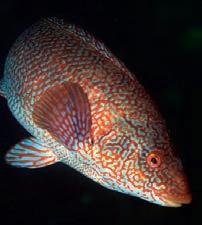
Fish Farmer Volume 46, number 08 Contact us
Tel: +44(0)131 551 1000



Fax: +44(0)131 551 7901 Email: editor@fishfarmermagazine.com
Head office: Special Publica�ons, Fe�es Park, 496 Ferry Road, Edinburgh EH5 2DL





Subscriptions
Subscrip�ons address: Fish Farmer magazine subscrip�ons, Warners Group Publica�ons plc, The Mal�ngs, West Street, Bourne, Lincolnshire PE10 9PH Tel: +44(0)177 839 2014
UK subscrip�ons: £75 a year
ROW subscrip�ons: £95 a year including postage all air mail

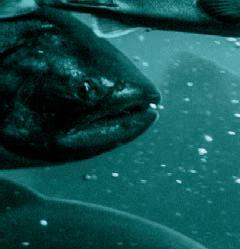


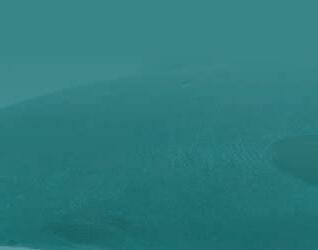

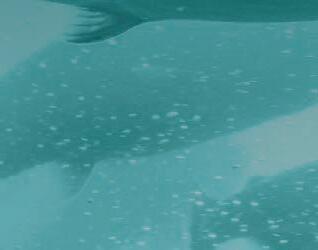
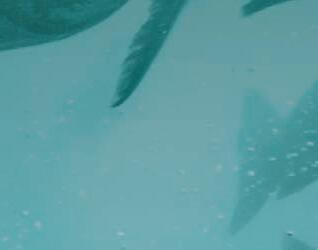
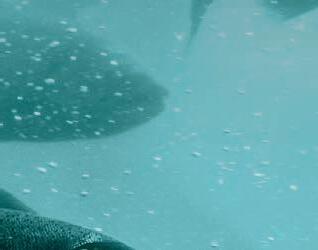


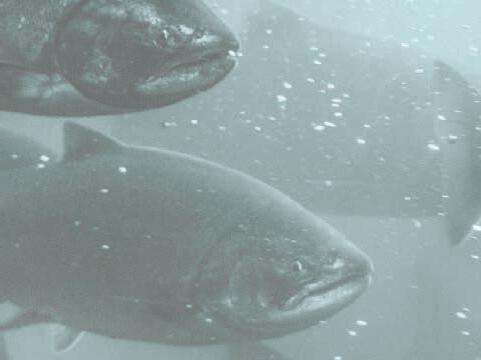


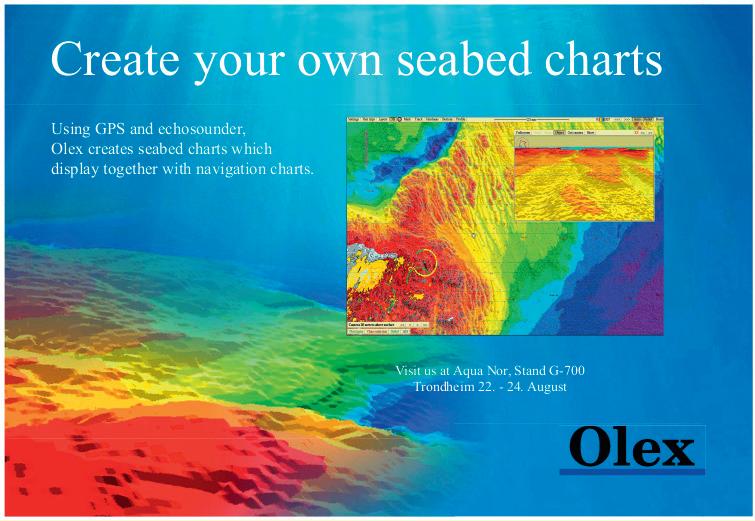
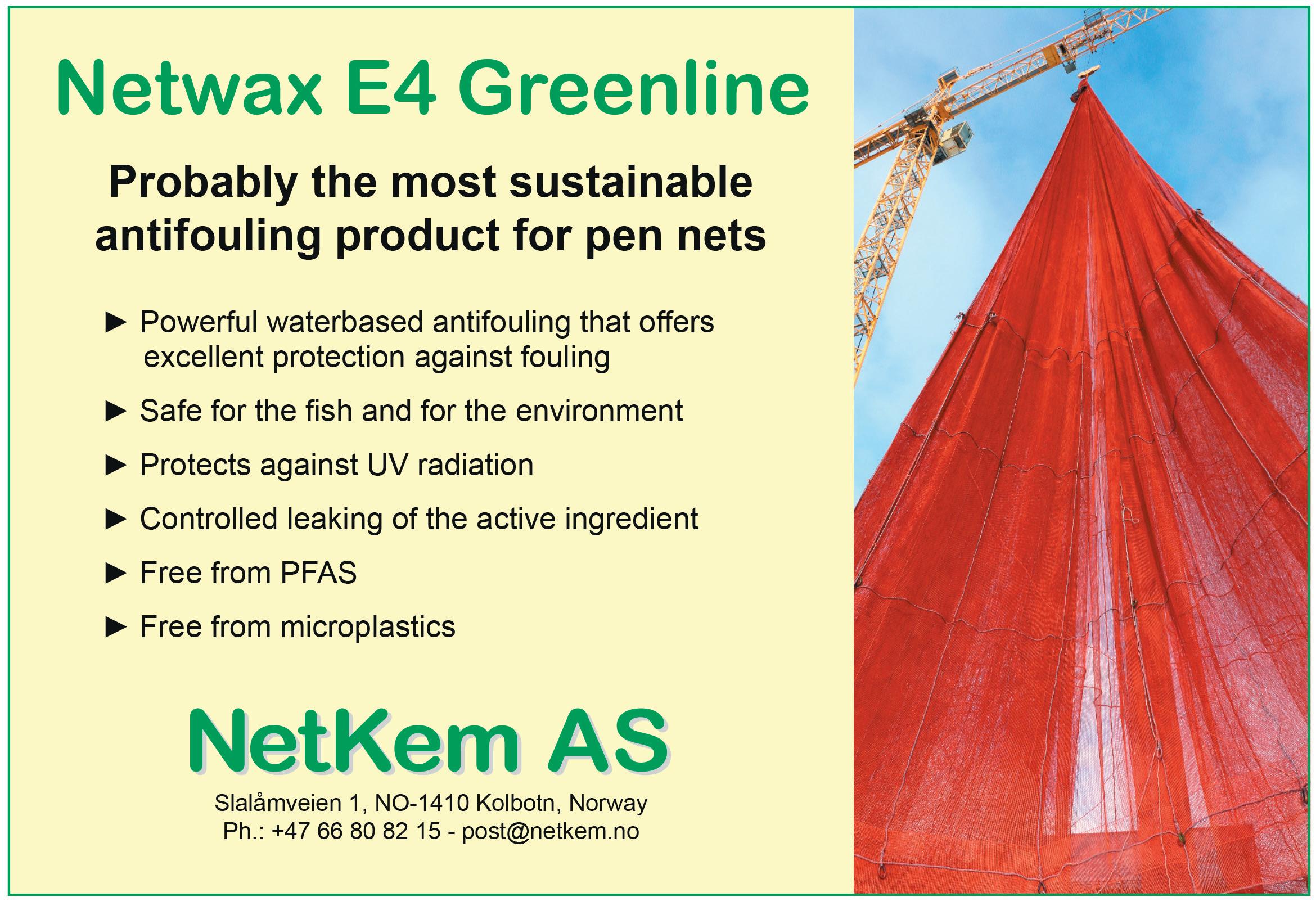
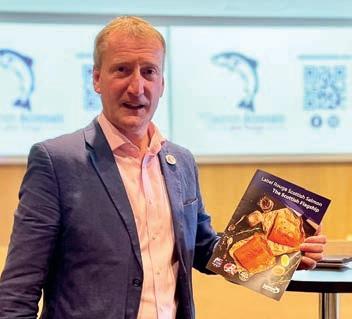
• Its environmental impact is within acceptable limits, with continual progress to minimise that impact through innovation, research and development.
• The aquaculture sector collaborates with other stakeholders to protect and restore biodiversity in the freshwater and marine environment.
• High standards for farmed animal health and welfare are a priority, maintaining Scotland’s high health status and declared freedom from listed fish and shellfish diseases.

• Development happens in the right places, underpinned by an effective and efficient regulatory framework informed by the best available science and evidence.
THE Scottish Government has set out its long-awaited Vision for Sustainable Aquaculture, setting out environmental, economic and social aims for the sector.
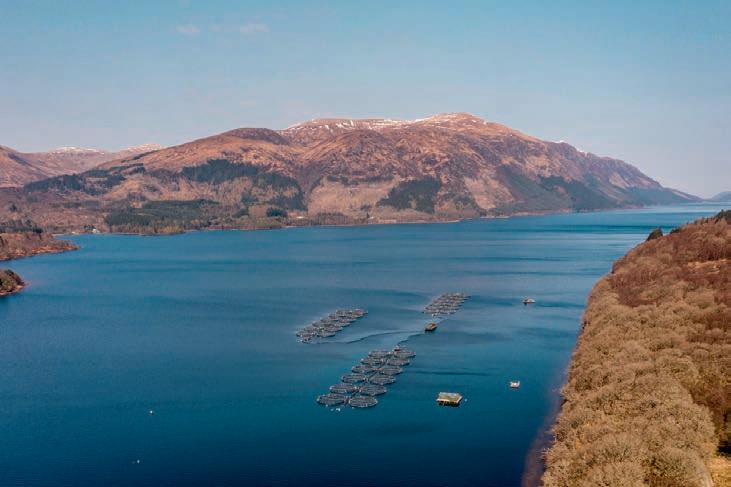
The document, which had been expected at the end of last year, was launched by Mairi Gougeon, Cabinet Secretary for Rural Affairs, Land Reform and Islands at Kames Fish Farming’s site at Loch Melfort, Argyll on 20 July.
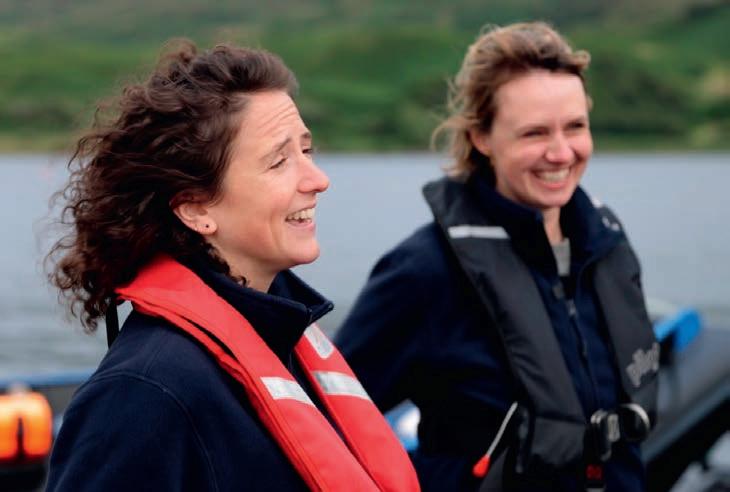
In her foreword, Mairi Gougeon states: “Aquaculture has a crucial role to play in contributing to our food security and meeting our commitment to becoming a Good Food Nation, producing healthy, nutritious food, with a greenhouse gas emissions profile that is lower than many other farmed sources of animal protein, for people in Scotland and around the world.”
She notes that the Scottish aquaculture sector and its supply chain supported an estimated 11,700 jobs in the Scottish economy and generated £885m GVA (gross value added) in 2018.
The Vision sets out aspirations for the aquaculture sector and a blueprint for where it should be by 2045 – but without stating any targets for growth, or on for the sector’s economic contribution should be by that date. It explicitly links the objectives for aquaculture to the Blue Economy Vision published last year.
• The Vision for Aquaculture also states that the following should be true of the Scottish industry by 2045:
• Its produce makes a significant contribution to Scotland’s reputation for premium food and drink.
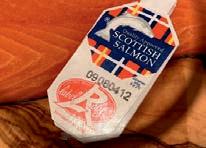
• Our communities are supported through the provision of highly skilled employment opportunities, access to healthy local foods and other lasting benefits.
The document refers to a number of initiatives already announced and underway, including the review of the consenting process being carried out by the Consenting Task group following the Griggs report; delivering on the Scottish Government’s commitments made to the Salmon Interactions Working Group; and revising the echnical Standard for Scottish Finfish Aquaculture, with a view to achieving zero escapes.
The Vision commits to “streamlining” the marine and freshwater planning and consenting system, improving spatial planning tools and ensuring an “efficient, effective and transparent” system “…with alignment between all regulatory processes”.
It also says the Scottish Government will encourage exploring the potential for offshore development, within three
and 12 nautical miles. It will also encourage the “redevelopment of farms where there is no planned production into alternative forms of aquaculture, other marine sector development, or returning the farm site to the wild.”
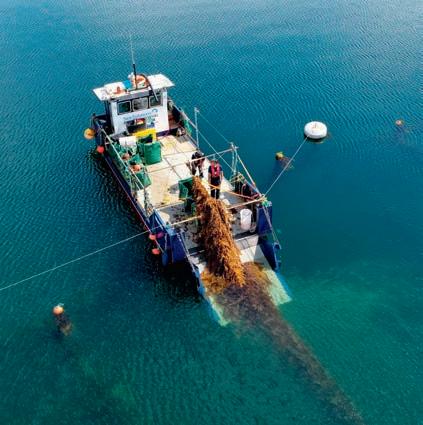
The Vision commits government, among other things, to improving port and harbour infrastructure; improving housing stock in rural and island areas; ensuring access to high-speed broadband; attracting inward investment; identifying new market opportunities; promoting organic aquaculture; improving water quality in shellfish producing areas; improving productivity for shellfish; and introducing a Code of Good Practice for seaweed production.
It also talks about building resilience by increasing the domestic supply of fish ova, shellfish spat and seaweed seed, and exploring opportunities to diversify the species farmed in Scotland.
In her foreword, Mairi Gougeon says: “Aquaculture depends on Scotland’s natural capital and the communities within which the sector operates. It must operate within environmental limits, to ensure that our waters are clean and safe, supporting healthy and diverse flora and fauna. As we respond to the twin crises of climate change and nature loss, we envisage a sector that leads the world through the responsible and sustainable ways in which it operates, delivering significant and lasting socio-economic benefits for Scotland and for the communities that host aquaculture businesses.”
The document makes it clear that the
industry will need to show that it can help to preserve and enhance biodiversity and the marine environment, as well as benefiting local communities and the wider economy.
It also pledges “protecting and improving the ability of communities to meaningfully contribute to aquaculture planning and consenting”, an objective which may lead to tension with the aim of streamlining the consent process.
Welcoming the document, Tavish Scott, chief executive of Salmon Scotland, said: “We welcome this vision which puts salmon farming at the heart of the country’s economic growth plans, helping Scotland’s journey to net zero and supporting healthy diets.
“The blue economy has the potential to both increase food security at home and feed the
growing global population.
“Scotland is uniquely placed to lead the way in the drive for the sustainable use of the oceans and seas, while conserving our shared environment for future generations.
“Like all sectors, we face challenges from issues ranging from climate change to Brexit to rampant inflation, but by working together with government we can continue to grow a low carbon, highly nutritious food that sustains thousands of jobs and ensures our rural communities can thrive.”
Following her visit to Loch Melfort, Mairi Gougeon said: “I was delighted to visit Kames Scotland and to learn more about its focus on the future and sustainability. It was interesting to learn about Kames’ Future50 programme and their planned investment into their business, community and local environment. We have many examples in Scotland of what aquaculture brings to Scotland’s economy now, and can do in the future – Kames Scotland shows the role Scottish, family owned businesses can play.”
Andrew Cannon, MD of Kames, commented: “We hope this vision document triggers action, further than just words, within the industry. We are proud to be a Scottish owned, awardwinning family company, but we need support to keep the innovation and diversity that SMEs like us bring to the table alive, alongside economic growth. The vision supports this view, and we look forward to seeing the action to come and more innovation and diversity in Aquaculture.”
EDINBURGH-based fleet management company Gofor has been appointed to manage Mowi Scotland’s transition to a combined electric and plug-in hybrid electric vehicle fleet.
Mowi said it intends for all its company cars to be zero-emission or hybrid by 2025, and will include vans and pick-ups in this transition, as and when suitable vehicles become available.
The salmon producer has already begun its change to electric vehicles (EVs) and plug-in hybrid electric vehicles (PHEVs) and is now undertaking the installation of workplace charging at its sites. Originally deploying 7kw charge points, Mowi is now looking to introduce more rapid charging to its business as it seeks to meet the evolving demands of its low carbon fleet.
Gofor has provided a range of fleet management support materials to assist Mowi during its decarbonisation process. These include strategic insight on the move to electric, creating an EV/PHEV fleet policy and driver guidance which highlights benefit in kind (BIK) savings.
The first fully electric vehicles – Citroen e-Spacetourers – have already been delivered, alongside a new dual-branded MG4 Electric. The people carriers were selected as ideal vehicles to transport staff

to and from work across two key highland routes.
Allan Macdonald, Area Manager for Mowi, explained: “In addition to the clear environmental benefits from this move, thanks to the electric people carriers, it is now easier to transport staff to and from their place of work which will also help with recruitment in the future.”
Mowi now has e-vehicle charging points at its head office in Fort William as well as the salmon hatcheries at Lochailort and Invermoriston, and the plan is to expand these charging points at the company’s many business
locations across the Highlands and Islands. Graham Lesslie, Managing Director of Gofor commented: “We’ve taken a highly proactive approach to ensure that the switch to electric and hybrid is as smooth as possible for Mowi. The Gofor team set up test drives to get employees comfortable with EVs and we also facilitated workplace charge point installation to make running the vehicles really easy.
“Our customer success team will support Mowi in the future with both vehicles and chargers as they transition to a reduced carbon fleet.”
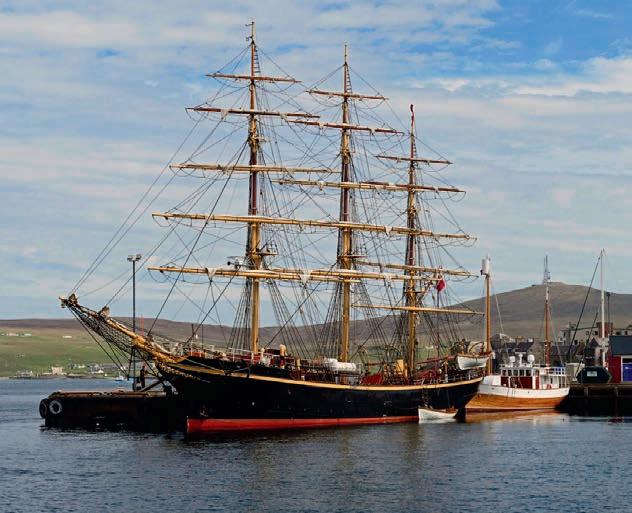
SHETLAND salmon farmers oined forces to support the all Ships’ return to erwick last month. ndustry body Salmon
Scotland and local fish farming companies, ooke Aquaculture

Scotland, and Scottish Sea Farms, sponsored the four-day event as ost ort Associates. he event marks the third time the Tall Ships fleet has been hosted in
erwick after visits in and .
Sailing vessels moored in erwick harbour as part of a route including Aberdeen, artlepool, the utch city of Den Helder, and Fredrikstad in orway. he festivities involved thousands of people, and hundreds of young sailors on nearly 40 tall ships.
THE first stage of a study to see whether hemp seed could be a viable source of protein for salmon feed has proved successful, researchers say. Now the trials are entering a second stage to find out how salmon perform in the long term when fed on the ingredient.
Rare Earth Global, the company behind the initiative and growers of industrial hemp for a range of sustainable products, has received more than £260,000 in funding from the UK Seafood Innovation Fund (SIF) for a full-scale research and development project which will include a two-month feed assessment.
A feasibility study conducted last year set out to explore how hemp seeds could be integrated into the diets of farmed salmon in Scotland.The team tested two types of hemp meal against a range of factors such as digestibility, fish growth, and the effect on gut health, finding that the ingredient had a comparable nutritional profile with soy and fishmeal.
The next stage of testing involves monitoring how fish perform over the long term when fed hemp seed protein as part of their diet, with the company also supported by the Sustainable Aquaculture Innovation Centre (SAIC) and the University of Stirling’s Institute of Aquaculture. Mowi, the global producer of Atlantic salmon, will support the formulation and production of the feed, while farmers in Angus and Aberdeenshire will grow the crops.
MOWI executives Scott olan (pictured) and iotr Kapinos have been appointed as directors on the board of
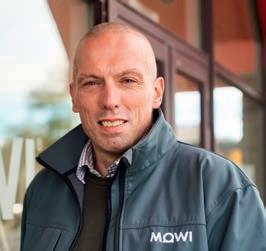
Wester Ross Fisheries. Nolan is Sales and Operations Director ( , reland, Faroes celand) with Mowi and Kapinos is Finance Director with Mowi Scotland. Mowi Scotland acquired Wester oss in une last year, but the company still trades as Wester Ross Salmon. David obinson, who was one of those involved in the management buy-out of Wester oss in , is no longer a director of the company.
ELEANOR Lawrie, who became Mowi Scotland s first female deckhand last year, has been appointed as skipper. She originally joined the company as a farm technician but then oined the crew of workboat the Ailsa Craig. Lawrie was named as the ising Star for at the Aquaculture Awards in Inverness last month.

The research team is aiming to understand the viability of hemp meal protein for commercial inclusion and to discover whether an optimum composition can be identified that delivers the best nutritional results for salmon, as well as testing secondary ingredients used as part of the feed. Another element of the project will cover sustainability, identifying methods for hemp farmers, feed companies and seafood producers to measure the carbon footprint of the entire process.
Suneet Shivaprasad, director and co-founder of Rare Earth Global, said: “The first feasibility trial returned positive results for the viability of hemp seed protein as a core aquaculture feed ingredient, and we are now testing whether it could be included on a commercial scale. Further research will enable us to look at a range of other factors over a longer time period, with the aim of demonstrating that this novel protein can be a success.
“Locally grown, plant-based ingredients are already more environmentally friendly than any imported soy or fishmeal but our zero waste approach to growing it also ensures that every part of the hemp plant is used for maximum value. In this case, the seeds will be used as a protein source for aquaculture, while the stalks will be used for sustainable construction materials, bioplastics and bioenergy feedstocks.”
Up to two tonnes of hemp seed can be produced per hectare of the crop, and Rare Earth Global is working with a range of farming cooperatives and family run farms – including farmers in Scotland, Yorkshire, Lincolnshire and Hertfordshire – to develop the supply of the raw material throughout the UK.
Last summer, the UK Government published its Hemp-30 roadmap – a 10-year strategy to make industrial hemp a major UK crop. It is estimated to add around £700m to the economy and sequester or displace one million tonnes of carbon dioxide each year.

nverlussa Shellfish is an award-winning mussel producer operating in och Spelve on the sle of Mull. he grant funding of , will enable the company to upgrade its mussel farm and shore-based hub, with a renewable energy supply.
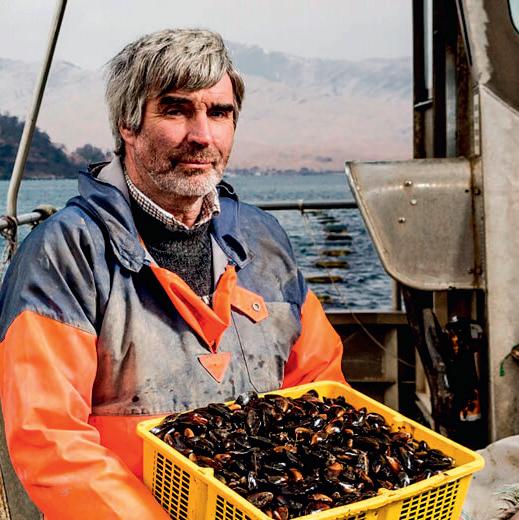
ther funded pro ects include upgrades to seafood processing facilities in Aberdeen, eterhead, Fraserburgh, arbert, Berwickshire and erwick in the Shetland slands.
Seafood Fund pro ects uly
A total of . m has been granted for research pro ects covering scallop, nephrops (langoustine) and ling fisheries. A total of , in match funding from alternative private or public contributions is supporting these pro ects.
Funding has also been made available for the catching sector across the to replace or modernise fishing vessel engines to reduce emissions, improve reliability and enable new technologies to be tested. he scope for the Fleet Modernisation ound is being extended to include all commercial vessels.
UK Government Minister for Scotland John amont said: m delighted that almost m in Seafood Fund investment is being shared across Scottish pro ects. he fund is a crucial part of our commitment to help level up coastal communities and deliver the Prime Minister’s priorities of growing the economy and creating better-paid obs and opportunity right across the country.
We are supporting fishing communities across the so they benefit from better infrastructure, new obs and investment in skills to ensure they have a long-term and sustainable future.
MOWI’S planned broodstock project at Ardessie, the Scottish Sea Farms post-smolt facility at Barcaldine and mussel farmer nverlussa Shellfish are among the recipients of the latest round of overnment funding for the Scottish fishing and aquaculture sectors, through the Seafood Fund.
A total of . m is being awarded to pro ects across Scotland through the Infrastructure Scheme to improve capability at ports, harbours, processing and aquaculture facilities. n addition, . m is being allocated to four Scottish pro ects through the Fisheries Industry Science Partnerships (FISP) scheme to provide vital research that will inform fisheries management.
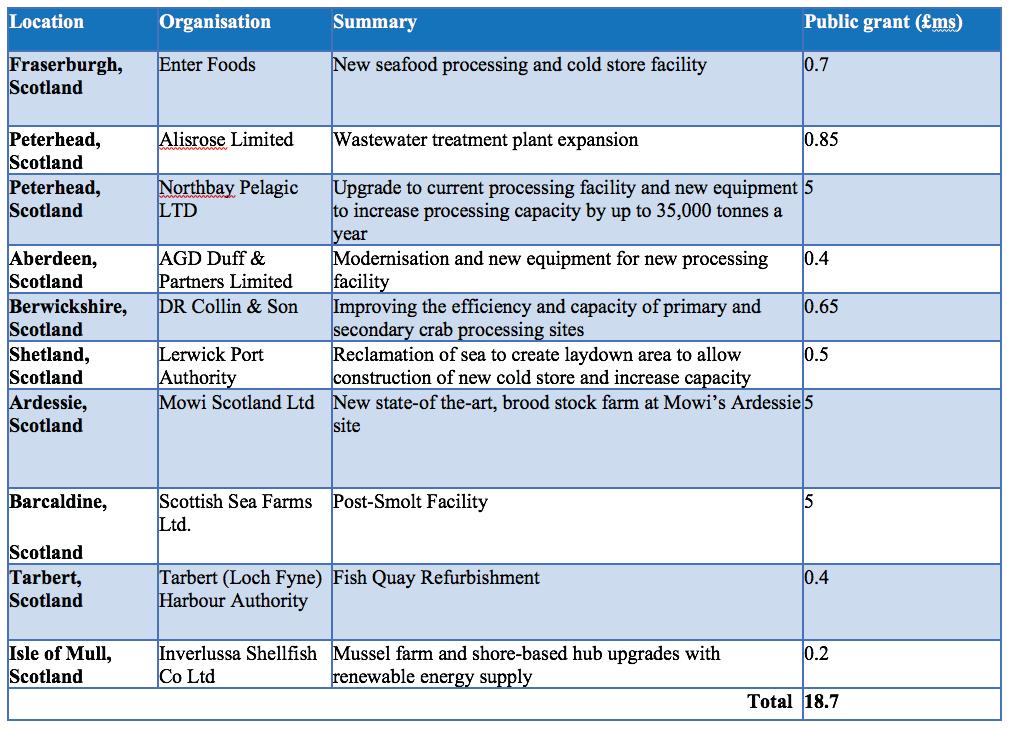
ver m in match funding from alternative private or public contributions is supporting these pro ects.
The Ardessie project is intended to secure a supply of salmon eggs for Mowi in Scotland. Based on the shores of Little Loch Broom, oss-shire in north west Scotland, the new facility will replace an existing hatchery building. When complete, Mowi said, it will offer eight to direct new obs and supply chain opportunities to the local region. he grant is worth m.
Scottish Sea Farms receives a grant of m for its post-smolt site at Barcaldine which is being planned as an extension to the company’s existing hatchery there. he new building will be placed between the hatchery and the shoreline, enabling easy transfer of the smolt to wellboats. he new facility will enable Scottish Sea Farms to grow the smolts to a larger si e before transfer to sea pens, improving their chances of thriving at sea.

SALMON producer Bakkafrost Scotland has taken delivery of a new 24-metre workboat from Macduff Shipyards.
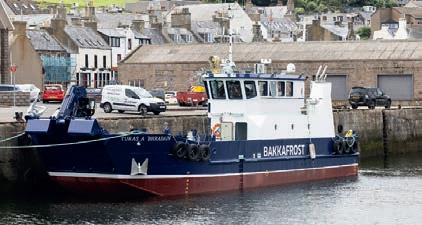
The vessel has been named Turas a ‘Bhradain, meaning “the salmon’s journey” in Gaelic.An internal competition was launched to name the new workboat, and the winner was six year old Chloe Macdonald, from the Isle of Lewis.
Bakkafrost Scotland commissioned the £2.6m vessel from the Macduff Shipyards in Aberdeenshire, and it is the first of two bespoke vessels being built by the yard for the business.
Turas a 'Bhradain, will operate across Bakkafrost Scotland’s sites on the West Coast and Hebrides and has been delivered following a year-long construction period.
From mid-July, the new vessel will be operating alongside Bakkafrost Scotland’s
wellboats the Ronja Star and Ronja Fisk, playing a key role in fish health by preparing the pens for the wellboat to carry out freshwater treatments.
Ronja Star joined the Bakkafrost Scotland eet in November 2022, and has been specifically built to handle fish with care, while increasing biosecurity in line with Bakkafrost Scotland’s sustainability strategy, which will see an increase in
the use of freshwater treatments across all its marine sites on the West Coast of Scotland.
Ian Laister, managing director at Bakkafrost Scotland said: “By commissioning the Turas a ‘Bhradain and the second workboat from Macduff Shipyards we have been in a position to support approximately 2 0 jobs at the yard, which will hopefully help the business to continue investing in young people, where they are typically hiring 10-12 apprentices annually.
“Bakkafrost Scotland are committed to investing in an environmentally sensitive manner and in local communities by actively awarding contracts where possible to local businesses.This deal is important to us and integral to our plan for responsible growth.”
MOWI has announced a 2023 second quarter EBIT or operating profit of €300m (£256m), with its Scotland division showing a much improved harvest and financial performance.
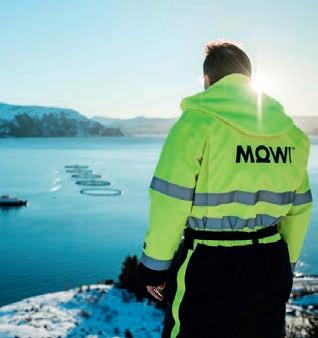
The operating profit was €20m (around £17m) lower than last year, but this is in line with industry expectations.
The world’s largest producer of Atlantic salmon harvested 107,500 tonnes during the April to June period against 103,000 tonnes in the same quarter last year.
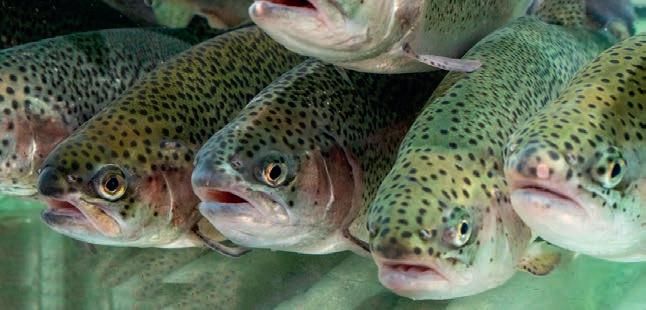
The harvest volumes were made up as follows (Q2 2022 figures in brackets):
• Farming Norway 61,500 tonnes (60,000 tonnes);
• Farming Scotland 18,000 tonnes (13,000 tonnes);
• Farming Chile 14,000 tonnes (14,500 tonnes);
• Farming Canada 9,500 tonnes (10,500 tonnes);
• Farming Ireland 1,500 tonnes (3,500 tonnes);
• Farming Faroes 3,000 tonnes (1,500 tonnes);
• Farming Iceland (Arctic Fish) 100 tonnes (2022 comparison figure not applicable as group was not part of Mowi at the time).
All harvest volumes are provided in gutted weight equivalents (GWE).
The total operational EBIT per kg through the value chain was broadly as follows (Q2 2022 figures in brackets) :
• Norway €3.35 (€3.95)
• Scotland €2.30 (€1.60
• Chile €1.80 (€1.05)
• Canada €1.30 (€3 )
• Ireland €1.40(€2.80)
• Faroes €4.60 (€5.80).
The operational EBIT in consumer products was more than double on last year at €37m (£31.6m).The operational EBITDA for feed was €10m (£8.5m), €4m (£3.4m) up on last year.
Mow said thereported financial net interest-bearing debt (NIBD) for the group was approximately
€1,665m (£1,423m) at the end of the quarter (excluding IFRS 16 effects), of which €90m (£77m) involved in Arctic Fish, acquired at the end of last year.
The complete Q2 2023 report will be released on 23 August.
THE government has published a new contingency aquatic animal disease outbreak plan for England and Wales, to ensure the UK retains its high health status in this area.
The plan outlines how Defra (the Department for Environment, Food & Rural Affairs) and the Welsh Government, along with its operational partners, respond to outbreaks of aquatic diseases.
They say disease outbreaks such as viral haemorrhagic septicaemia (VHS) and infectious haematopoietic necrosis (IHN), can cause
aquatic animals to suffer, disrupt trade, damage businesses and the environment, and cost the taxpayer significant sums of money.
The UK currently has high aquatic animal health status and is free from the most serious aquatic animal diseases. There is a shared responsibility between government and industry, the paper says, to ensure that if disease occurs, it is diagnosed earlyand eradicated.
Aquatic animals generally relates to creatures that live predominantly in different water forms, such as seas, oceans, rivers, lakes, ponds, etc. xamples of aquatic animals include fish, ellyfish, sharks, whales, octopus, barnacles, crabs, dolphins, eels, rays, mussels, and so on.
The plan provides for a swift, effective and co-ordinated response to control and eradicate disease, which supports the path to regaining disease-free status, and restoring international trade.
hief eterinary fficer hristine Middlemiss said:“ am proud of the UK’s high aquatic animal health status, and we are committed to maintaining this internationally recognised footing.
“ he plan published today sets out clear steps for industry and government to respond quickly to aquatic disease outbreaks, ensuring the UK remains a world-leading food and farming nation.”
RESEARCHERS are studying the potential for lab-grown algae as a viable alternative protein source for aquafeed and other uses.

Experts in animal nutrition from Biosimetrics and Abrimar, both based in Edinburgh, Scotland, are working alongside researchers at the Scottish Association of Marine Science (SAMS) to explore the optimum conditions required for growing algae as a novel feed ingredient.The project is funded by the Industrial Biotechnology Innovation Centre (IBioIC), which hopes it could help to unlock new Scottish supply chains for natural and sustainable feeds.
Previous studies have demonstrated the potential of algae as a high-quality, nutritious alternative to imported soy and fishmeal protein.The cost and complexity of scaling up to mass production, however, has meant the process has not yet been developed further. For this project, species were specifically selected for their commercial viability, to minimise potential waste and maximise value.
The consortium has devised a new strategy where multiple sectors will use different components of the algae crop for different purposes.While some elements of algae would go into fish and livestock feeds, other co-products – which may previously have been deemed waste – could be used as pigments for a range of food and drink or consumer
products.
The researchers have tested a range of organisms supplied by the Culture Collection of Algae and Protozoa (CCAP) – Europe’s largest collection of living strains from freshwater and marine environments – to determine which species could unlock the greatest feed value for monogastric animals, fish and humans by measuring their speed of growth, protein yield and digestibility.
Algae has a similar nutritional profile to soy, eggs, fishmeal and other commonly used protein sources. However, algae can be grown locally, while the UK imports around 3.5 million tonnes of soybean equivalents per year mostly from South America, much of which is used for animal feed and aquafeed.
Dr Virgilio Ambriz-Vilchis, head of technical services at BioSimetrics, said: “Different species of algae have already shown huge potential in terms of the nutritional benefits for aquaculture and agriculture. However, transferring the process from the lab to fullscale production is not as straightforward as it may seem. As well as the technical hurdles, we also need to optimise the process so that it makes sense economically.
“Algae is a high volume and comparatively low-value product, so we have evaluated 10 separate species and different growing conditions to see which achieves the best results. "
A team of island athletes supported by Bakkafrost Scotland returned home in July from the NatWest International Island Games XIX in Guernsey with a good haul of medals.
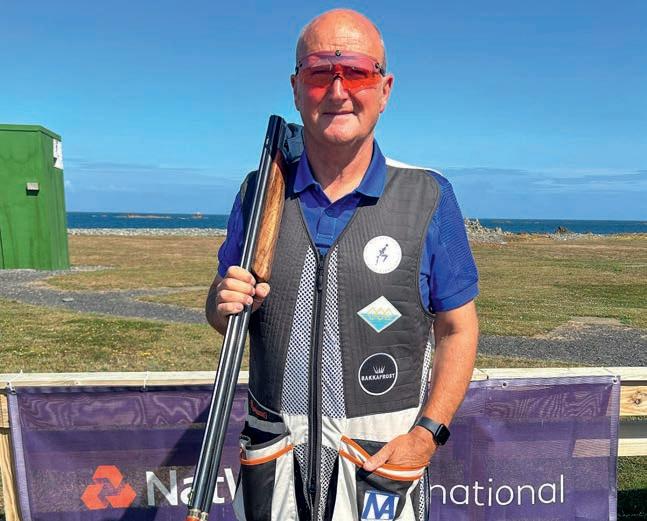
The Western Isles Island Games Association (WIIGA) squad had an “incredible week” winning four silver medals in the Mountain Bike Crit, Mountain Bike X-Country, Men’s Half Marathon, and Women’s Football competitions, as well as a bronze in the Women’s Half Marathon Team event.
Norrie MacDonald, WIIGA chair, said: “The team has had another incredible experience, and they are an immensely proud group of top athletes representing the Western Isles.
“We had another amazing experience and apart from the terrific achievements in winning the medals, there were many personal bests from our young athletics and swimming squad and lots of other success stories throughout the team.”
The team of 92 athletes plus management, coaches and medical team, flew out from Stornoway on Friday 7 July to take part in the biennial multi sports event.
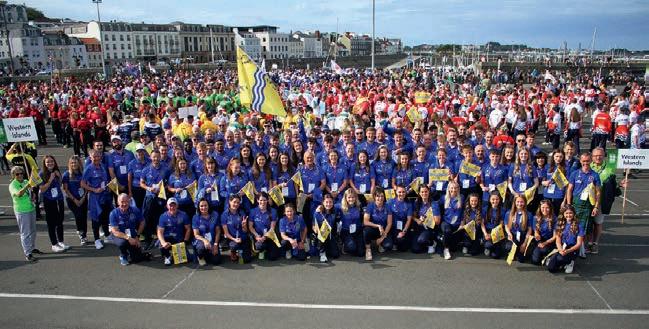
WIIGA competed in nine sports: athletics, swimming, shooting, cycling, badminton, men’s and women’s football, men’s and women’s golf, indoor bowls and archery.
Ian Laister, managing director of Bakkafrost Scotland, said: “We are proud to support the squad and were especially proud of Bakkafrost Scotland’s own Donald Macinness who competed in the shooting category, travelled home and was then back at work first thing on the next morning!
”Events like this help the team build their experience of competing at the highest level and we look forward to the team going from strength to strength at the next island gathering.”
THE orwegian land based fish farmer Andf ord Salmon has announced the successful completion of its first harvest of Atlantic salmon at its new facility in valnes in the north of the country.
he company said the harvest yielded strong results with an industry leading survival rate of . and superior share of . .
he total biomass of Atlantic salmon reached tonnes translating to approximately metric tonnes ( ), with an average weight of approximately . kilograms per fish.
An exit-count in con unction with transfer of fish from the pool shows that approximately , salmon were released in the pool one year ago.
Martin amussen (pictured) said: “We are elated to achieve such a remarkable survival rate, especially after transportation to slaughter.
“ he fact that . of the fish survived underscores that the fish has had excellent living conditions in the pool.
e added: “As a consequence of this, we have harvested fish that may not have survived in other fish farming facilities. his has a negative impact on the average weight and superior share, which is still at an impressive level. owever, a high survival rate is
obviously the most valuable from a financial perspective.
A company statement said the harvested fish displayed a diverse range of weights, from - kg up tokg. f particular note, approximately of the fish fell into the - kg category, achieving an average price of approximately ( ) per kg. Additionally, around of the fish weighed between - kg, realising an average price of approximately ( ) per kg.
amussen continued: “ he high-quality attributes of our salmon have not gone unnoticed by our customers, who have provided very positive feedback, especially on the
colour of the fish.
“ his reiterates the conceptual advantages of Andf ord Salmon’s salmon farming method. ur main goal for the first batch of fish was to reach the right’ buyers, not to maximise the average price.
“ ven so, we have seen buyers coming back after the first shipment wanting to pay extra for the next delivery. his has made us even more confident that we will be able to achieve a healthy premium on our product in the future, he concluded. ast month Andf ord Salmon secured loans worth around m and boosted its balance sheet with a share issue totalling some m.

SALMON exports held up well during July with China emerging as one of the strongest growth markets, says the Norwegian Seafood Council in its latest monthly export report.
Norway’s salmon farmers sold 95,620 tonnes of fish worth NOK 9.6bn (£736m) last month, a 13% increase in value and a one per cent increase in volume on July 2022.
Once again Poland and Denmark – two countries with large salmon processing sectors – and France were the largest markets.
But China had the largest increase in value, with exports up by NOK 230m (£17.6m) or 90%, compared to July last year.
Andreas Thorud, the Seafood Council’s China envoy said it was the strongest July growth so far, but pointed out that July last year was affected by Covid-19 closures.
He said demand was demand was
particularly strong not only from restaurants but also from the grocery and e-commerce sectors which were now emerging as important sales channels.
“We also see an exciting tendency for more and more Norwegian salmon to be found in grocery stores outside the big cities,” he added.
Farmed trout sales grew by 14% in volume terms during July to 5,845 tonnes while the value rose by one per cent to NOK 527m (£40.5m) with,
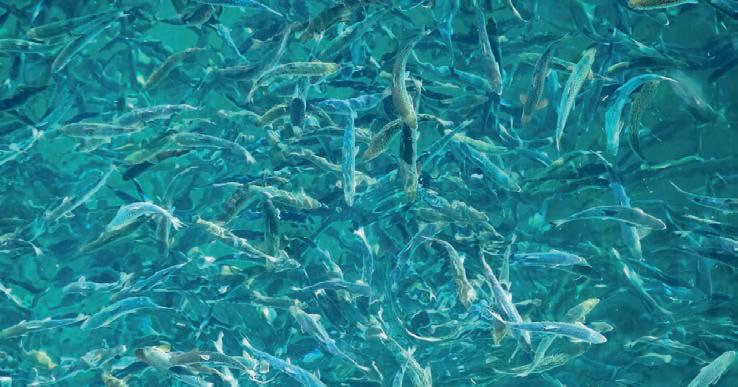
surprisingly, war-ravaged Ukraine one of the largest growth markets. Thailand and the US were the other main markets.
Ukraine had the largest increase in value at NOK 42m (£3.2m) or 188 % while the volume at 890 tonnes was 178% higher than a year ago.
Total Norwegian seafood exports last month were worth NOK 12.4 bn (£953m), 8% higher than a year ago. So far this year Norway has sold fish of all types worth NOK 94.4bn (£7.26bn) to countries around the world.
Seafood Council CEO Christian Chramer said the rise was larger due to a weak kroner, although the currency had strengthened somewhat last month.
The UK continued to be one of the strongest markets for exports of frozen cod, buying 1,300 tonnes of the popular whitefish, 6% more than 12 months ago.
SAMHERJI, the Icelandic seafood group planning to build a large land farm near the capital Reykjavik has said its “phased” approach should address any concerns that the project might pose a threat to water supplies in the area.
Iceland’s national planning agency last month expressed concerns about the impact of the development on water resources around Reykjanes in the south west of the country.
The agency called for the £260m facility to be built in stages so the effects on water supply can be assessed after each phase is completed. The ultimate harvest target is 40,000 tonnes of Atlantic salmon.
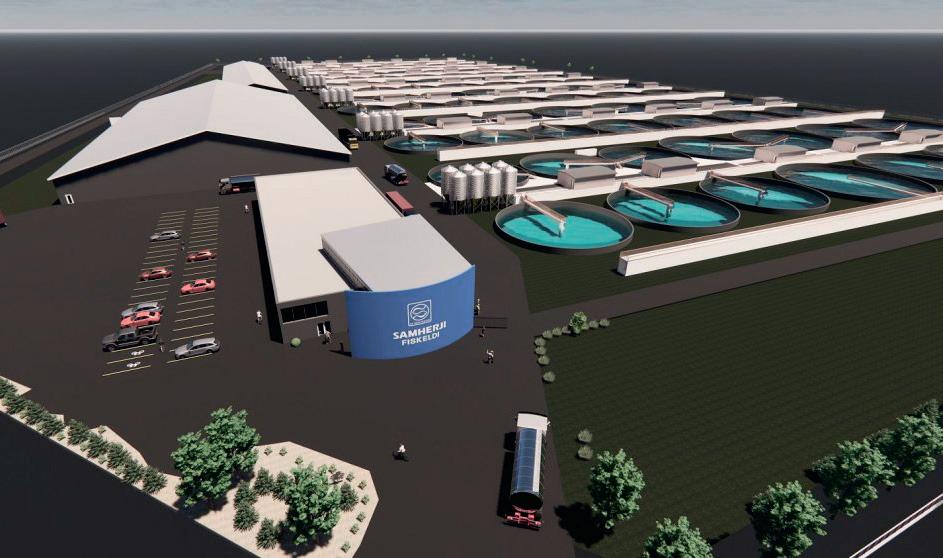
Samherji has now issued a statement saying it already plans to do that, with the first stage producing 10,000 tonnes, the second 20,000 tonnes and 40,000 tonnes after the third and final phase.
It says: “Sea extraction will also be phased, but in a fully built station. The company plans to use a maximum of 30,000 l/s [litres per second] of ground sea, about 50 l/s of freshwater and about 3,200 l/s of warm seawater from Reykjanesvirkjun… it is worth stressing that all other water that will be used for the fish farm is salty seawater that will be pumped from the coastal ridge below Eldisgarð.The Planning Agency believes that the most significant environmental impact concerns groundwater and geological formations.
“The institute’s assessment of possible environmental impacts is comparable to the results of the Samherji fish farm’s environmental assessment report.
“The opinion acknowledges the importance of the phasing of the Edisgarð development, as proposed by Samherji Fish Farm, in order to ensure the most accurate information about the environmental impact at any given time.”
Jón Kjartan Jónsson, manager of Samherji Fish Farms, says that work on the assessment plan and the environmental assessment report took three years, and they tried to answer the comments of the public and commenters in a clear and decisive manner.
Jónsson said: “The environmental assessment report also states the proposed countermeasures to minimize the environmental impact of the project. The environmental assessment and approved plan are important milestones for us to build a new and complete onshore power plant at Reykjanes.
He added: “The opinion is positive and it is also a pleasure to receive praise from the authorities for a thorough and well-prepared report.
“We are aiming for the production of salmon, where sea pumping will be a key factor, and it is a self-evident requirement that we raise the impact of sea fishing on the environment as we propose.
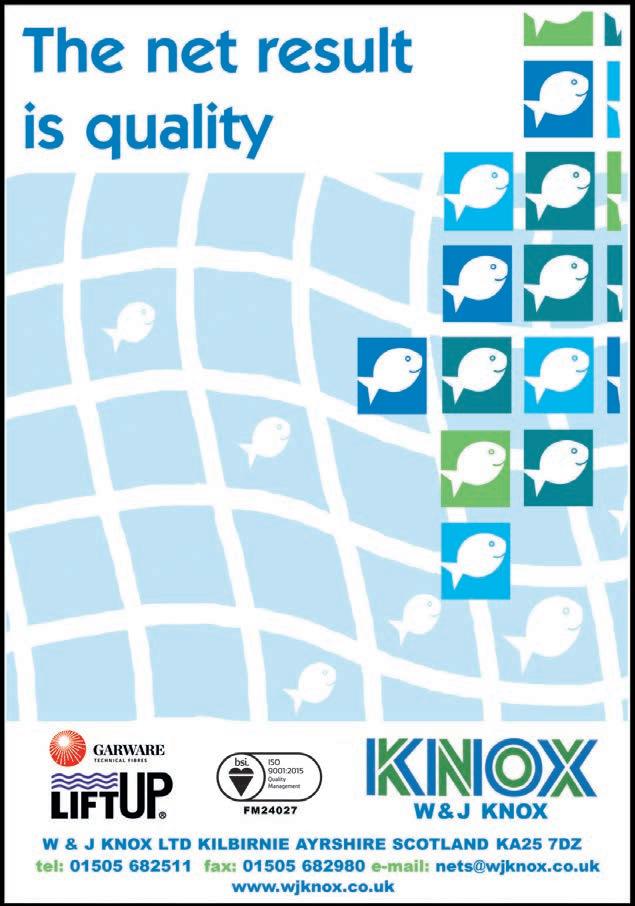
“The only way to map the impact with more precision than we have already done is to responsibly monitor the impact of sea pumping, which is the main reason why the project will be phased.”
He also said that uncertainty has been eliminated through monitoring, stressing that the company had taken great pride and put in a lot of hard work in its entire preparation for the project.
• Fish Cage Nets
– Nylon & HDPE
• Predator Solutions
• Net Service Plant

• Treatment Tarpaulins
• Lice Skirts
• Supplier of LiFT-UP
• Wrasse Hides
TWO privately owned Norwegian fish farming companies, Wilsgård Fish Farming and Arnøy Laks, have each announced positive financial results for 2022.
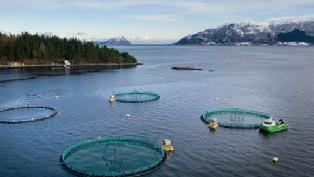
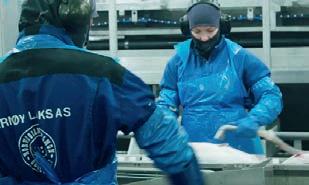
In both cases revenues and profits were much higher with Wilsgård achieving a company record and more than doubling its turnover from NOK 320 million in 2021 £24m) to almost NOK 757m (£56m) last year.
High salmon prices last year also helped boost the two companies.
The company appears to have recovered from a serious infectious salmon anaemia outbreak in 2021, which badly dented profits.
the time although it has since grown considerably. Then, it had just two employees. The workforce has since grown to around 60 with more than 120 working for the now wider and larger group.
Meanwhile, the Troms based farming company Arnøy Laks, also around 40 years old, saw its turnover rise by around 40% from NOK 292m (£22m) in 2021 to NOK 364m (£27m) last year. The pre-tax profit was NOK 85.7m (£6m) against NOK 60.9m (£4.4m) in 2021.
The company said there was still a great deal of unused potential in the business, adding that negatives issues such as the war in Ukraine and biological challenges continued to provide uncertainties.
It is also building its own fish processing facilities which will include a new filleting line.
THE salmon “winter wound” problem is becoming a challenging issue that requires special attention, the employer organisation Seafood Norway has said.
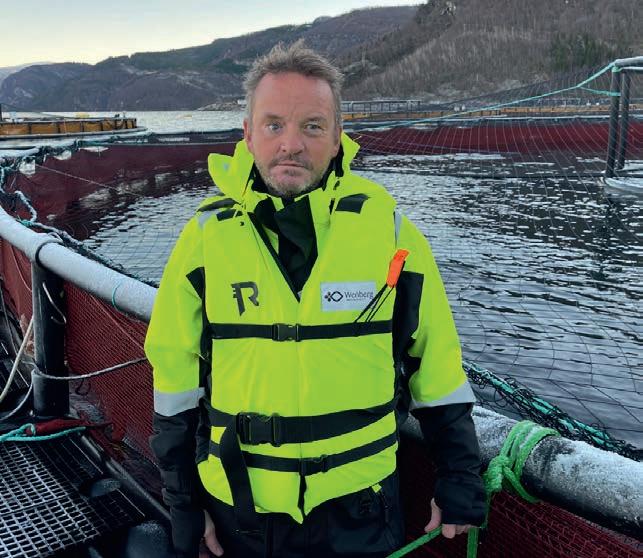
CEO Geir Ove Ystmark said Seafood Norway plans to strengthen co-operation with the relevant professional authorities.
Winter wounds or sores affect salmon skin and, as the name suggests, are most prevalent in the colder months. Seafood Norway believes that much of the problem can be linked to the handling of salmon lice and the increasing use of treatment methods. Preventive measures have therefore been implemented to reduce the need for handling the fish, including of these is the use of laser technology to kill lice.
Seen in isolation, wound challenges are a big problem, he says. Primarily this is because it causes suffering in the fish, but also financially due to the loss of fish and the downgrading of slaughter.
Seafood Norway says it has long prioritised the development of a system for internal control to safeguard fish welfare in aquaculture. Systematics is the key to understanding causal relationships, the organisation maintains, uncovering adverse developments and taking measures in time.

Ystmark argued that another important reason for the increase is that the old vaccines do not work well enough. New vaccines will be introduced continuously. Several vaccines are under development, but there is a need to speed up the process of approval. Strategic use of bacteriophages, probiotics and special feed are further contributors to reducing risk.
Karoline Skaar Amthor, veterinarian and head of health and environment at Seafood Norway, said: “Like other biological challenges, it is about understanding causal relationships and managing risks.
“To do this, you have to work systematically. Although trends and similarities are seen in ulcer outbreaks, there is also variation when it comes to underlying or contributing factors.
“It is not the case that ‘wounds are wounds’. Follow-up of each individual case represents an important contribution to increased knowledge”, she added.
The 2022 operating EBIT or profit was NOK 320m (£23m) against just under NOK 6m (£447,000) in 2021.
Based in Senja, Norway, the group was established in 1983 by Vidkun and Fridtjof Wilsgård with just a single fish licence at
NORWEGIAN cod farmer
Statt Torsk has been hit by high mortalities and production issues this summer.
The company has said the problems are likely to cost it up to NOK 12 million (£920,000). It has suffered a high level of mortalities at its Stokkeneset location in the north of the country, which occurred during June and July, as temporary.
Statt Torsk said in a close of trading press release to the Oslo Stock Exchange that the economic cost of the Stokkeneset mortalities was likely to be NOK 4.5m (around £346,000). The cost of the reduced production at its Rekvika site near Tromso is expected to be up to NOK 7.5 million (£578,000).
The company is expecting its harvest at Rekvika to be around 280 tonnes short of target.
The cause of the mortalities has
been identified, and “appropriate measures” have been taken”, Statt Torsk said, although the company has so far not revealed exactly what the problem is.
A year ago, Statt Torsk announced it had won a new contract worth around £6m.
In February this year the company said it was scaling down harvest plans to focus on contract deliveries rather than the spot market. It makes regular deliveries to a pilot customer in Spain.
Cod farming in Norway is still small compared to salmon farming, but it is on the increase.
Private salmon companies are also doing wellAbove: Geir Ove Ystmark Top left: Wilsgård Fish Farm Above: Arnøy Laks workers
NORDIC Halibut said it achieved an average sale price of NOK 155 (£11.50) per kilo during the second quarter of this year, representing a year-on-year increase of 7% and considerably higher than that for wild-caught halibut.
In an operational update last month, the company reported that it is witnessing a growing willingness to pay and acceptance for farmed halibut in key export markets.

It added: “As awareness of the outstanding qualities and attributes of farmed halibut products continues to rise, the price differential against wild halibut products also continues to widen. “
The average export sales price for Nordic Halibut’s products during the quarter reached NOK 171 per kilo (£12.60), marking a 13% year-on-year increase, while the average export sales price for wild halibut from Norway stood at NOK 109 (£8) per kilo , resulting in a price differential of 57%.
Nordic said: “The established price level indicates strong potential for higher prices for farmed halibut. Ongoing assessments of long-term strategic considerations will determine the allocation of biomass held at sea between periods, aiming to create a strong market presence and achieve optimized prices and revenue.
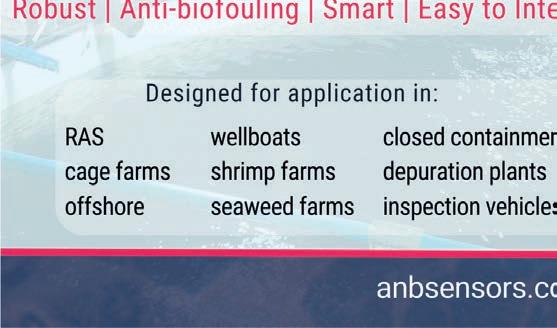
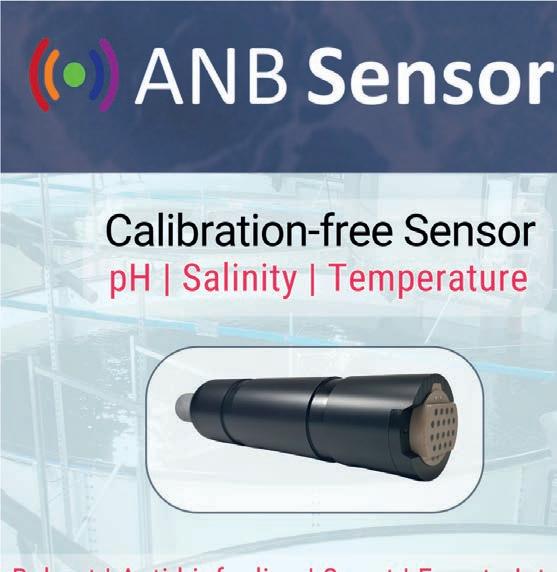
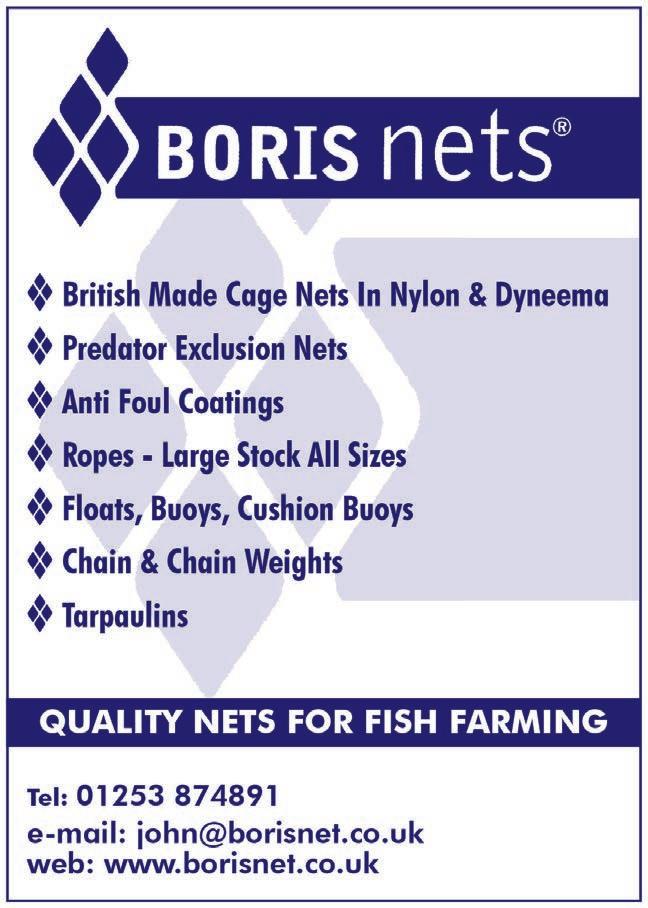
“Notably, larger-sized halibut, particularly those sold at 7-9 kg and 9 kg plus, are yielding higher sales prices.”
Nordic said that consequently, its strategic commercial focus in the upcoming periods will prioritise achieving favourable prices and establishing a strong market presence.
In line with the strategic harvest plan for 2023, the company reduced its Q2 harvest volume to ensure optimal utilisation of biomass in the second half of this year.
During the April to June period Nordic harvested 151 tonnes (135 tonnes in head-on-gutted (HOG) weight), with an average harvest weight of 5.2 kg (4.7 kg HOG – head on gutted).
Total revenue for the quarter amounted to NOK 21m (£1 . m). This year it plans to release one million fish into the sea, equivalent to the growth phase one production target of 5,000 tonnes (4,500 tonnes HOG) to be harvested within 2026.

ARCTIC Fish of Iceland has agreed a major refinancing package to help its sustainability goals and prepare the way for major expansion in the estfjords region.
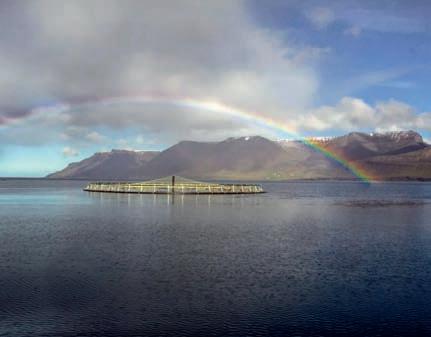
The Mowi-owned business has signed a three year agreement for an ISK 2 bn (£1 6m) refinancing with a syndicated loan from N , anske ank, Nordea and Rabobank.There is also a possibility of increasing the facility as the business continues to grow.
A plan to build a land-based salmon farm in the French fishing port of Boulogne has run into opposition from environmental groups and many locals.
In typical French style, there have been angry demonstrations from placard-carrying opponents.
A public inquiry into the project, which could decide its future, has just ended with the outcome expected within a few months. But Local Ocean, the company behind the plan remains confident, saying it hopes to begin construction this year and will label its salmon “Made in Boulogne”.
If approved, it would be the second time a RAS facility has been mooted for for the Channel port. Pure Salmon had proposed constructing a farm in Boulogne, with an intended annual production of 10,000 tonnes, but last year switched its preferred site to Verdon-sur-Mer on the Gironde estuary in south east France.
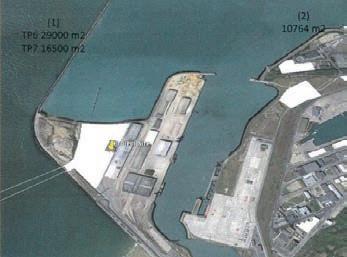
In some respects the Local Ocean project is similar to the RAS (recirculating aquaculture system) salmon farm planned for Grimsby – another traditional fishing port that has seen better days. The big difference is that the Grimsby farm has stronger local support.
Among the issues raised by French environmentalists were risks from the high flow of waste water in the Ro-Ro (roll-on, roll-off) basin through which much of the port’s crossChannel traffic passes, as well as the danger that the farm’s waste could cause the spread of green and brown algae.
Local Ocean said it is in Boulogne for the long haul, arguing that it is the perfect location from a social and environmental standpoint.
“The farm will be seamlessly integrated with the commercial fishing hub and Boulogne is just a few hours from major markets like Paris and London,” the company added.
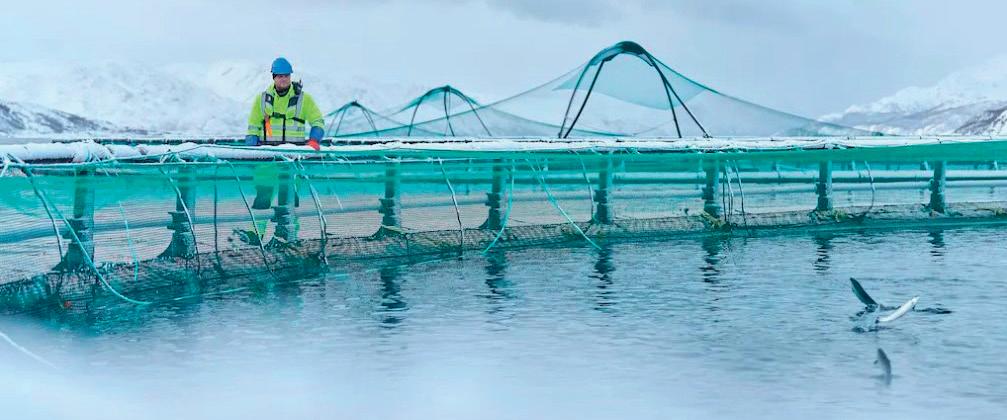
“We are a collection of experienced aquaculture professionals, researchers, educators and entrepreneurs who are passionate about changing the way we raise, harvest, purchase and consume salmon.
“Our team has over a century of combined experience and has pushed innovation in RAS from its humble beginnings”.
Local Ocean was founded by Werner Forster, now the CEO and Alain Treuer, who is the company president.
Neil Shiran risson, Arctic Fish’s financial director, said: “ e are very pleased with the funding, which will support the company’s future focus.”
Arctic Fish said it has been developing a sustainability strategy and is working on its implementation, in accordance with international standards.
The loan is linked to the company’s sustainability goals and success in that area. Neil Shiran says this it will have a positive effect on interest rates for the future and provide great motivation for the continued good works that the company intends to support.
The banks responsible for the refinancing
will be kept informed about the success of the company’s sustainability goals.
Arctic Fish is a rapidly growing salmon farming company with operations in the estfjords region of Iceland. It owns and operates its own onshore fry farm, which is one of the most advanced in the world when it comes to water reuse and the use of clean energy sources.
The company employs more than 100 people but that figure is expected to increase by 20 before the end of the year Mowi acquired Arctic Fish from SalMar at the end of last year.
GRIEG Seafood saw its operating costs soar by up to 50% year-on-year in Norway and by more than 40% in Canada, it has reported in its 2023 second quarter trading update.
The full impact of these higher costs on profits will not become apparent until the full second quarter results are published later this month.
However, the better news is that in Norway at least costs appear to have steadied and are marginally down on the previous quarter.There was no harvest in British Columbia, Canada during that period, but costs are around two dollars
per kilo lower than during Q4 last year.
Year-on-year costs are up in all three active regions, but the variations are quite marked. In Rogaland the increase is around 25%, but in Finnmark, further along the coast, they have risen by around 50% during the past 12 months.
Salmon farming is even more expensive on the other side of the Atlantic. Costs increased year on year by 44%, but the NOK equivalent was 89.11 – more than NOK 30 per kg than in Norway.
Grieg harvested 22,600 tonnes during the April to June period, which was 1,000 tonnes
lower than the same period a year ago.
It was made up of (Q2 2022 figures in brackets): ogaland , tonnes ( , tonnes), Finnmark 5,600 tonnes (9,800 tonnes) and British olumbia , tonnes ( , tonnes).
However, it is the rise in production costs which may come as a surprise to observers outside the company.
The average cost per kg are as follows ( figures in brackets) ogaland . ( . ); Finnmark . ( . ) and British olumbia A . ( A . ).
The full Q2 report is due out on 25 August.
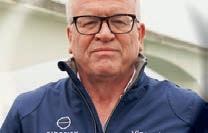
NORWAY is facing the costly prospect of more infectious salmon anaemia (ISA) cases, it has emerged this week.
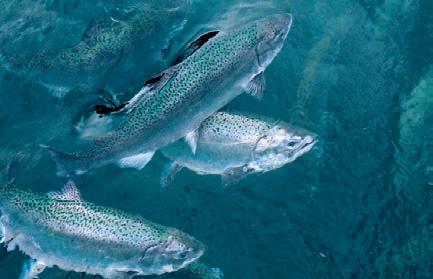
The latest suspected outbreak is at a location in Vestland county, where Lerøy Seafood has a farm.
Lerøy informed the Food Safety Authority (FSA) following a PCR analysis carried out on samples of fish by Pharmaq Analytiq.
The FSA said follow-up tests would be carried out to confirm the suspicions. In the meantime restrictions were imposed on movement of fish and personnel, to prevent any further spread of the disease.
Meanwhile, ISA was also confirmed at a site in Heim municipality in Trondelag
county where Salmar Oppdrett and Norsk Sjømat Oppdrett have farms. A culling operation followed.
The Food Safety Authority was first informed of suspicions on 7 uly following samples taken from a number of fish and ISA was subsequently confirmed.
These latest incidents follow a high number of ISA outbreaks in Norway in une, with the estland and Rogaland regions the main areas to be hit.
Most suspected cases turn out to be positive, because fish farm managers and testing companies know from past experience whether the fish are diseased or not.
Grieg Seafood was one of the “big
five” companies forced to slaughter thousands of fish last month following confirmation of an outbreak. While ISA does not affect humans and infected fish are safe to eat, there are restrictions on exports of fish from affected areas to certain countries.
BAKKAFROST shares plunged by 15% in a single day on the Oslo Stock Exchange last month, following a second quarter profit warning from the company.
Some estimates put the loss in share value at more than five million Norwegian kroner – or at least £380,000. Bakkafrost has a

current market value of NOK 32bn (£2.4bn).
The shock came on 16 July when the Faroese salmon farmer announced its EBIT or operating profit for the April to June period would be DKK 353m (£40.7m) due to lower slaughter volumes in the Faroe Islands and higher costs in dealing with mortality issues in Scotland.
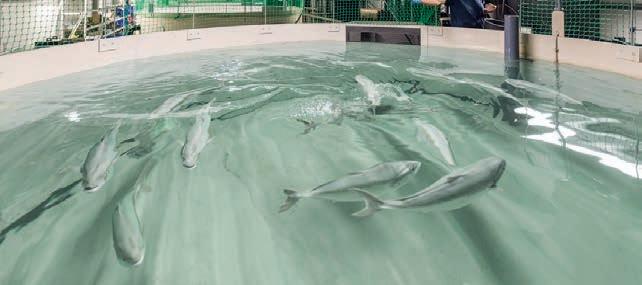

Some industry insiders had expected an operating profit around 560m Danish kroner (£64m) for the quarter – the company’s share price is reckoned in NOK but its

THE Kingfish Company has reported a 1 increase in second quarter sales for its farmed Dutch yellowtail. Sales were up year on year during the quarter to .6m (£ . m) while revenues per kilo increased by 1 to 1 . 0 (£12. 0).The total volume sold was 377 tonnes.
Kingfish CE incent Erenst said: “ e reached important milestones in the past few months, financially as well as operationally: we have started operations of the hase 2 grow-out systems and celebrated record production at our facility in Kats Kingfish eeland .
“ e have also secured additional financing which will provide full funding until we reach positive cash ow. ur priorities now are to finalize construction of hase 2, continue to improve operational performance, and increase sales volumes to reach profitability.”
The total standing biomass increased by more than 2 to 12 tonnes with an all-time high net growth of around 1 tons in une alone, and 12 tonnes net growth in the quarter.
This, said Kingfish, shows the excellent performance of its systems as well as the faster growth of the third generation of fish.
The company’s management said they remain positive about the outlook for the company. ith financing secured for completion of hase 2 and the path to profitability, Kingfish could now focus fully
financial results are given in Danish kroner.
Bakkafrost has adjusted the slaughter volume for the year in the Faroes to 63,000 tonnes while Scotland remains on target at 30,000 tonnes.
Hitherto, it was Scotland that posed problems for the business, but those concerns have now been overtaken by the main farming platforms in the Faroe Islands.
There were indications of problems when the company published its Q2 trading update at the start of the month, predicting a 16,000 tonne
harvest against 19,100 tonnes in the previous (winter) quarter.
Whatever the cause, investors reacted strongly with shares falling heavily.
At first the share price was down by around 9%, but as analysts began to look more closely at the company’s problems it fell further to 15%, before recovering a little.
Some believe that Bakkafrost’s profit for the entire year may be up to 20% lower this year compared with earlier expectations, although more optimistic observers think it could be around 10% down.
on growing the business and optimising operations. The statement added: “The group capacity will more than double after the new extension of the farm in eeland is fully commissioned, enabling us to meet the growing demand for high-quality yellowtail kingfish. “The company expects to benefit from the scaling effect and further improvement in operations and productivity, to become profitable and cash positive. here the current focus is on completion of the eeland project, management continues to develop expansion plans in the US and Europe.”
aquaculture to operating this barramundi farm.”
Tassal will have a head start by leveraging excellent existing relationships with retailers across Australia to reinforce the reputation of West Australian barramundi as a premium product. MPA currently produces around 1,600 tonnes of barramundi annually in Australia.
THE Tasmanian salmon farmer Tassal has bought a troubled Western Australia barramundi farmer, saving dozens of jobs in the process.
Tassal, now part of the global Cooke aquaculture and seafood group, said last night that it has taken over MPA Fish Farms Pty Ltd and MPA Marketing Pty Ltd, which operates Western Australia’s only ocean based barramundi farm.
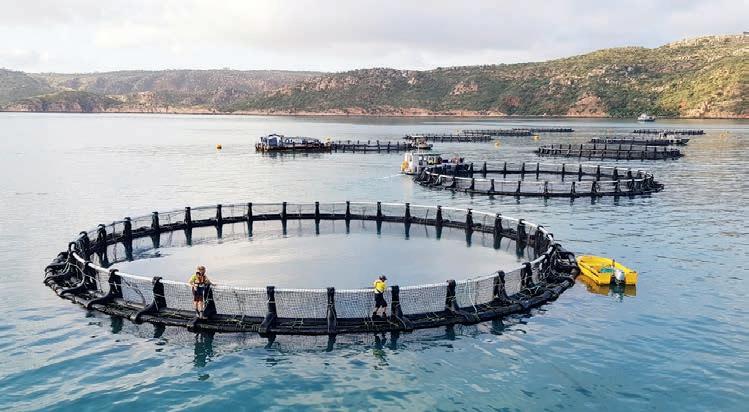
The Cone Bay based company, previously part of the Singapore-based Barramundi Group, entered voluntary administration in May, threatening the jobs of its 50 strong workforce.
Tassal is Australia’s largest vertically integrated seafood growing, processing
and marketing business, employing nearly 2,000 people. It said it was delighted to add barramundi to its growing list of products.
Tassal Managing Director and CEO Mark Ryan said he looked forward to adding Australian ocean-farmed barramundi to the business.
“Tassal has turned around both the salmon and prawn industries in Australia before and has the skills and capabilities to apply the same learnings and intellectual capital to do this for the MPA companies and the wider barramundi industry in Australia,” he said.
“We are excited to bring world-class engineering, technology, innovative equipment, and 36 years’ experience in
“Once operations are consolidated, we will look at growth opportunities. This is a huge win for Northern WA, and a win for local jobs and investment. At Tassal we work in regionalareas across the country and are committed to working closely with traditional owners and the local community,” Ryan said.
Tassal said it believes in sustainably produced food, through responsibly harnessing the nation’s precious water resources and playing its part in ensuring a prosperous, healthy planet for future generations.
In a deal completed in November last year, Tassal is now part of Cooke Inc, one of the largest global aquaculture and seafood family of companies, producing salmon, sea bass, shrimp/prawns, and harvesting several wild fisheries species. The group includes Cooke Aquaculture Scotland.
Tassal-branded barramundi is due to hit the market in November, the start of the Australian summer.

THE giant Japanese trading group Mitsui is investing a further 78.5 billion Yen (£43m) in a major RAS trout farming project.
It means that Mitsui now has a majority 50.4% stake in the trout producer known as FRD Japan.
The new plant will be sited at Futtsu-shi, Chiba, around 25 miles east of Tokyo.
Large Japanese corporations have been investing heavily in seafood in recent years in Europe, including the UK, and in Asia.
The announcement on Monday said: “FRD farms and sells rainbow trout raised in its proprietary land-based Closed Recirculating Aquaculture System (“Closed-RAS”).
“FRD’s strength comes from the combination of its (1) water treatment technology for achieving a high water circulation rate using bacteria without the need to draw natural seawater and (2) aquaculture operations backed by extensive operational experience of Closed-RAS.
It added: “Making the most of this strength, it aims to facilitate development of the land-based aquaculture
industry, which has thus far faced commercial feasibility issues. FRD aspires to develop series of largescale plants, starting with this planned commercial plant, with a focus on Asia, including Japan.”
Since Mitsui’s equity participation in FRD six years ago, it has been supporting FRD’s research and development activities.
FRD’s pilot plants at Saitama-shi, Saitama and Kisarazushi, in Chiba, have been in operation since 2018. The pilot facilities have farmed more than 20 generations of fish to date, demonstrating stable production of rainbow trout by maintaining what the company calls “ideal water quality for fish growth”.
Based on this work, FRD is now constructing a commercial scale plant.
Mitsui says that against a background of a growing global population and rising living standards, the demand for marine products was increasing year by year which meant the importance of aquaculture was increasing.
Liberal Party since 2015.
It is too early to tell if she will follow Joyce Murray’s policy of ending open pen farming in British Columbia. Murray had been at odds with much of Canada’s aquaculture industry. Her appointment has been welcomed by the BC Salmon Farmers Association.

Trudeau axed seven senior ministers and several more junior ministers in a dramatic attempt to regain flagging popularity.
The BC Salmon Farmers Association said it looked forward to discussing the importance of the salmon farming sector with the new minister.
Minister Lebouthillier, along with our members and the First Nations whose territories we operate in, to learn more about the sector and the role of salmon farming in supporting poverty reduction, economic growth and sustainable food production in BC.”
Farm-raised salmon is BC’s largest aquaculture export and, before 2020, created over CA $1.6 billion in economic activity annually for the province.
JOYCE Murray, Canada’s controversial Minister of Fisheries and Oceans, has lost her job in a major reshuffle by Prime Minister Justin Trudeau.
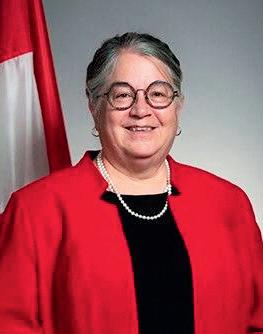
Murray had announced, prior to the reshuffle, that she would not be seeking re-election.



She is replaced by Diane Lebouthillier, who has been an MP with the governing


“We understand Minister Lebouthillier is from a fishing community,” said Brian Kingzett, the association’s executive director.
“We appreciate the appointment of a Minister that understands the opportunities and challenges of resource-based communities, especially in relation to the federal salmon farming Transition Plan.”
He added: “We are ready to meet with
The salmon farming sector says it supports the federal government’s visions and goals by providing thousands of jobs and rural economic opportunities which support healthy and thriving communities, families and poverty reduction.
They are also committed to meeting the challenge of continued innovation through ongoing transition of the sector to achieve higher standards of environmental responsibility while further reducing potential impacts on wild salmon populations.

ECONOMIC and climate factors are set to make the second half of this year “the most challenging” period for global aquaculture since the peak of the pandemic in 2020, according to analysts at Dutch financial giant Rabobank.
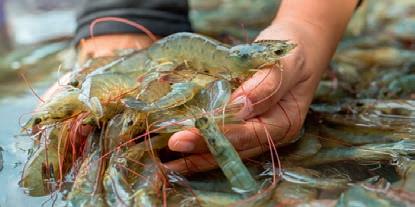
Rabobank’s latest report, Global Aquaculture Update 2H 2023: Between a Rock and a Hard Place, warns that worldwide demand for
seafood is softening, while feed costs are expected to stay high.
The report says that salmon prices have largely corrected to more normal levels but remain high compared to historical levels. The slump in shrimp demand may even get worse in 2H 2023 as Chinese demand softens. And due to high fish meal and fish oil prices, aqua feed prices will not experience the correction that had been expected given lower soymeal prices. El Niño, a cyclical ocean current along the Pacific coast of South America that affects weather worldwide, has created conditions leading to the cancellation of the first fishing season in Peru. This, Rabobank says, is creating an acute fish meal and fish oil shortage Aquafeed prices will be supported due to
this scarcity of fish meal and oil, the report concludes.
On the demand side, Rabobank says, soft demand driven by inflation in the US and Europe is continuing, with salmon appearing relatively better placed than shrimp. Chinese demand is not recovering from the pandemic as fast as expected, resulting in low protein prices and high inventories. Fish meal and fish oil demand seem robust for now, but high prices will force rationing and substitution for many producers.
On the supply side, Rabobank expects that salmon supply will return to growth after nearly two years of contraction in Q3. The Asian shrimp industry, meanwhile, is facing a challenging period of record low prices due to oversupply caused by Ecuadorian growth.
US land-based salmon farmer AquaBounty Technologies saw second quarter revenue fall by more than a quarter year on year, despite increasing its output.
The company has reported revenue of $788,000 (£616,000) for Q2 2023, compared with $1.1m (£860,000) for the same period last year. Net loss in the second quarter of 2023 was $6.5m (£4.7m) million, as compared to $5.5m (£4.3m) in the second quarter of 2022.
Cash and cash equivalents and restricted cash have also fallen, with $43.8m (£34.2m) recorded as of June 30, 2023, compared to $102.6m (£80.2m) as of December 31, 2022.
AquaBounty aims to be the first business to produce genetically-modified ( M) salmon at scale. Its AquAdvantage salmon combine Atlantic salmon with elements of other salmon species.
The company has blamed falling salmon prices for the fall in revenue, but its losses are also down to delays in the construction of its
planned major site in Ohio.
Sylvia Wulf, Board Chair and Chief xecutive fficer of AquaBounty, said: “Our second quarter results were impacted by a significant decline in market prices for Atlantic salmon, despite the fact that our Indiana farm had its highest quarterly output to date.



“ he demand for our fish continues to exceed our supply and we continue to identify opportunities to increase our production to meet this demand.”
She added: “We announced in early June that the company was pausing the construction of our farm in Pioneer, Ohio due to a substantial increase in its estimated cost of completion. The company is currently evaluating both the cost estimate and our options for moving forward, including alternative financing solutions
FISHERIES and aquaculture giant Thai Union has produced its Sustainability Report for 2022, examining the progress achieved during the year while also detailing new ambitious goals under SeaChange 2030, the Company’s refreshed sustainability strategy. The report provides an in-depth look at how Thai Union, one of the world’s leading seafood producers and one of the largest producers of shelf-stable tuna products, continued to drive positive change across its own operations and the global seafood industry during 2022.
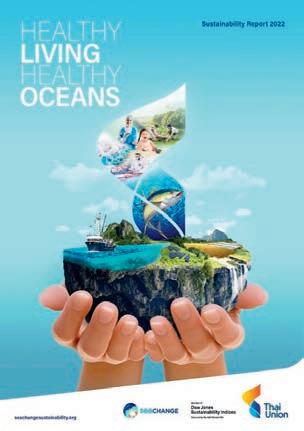
During 2022,Thai Union delivered several significant achievements, the report says, including:
• Beginning the full implementation of the Employer
Pays Principle to ensure that no worker pays for a job.
• Submitted short-term and long-term climate change targets to the Science Based Targets Initiative.
• Entered a partnership with Sustainable Fisheries Partnership to improve transparency across Thai Union’s supply chains.
• onducted the first at-sea audit to assess working conditions and crew welfare on longline vessels.
• ublished the company’s first Task Force on Climate-related Financial Disclosures (TCFD) report.

• Reduced greenhouse gases for Scope 1 & 2 by 7 percent in absolute terms in 2022 compared to 2021.
• Increased the percentage of tuna

to bring the project to completion. We previously announced our entry into a contractual commitment with a new construction firm who is assisting us in evaluating construction costs and who would lead construction of the facility going forward.”
Wulf also said that progress continues on the expansion of AquaBounty’s broodstock and egg production facility on Prince Edward Island; and that the company continues “to explore new business development opportunities which leverage our core strengths, and which could be applied to new species, including conventional salmon and other finfish, and new geographical territories worldwide”.
purchased from vessels equipped with electronic monitoring and/or human observers from 71% in 2021 to 79%.
“Thai Union is a company with great ambition, and our global sustainability strategy is an integral part of our goal to become the world’s most trusted seafood leader,” said Thiraphong Chansiri, CEO of Thai Union Group. He added: “To achieve that goal, we must continue to be an industry leader, and this report demonstrates how Thai Union has continued to develop and implement initiatives and programs that deliver the positive change that will help transform the seafood industry. We recognize that there continue to be enormous challenges, but we
have the ambition to tackle them, as evidenced by our new SeaChange 2030 strategy,”

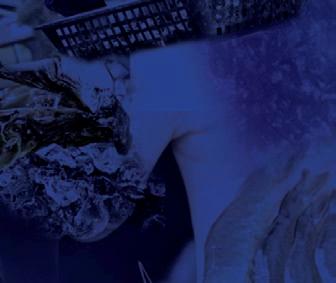

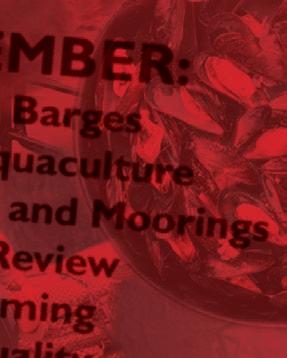


THE largest fish transport shipever built in Chile, the world’s second largest salmon farming country, has set sail for the first time.
The atagon 1 is also the largest fish carrier in both North and Latin America.




Manufactured by the ASENA national shipyard in aldivia, it measures 7 . 0 metres longoverall, a width of 17.20 metres, and reaches up to 26.6 metres in height. The management of the operation says this was vital so that the ship could pass under a tilting structure of the Caucau bridge on the way out.

Heinz ierce, general manager of ASENA , highlighted the importance of the ship going out into the open sea.
He said: “ ith the atagon

I setting sail, we are giving a concrete signal that this Live Fish Carrier, built entirely in Chile, establishes us as a country as a benchmark and at the forefront of the shipbuilding industry and maritime solutions in general at an international level.
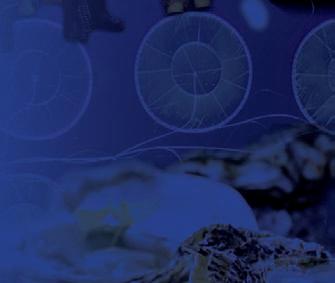
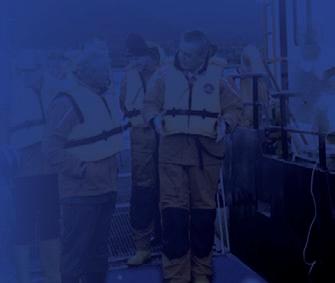

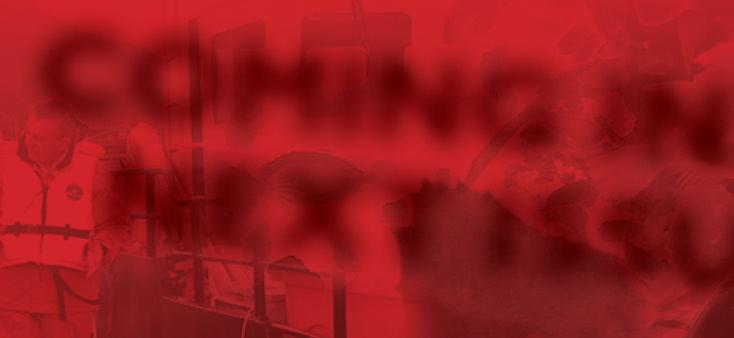


He added: “Undoubtedly, its navigation under the Caucau ridge implies that we can address different challenges, which is why we are proud to promote Chilean engineering and be a contribution as one of the most relevant shipyards on the acific Coast and the Caribbean.”
es s Grand n, head of Ship Inspection of the General


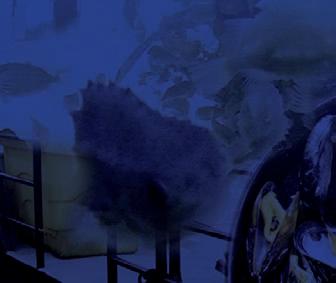
irectorate of the Maritime Territory and Merchant Marine of Chile indicated that although the vessel will operate in national waters, from the city of uerto Montt to the south, “it could transit to another country”.


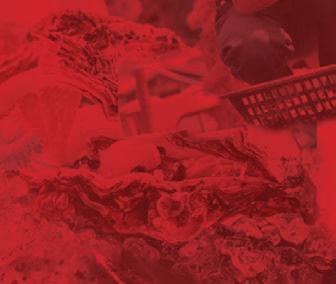

Ricardo Contreras, the ASENA project engineer, highlighted the technical details of the atagon I with its innovative system for loading and unloading live fish, oxygenation of the species, and water treatment systems in the sectors in the ship operational regions.
He said: “This vessel has a large cargo capacity of up to 00 tons of live fish, representing an advantage for the salmon industry, with fewer trips between a farm and harvest centres.
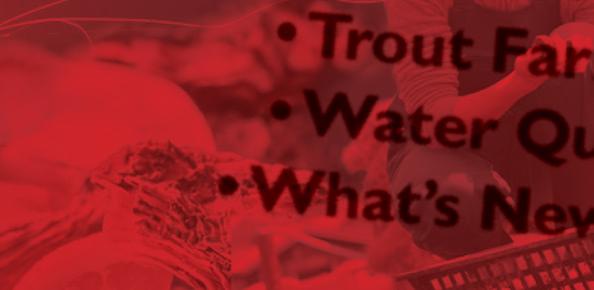

“The atagon I also has a C 2 treatment system and U reactors to eliminate infections that the fish might have when getting into the vessel. In this way, clean water is returned to the sea, making this ship more environmentally friendly.”
Contreras explained that the vessel also has a particular method of “dry” loading and unloading live fish in thatafter collecting the fish from the cages in the sea, it separates them from the water and enters them into a hold-pond that contains seawater in ideal conditions to receive them and keep them in good condition during transport.

FOOD processing machinery and solutions specialist BAADER has acquired a majority stake in EMYDEX Technology. EMYDEX is an international leader in the provision of scalable Manufacturing Execution System (MES) software for the food processing sector.
In a joint statement, the two parties said: “Combining the strengths of both companies will mean enhanced digital capabilities for BAADER and accelerated growth and market reach for EMYDEX.”
EMYDEX was founded in 2004 in Ireland and has since expanded into a global concern, marketing a scalable MES software solution that addresses the challenges of process management in the food industry. Now, its toptier solution is integrated in food processing facilities across Canada, New Zealand, Australia and South Africa.
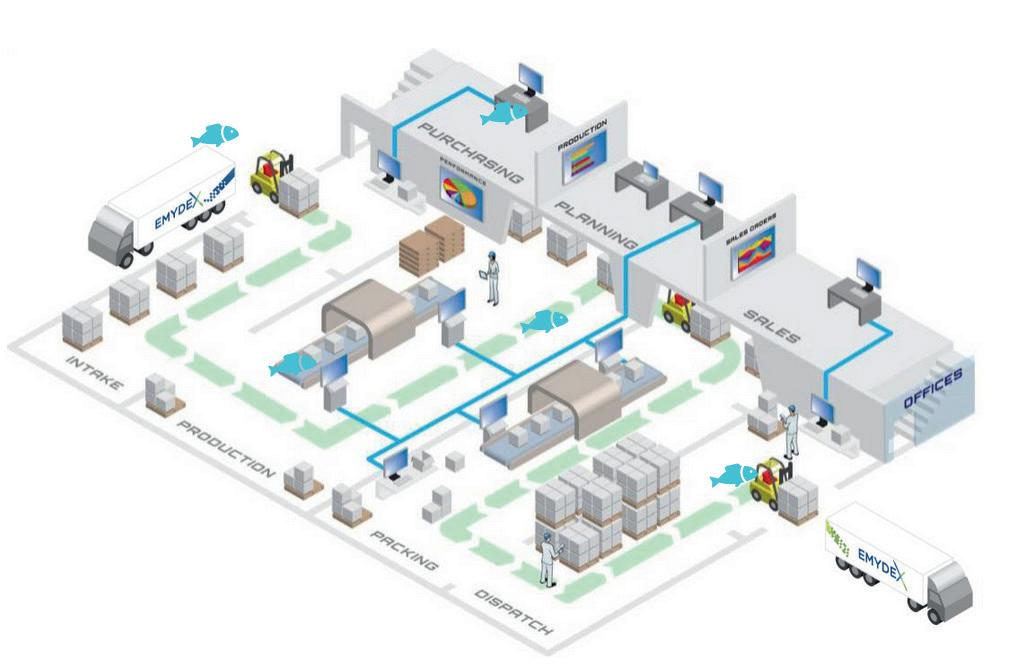
BAADER Global SE, headquartered in Lübeck, Germany, develops innovative and holistic solutions for food processing at all stages. With 30 subsidiaries in Europe, the USA, China, South America, Africa and Asia, BAADER employs 1,600 people in more than 100 countries.
David McMahon and James Grennan of EMYDEX, CEO and CTO respectively, will continue as shareholders and will retain their executive roles.
Petra Baader, CEO of BAADER Global SE, says: “This significant step promises to enhance our portfolio offerings. As a crucial strategic pillar for the BAADER Group, digitalisation will be significantly strengthened through this acquisition, promising increased value for our customers in the future. The impressive track record of EMYDEX and its reputation within the food industry make it an ideal fit for BAADER.”

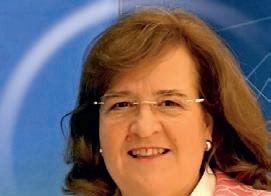
McMahon says: “As demand for EMYDEX’s solutions continued to grow – particularly from large-scale global customers with multiple plants – we
knew we needed to fund the growth opportunity. BAADER, with its similar culture and ethos, as well as the access it provides to new markets, was the ideal partner to help bring EMYDEX on the next stage of its journey. We’re very excited to work with the BAADER team to realise our collective plans for growth and innovation over the coming years.”
SALMON and salmon-based products have made a strong showing in the shortlist for the Scotland Food & Drink Excellence Awards 2023.
St James Smokehouse’s smoked salmon pure royal fillet, Belhaven Smokehouse’s Belhaven cured cold smoked salmon and Bakkafrost Scotland’s native Hebridean
Scottish salmon are all in the running in the Fish & Seafood Products Category.
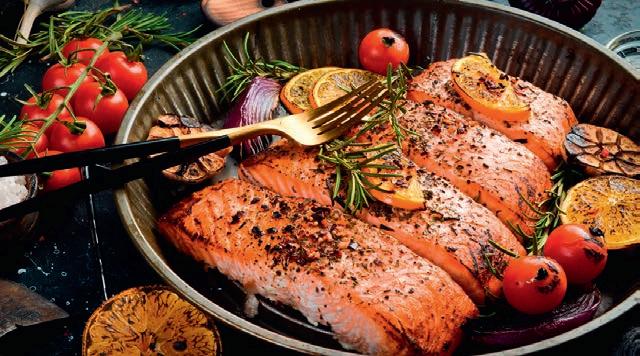
They’ll be up against Campbells Prime Meat (Orkney hand-dived scallops) and the WeeCOOK Fishwife Pie.
Belhaven Smokehouse’s charcoal smoked salmon and Salar Smokehouse’s flaky smoked salmon are also shortlisted for Artisan Product of the Year. The judging panel is made up of decisionmaking buyers, influencers and chefs from across the food and drink sector.
The winners in all categories will be announced at a gala dinner at the Edinburgh International Conference Centre on Thursday 7 September, hosted by Fred Sirieix, star of Channel 4’s First Dates reality TV series.
To see the complete shortlist for the 2023 awards, visit excellenceawards.foodanddrink. scot/2023-shortlist
“ We knew we needed to fund the growth opportunity ”Below: EMYDEX technology Bottom: Petra Baader Left: Smoked salmon dish
NORWEGIAN exporter Coast Seafood has reported a 14% increase in its turnover to NOK 6.4bn (£475m) for last year.
In January this year, it bought the Danish company Vega Salmon for an undisclosed sum and it is reported that part or all of Vega’s performance has been included in the accounts.
Vega Salmon produces around 25,000 tonnes of salmon a year and has an annual turnover equivalent to around £150m. The company sells fresh and frozen salmon, cold and hot smoked, and marinated salmon as well as value-added products and salmon off-cuts.
At the time of the acquisition, Coast Seafood CEO Sverre Søraa said: “With Vega as part of the Coast family, we will be well positioned to increase sales of processed salmon to the global market.”

With locations in at least three Norwegian centres, Coast exports fish to more than 400 mainly small and medium customers, and 80 different markets around the world. These include around 50 fish farmers. Its products include a wide variety of fish including salmon, trout, cod, haddock and pelagic species such as mackerel.
Operational profit or EBIT increased by almost 23% to NOK 111.8m (£8.6m). The operating margin was also higher.
Søraa also said the higher sales were making the company more cost effective, adding that the industry was changing, which will eventually lead to further acquisitions.
interaction between small- and medium-sized businesses would become even more necessary, and Coast would continue to contribute with creative and innovative marketing for these businesses, Coast’s statement added.
pumping system, a bespoke modification meaning there’s a seamless transition from water to ice, resulting in safer and more humane processing of fish, safer staff and greater efficiency across the harvest.
Ace Aquatec’s stunner technology was installed with the help of Australian distributor Fresh by Design.
in so many respects. We want to lead the way in fish welfare in a commercial setting and this has helped us to be at the forefront of highwelfare production of this iconic Australian fish.”
AN Australian Murray cod farmer has transformed its slaughter process with a humane stunner from technology business Ace Aquatec.
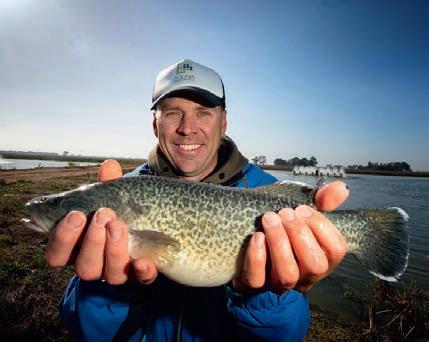
Aquna Sustainable Murray Cod, based in New South Wales, installed a trailer-mounted in-water stunner in a bid to reduce fish stress.
Despite its name, Murray cod (Maccullochella peelii) is a freshwater, river-dwelling fish and no relation of the Atlantic cod. Aquna Sustainable Murray Cod supplies premium, pond-grown fish, which has increased in popularity in recent years, situated in a remote and challenging landscape.
Aquna was looking for a solution that enabled them to harvest these unique fish in a more efficient and ethical manner, and opted for Ace Aquatec’s in-water stunning technology.
The in-water nature of Ace Aquatec’s humane stunner solution no longer requires Aquna to use percussion stunning techniques, which can be stressful for fish and the staff who handle them. The bespoke solution also means that live fish are no longer transported over long distances, which was stressful to fish and required the use of large vehicles. The trailermounted stunner is integrated to Aquna’s
Mat Ryan, Managing Director of Aquna Sustainable Murray Cod, said: “Our sites are spread across 200km so the tailored solution offered by Ace Aquatec has allowed us to integrate with a mobile trailer to harvest on site at a time that works for us, which has made a huge difference to us in terms of welfare and fish quality, not to mention the vast reduction in on-road transport and consequent environmental impact.
“Aquna Sustainable Murray Cod has big growth plans, but only if this is done in a high-welfare, high-quality way, which the installation of the stunner allows us to do
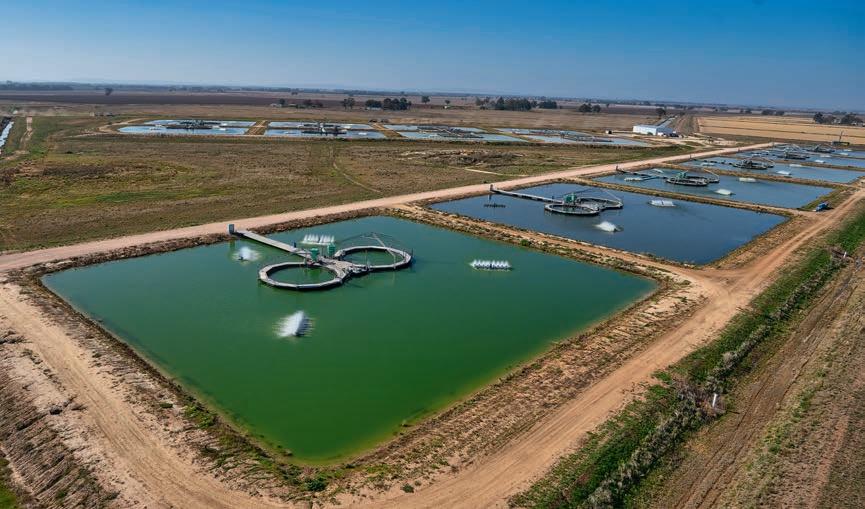
Aquna said that the introduction of the new stunner had also made production more efficient. The company aims to scale up to producing 10,000 tonnes annually by 2030. It has already produced 4,000 to 5,000 tonnes this year.
Tara McGregor-Woodhams, CSMO of Ace Aquatec, said: “Mat and the team at Aquna Sustainable Murray Cod have shown strong leadership in the way Australian fisheries approach high-welfare fish production, enhancing their quality and welfare-first promise to their customers.”
Above left: Mat Ryan
Below: The Aquna farm
The
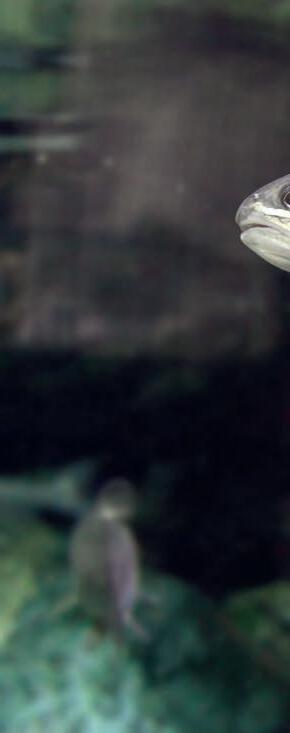 By Dr Martin Jaffa
By Dr Martin Jaffa
Now that the Scottish Government has abandoned its current attempt to impose HPMAs (highly protected marine areas), or at least has gone away to reconsider a more appropriate policy, perhaps other planned measures should be given similar consideration.
The obvious choice is the proposed sea lice risk framework which the Scottish Government has decided is the best option for the regulation of the salmon farming industry whilst protecting wild salmon and sea trout along Scotland’s west coast. However, as with HPMAs what the Scottish Government thinks and the reality are two very different things. The Scottish Government policy has been formed following many years of whingeing and whining by salmon anglers who have mistakenly blamed the decline of wild salmon stocks on the arrival of salmon farming. Their unfounded claims are based on some limited circumstantial evidence, supported by some very selective theoretical science.
This month, news has come out of Norway that in 2016, some salmon farming companies decided to investigate how much was known about the impact of sea lice on wild salmon. They found that whilst there was extensive theoretical scientific knowledge, actual evidence of impacts was thin on the ground. They therefore decided to invest in their own research programme of 11 wild fish stocks in 11 rivers, the initial results of which are now starting to emerge. Not surprisingly, the evidence suggests that the reality is a far cry from the theoretical predictions.


Meanwhile in Scotland, Marine Scotland Science, the scientific advisors to the Scottish Government have been renamed as part of a wider shake up. They are now named Science, Evidence, Data and Digital which hopefully means a change in emphasis from just science to science and evidence.
In Scotland, the evidence against salmon farming is very much in short supply. Instead, the Scottish Government case against salmon farmers is based on a single statement that the body of scientific information indicates that there is a risk that sea lice from salmon farms negatively impact stocks of wild fish on the west coast of Scotland.
This claim is backed up by observational data which, it might be suggested, counts as evidence. It primarily consists of two scientific papers that look at evidence of catch data. However, when the data from these papers is looked at in depth, neither actually support the claim. In fact, the document even says that the authors of one paper stressed that the changes they observed did not prove a causative link with aquaculture. This begs the question why this paper is even included as “evidence”.
The real problem is that in saying that the scientific information indicates that there is a risk, Scottish Government scientists have avoided actually qualifying how much of a risk there is. Their only attempt at an estimate of the risk has been made in what is effectively an internal document. It is the guide to how to complete the wild salmon pressures tool, which was distributed to river managers. This states: “There has been a significant body of work developed in Norway and Ireland which suggest that,
”The evidence against salmon
is very much in short supply
Above: How much of a threat do farms pose to wild salmon?

Opposite: An MSP signs the pe��on against HPMAs
on average, sea lice arising from aquaculture have a 20% impact on wild salmonid fish (range 0-40%).”

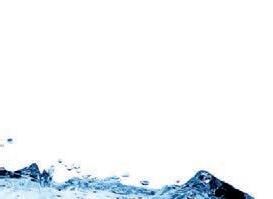
Some of this significant body of work is experimental whilst others just apply different statistical techniques to the same experimental data. Not unsurprisingly, the experimental data is at the lower end of the range whilst those that play around with the statistics are at the higher end. The main experimental data indicates a 1% mortality whilst the statistical work suggests a 39% mortality. The difference is based on whether the mortality is assessed as a percentage of the fish released in the experiment or as a percentage of those that returned. As the experiments intended to show the mortality of sea lice on migrating smolts, it must be the first.
The Irish Marine Institute who undertook the experimental work were highly critical of those researchers who tried to undermine their work by manipulating their data in support of the wild fish lobby, who still blame salmon farming for the decline of wild fish.
Based on experimental data, the risk to migrating wild fish is around 1-2%, which is why the risk framework should, like the HPMA policy, be consigned to the bin.
However, it is not just experimental data that shows the risk to wild fish from sea lice is extremely small. I have previously written
about the parasite ecology that shows the distribution of lice is such that the majority of fish in a population are lice-free.
I have also written about how the evidence from many Scottish rivers shows that the decline of wild fish is not linked to the appearance of salmon farms. The Scottish Government has been collecting this data since 1952, but seemingly has never analysed the relationship between catches and the arrival of salmon farms. Finally, it is also worth remembering that SEPA, the Scottish Environment Protection Agency, themselves told the Scottish Parliament’s Rural Economy and Connectivity Committee that sea lice from salmon farming are not responsible for the decline of wild fish stocks.
As with HPMAs, the Scottish Government should pause its sea lice policy until its validity has been properly established.

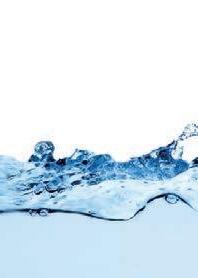
See Sea Lice feature, starting page 26.
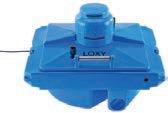






Salmon lice (L.salmonis) in the Pacific are beginning to develop resistance to one of the most widely used anti-lice chemical treatments, a study in Canada indicates. Resistance to emamectin benzoate has been long noted among sea lice in the Atlantic but less so in the Pacific, where there’s still a large wild salmon population. A research team led by Sean C Godwin at Canada’s Dalhousie University has found, however, that sensitivity to emamectin treatment is declining in the Broughton Archipelago region on Canada’s west coast. Their paper, SalmonliceinthePacificOceanshowevidenceofevolved resistancetoparasiticidetreatment, was published in Nature in March last year.
Scientists at the University of British Columbia have found more than 30 previously unknown RNA viruses that are specific to sea lice. The count was based on data from three key species of sea lice (L.salmonis,Caligus clemensiand Caligusrogercresseyi). The viruses included some that had crossed over, at some point in the past, from other species, including parasitic tapeworms and even plants and fungi. The researchers have speculated that the prevalence of viruses infecting sea lice may help to provide a natural balance when sea lice populations expand rapidly, helping to restrict their growth. The paper DivergentRNAvirusesinfecting sealicewas published in PLoSPathogensin June 2023.

Dates and a venue have been confirmed for the International Sea Lice Conference 2024. The conference will take place in Glasgow from 10 to 12 September next year at the University of Strathclyde’s Technology and Innovation Centre, the Sustainable Aquaculture Innovation Centre (SAIC) has announced. The event will be the 14th in a series that began in Paris back in 1992. Last time, in 2022, it was hosted by Faroes research body Fiskaaling. For the Glasgow conference next year, a programme of site visits will also be on offer for the days immediately before and after the event itself.
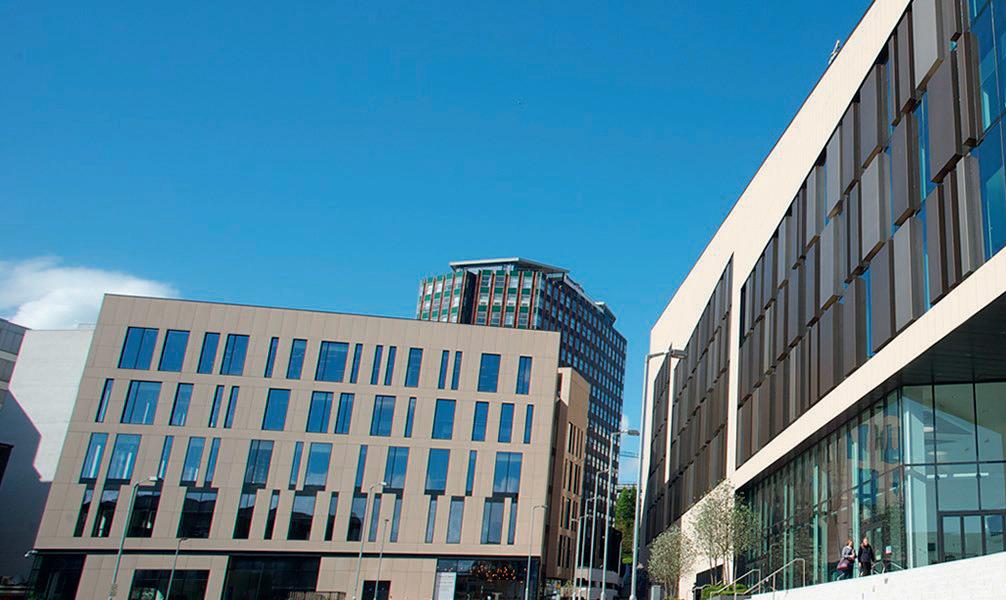
Parasitic sea lice are an intrinsic part of the marine ecosystem, but they present a particular problem for fish farming. Where large numbers of fish are gathered in pens at sea – larger than local food sources would normally allow – then equally, parasite populations can also grow in larger numbers than would be found in nature.
For Atlantic salmon farming, the salmon louse L.salmonis is public enemy number one. This sea louse not only presents a problem for farmers (and their stock) but is also a threat to wild salmonids, especially when young smolts make their way to the sea from freshwater for the first time.
To what degree fish farms can be blamed for sea lice infestations affecting wild fish is a topic for fierce debate, but there’s no doubting the pressure on regulators to ensure that they’re seen to minimise the risk to the wild salmonid population.

It came as no surprise, then, that in December 2021 the Scottish Environment Protection Agency (SEPA) announced a plan to impose Wild Salmonid Protection Zones (WSPZ) in the waters around Scotland, based on the areas in which migrating wild smolts were seen to be at most risk.
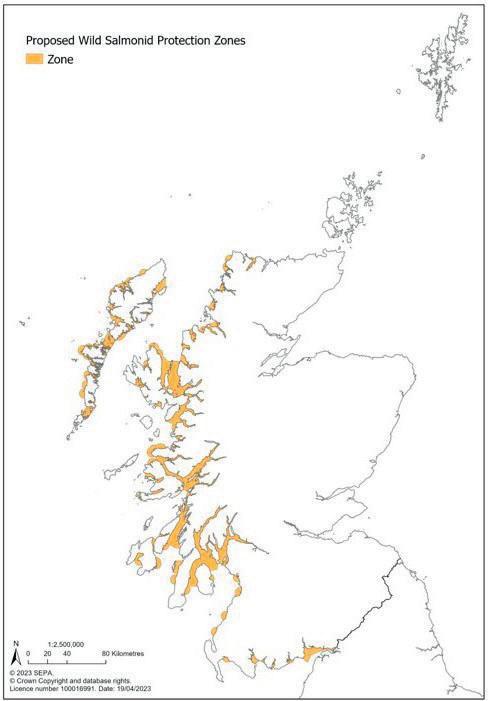
SEPA stated at the time: “The proposals… will focus initially on implementing the proposed framework to protect wild salmon populations against harmful increases in sea lice concentrations.
Above: Proposed Wild Salmonid Protec�on Zones (SEPA)
Left: Sea lice on slamon

SEPA will do this by assessing the risk to wild salmon when determining applications for proposed new farms and for proposed increases in the number of fish farmed at existing farms.”
In May this year, SEPA put more flesh on the bones of its WSPZ proposals, setting out a map of areas the zones would cover, explaining the risk-based nature of its proposed regulations and the timetable for their introduction.
The zones will cover:
• all sea lochs into which salmon rivers drain;
• sounds through which salmon populations are likely to migrate;
• sea areas within 5km of rivers designated for the protection of freshwater pearl mussels (these molluscs rely on salmon and trout for part of their own life cycle); and
• any sea areas within 5km of salmon river mouths.
These criteria mean much of the west coast and Western Isles will be covered by
We’re not anticipating requiring any reduction in biomass at any farms
WSPZ, but so far no zones have been proposed for Orkney or Shetland.

Beyond 2023, all applications for new farms and increases in the biomass held at existing farms will be risk assessed under the new framework. Also, during 2024, SEPA will start adding sea lice control conditions to existing fish farms within WSPZ, with the aim of avoiding any increase in sea lice numbers during smolt migration periods.
Permits for any new farms, SEPA says, are unlikely to be granted if they’re deemed likely to lead to exposure thresholds for wild salmonids being exceeded.

If this sounds like a concern for existing farm operations, Peter Pollard, Head of Ecology at SEPA, stresses: “Even where the capacity for further sea lice is limited in a protection zone, our assessment shows that conventional open net pen farms can still go ahead if they choose the right location within those zones or if they are operating to a 12-month production cycle.”
The last point implies that the large smolt policy increasingly being adopted by salmon farmers in Scotland, where the fish spend less time at sea, could help farmers wanting to operate in WSPZ.

Pollard also suggests that using semi-closed containment designs that minimise the transfer of sea lice between the sea and the farm could also allow farmers to operate almost anywhere.
Farmers operating a site within a WSPZ will have two options to deal with a sea lice problem: reducing the average sea lice per fish ratio, for example by treatment; or simply reducing the number of fish, for example through an early harvest.

The default limit is set at two adult female lice per fish, but where SEPA assesses there’s considerable risk to migrating wild fish, the limit will be 0.2 females per fish. This is equivalent to the limit applied in Norway during the salmon migration period.

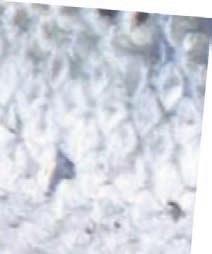
Pollard says that SEPA’s modelling so far suggests that, in eight protection zones where sea lice may be at high levels, only 21
out of the 164 farm sites in the model contribute significantly to sea lice levels. Even for these sites, SEPA argues, if the on-farm maximum sea lice levels now required in Norway were achieved, that would make for a sufficient reduction in infestation pressure.


Pollard stresses: “That means that we’re not anticipating requiring any reduction in biomass at any farms to protect salmon at this stage.”



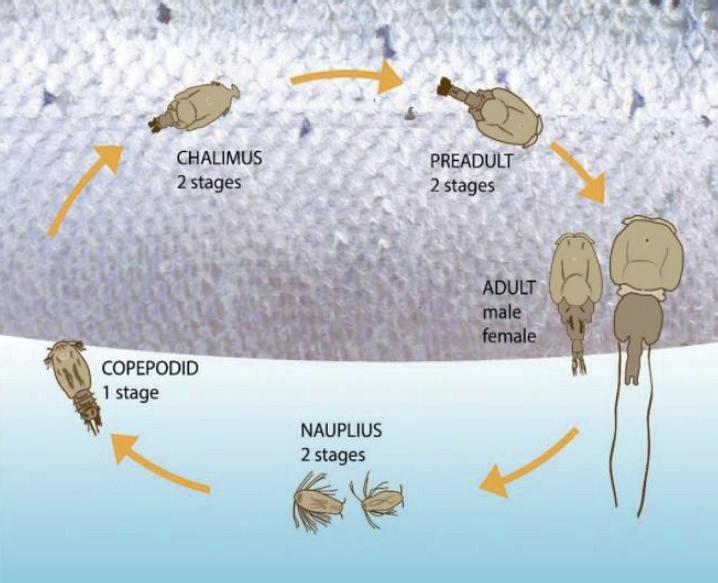





Sea lice are living parasites and they don’t behave that wayAbove: Salmon louse life cycle Below left: The SEPA document Below right: Salmon farm Opposite: Wild salmon smolts
Whether all this makes sense depends, of course, on the validity of SEPA’s modelling, on which its risk assessments are based.
The WSPZ approach, while superficially similar to Norway’s traffic light system of red, amber and green zones, is actually quite different. The separate zones are much smaller than the areas in the Norwegian system, to allow for specific local conditions.
Permitted capacity at specific sites will be assessed using SEPA’s risk model rather than, as with the Norwegian system, with rules applying to all sites within a given red, amber of green area. For Norwegian farmers, no expansion is permitted within red and amber areas, and it is limited to 6% in green areas.
In contrast, the SEPA system will take account of mitigation measures such as shorter cycles at sea, pen design or positioning a site so that lice concentrations disperse faster out of the WSPZ.
In a SEPA video explaining the modelling system, Marine Modelling Unit Manager Alan Hills describes how SEPA’s existing models covering the likely dispersion of chemical treatments and solid waste dispersion from farms – developed with the Marine Directorate of the Scottish Government – have been applied to sea lice.
The new approach is based on a 3D model with 10 layers, taking account of winds, tides and freshwater flow. The SEPA team:
• calculated how waters move over a period of two and half months of model time;
• released “virtual particles” – standing in for sea lice – into the calculated flow and tracked where they would be expected to go; and
• analysed the particle tracks to arrive at expected lice concentrations.



SEPA then traced the likely pathway of a migrating fish to assess the concentration of sea lice through which it would be swimming and how long it would be exposed. Risk is therefore based on (a) lice concentrations and (b) the travel time of a wild smolt swimming through them.
Some argue, however, that while the mathematics of the model may be sound, it’s not based on empirical evidence.
Dr Martin Jaffa, a salmon expert and columnist with this magazine, says: “SEPA’s model is fantastic, but my argument is that this is not about a particle of pollution. Sea lice are living parasites and they don’t behave that way. They don’t leave things to chance!
“In the wild, they move from fish to fish. Nobody has found these ‘plumes’ of sea lice.”
Dr Jaffa agrees that it’s important to control sea lice numbers in farms, but he’s sceptical as to whether the concentrations modelled by SEPA would be observable in the real world.
SEPA’s response is: “Our screening model is intended to identify where there is likely to be a problem. In these situations, we expect detailed models to be produced, which will take into account lice migration and be validated against monitoring data.”
The organisation also adds that real-world monitoring will be used to test the model’s predictions: “Work is underway with partners to deliver this monitoring. Focus will initially be on sentinel cages and the health of juvenile salmonid populations in rivers.”
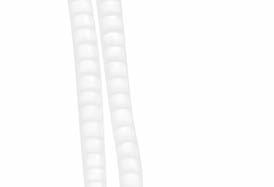
Throughout this summer, SEPA has been running a series of workshops with stakeholders. The organisation has expressed confidence that the salmon farming sector will step up and show an innovative approach to ensure that it can operate successfully within the new parameters.
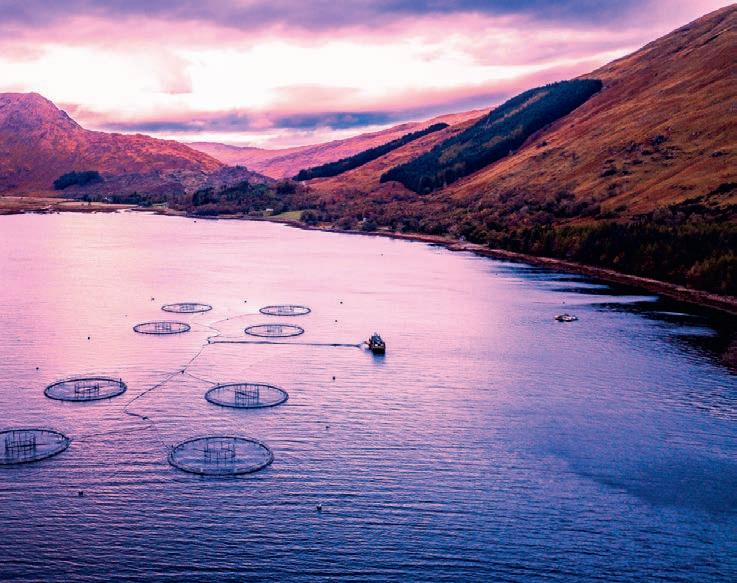
SEPA also believes, however, that there are sufficient enforcement powers to enable it to take action when the industry falls short, involving: “… a number of enforcement options including final warning letters, statutory notices, licence suspensions, enforcement undertakings, fixed and variable monetary penalties and reports to the Crown Office and Procurator Fiscal Service.”









Summing up, SEPA says: “SEPA’s new responsibilities on managing the risk to wild salmon and sea trout from sea lice offer an opportunity for a fresh, proportionate and evidencebased approach to work together on this challenge.
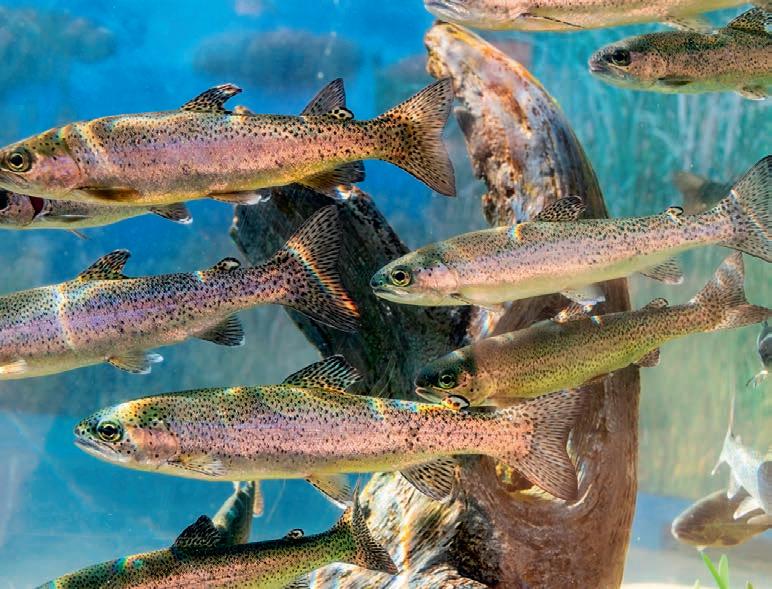
“Our modelling of wild salmon protection zones, built on international best practice, uses cutting-edge science to triage risk and specifically builds in opportunities for additional modelling, monitoring, engagement and adaption. It does not lock in or out development in any area.
“We’re committed to hearing directly from all those who share an interest in the framework and the future of wild Atlantic salmon. We’ve worked hard to date to listen to a broad and often diverse range of views and a second consultation is currently underway to gather more input on the future regulatory landscape.”
The deadline for comments on the current consultation is 15 September and details can be found online at consultation.sepa.org.uk/regulatory-services/detailed-proposalsfor-protecting-wild-salmon

We are ambitious for the future of Scottish aquaculture.”
The opening remarks from Rural Affairs Secretary Mairi Gougeon in the Scottish Government’s new “Vision for Sustainable Aquaculture” are a welcome start.
We’re fortunate that most politicians continue to recognise the contribution of our sector and remain firmly on our side. This isn’t simply a given – it requires a lot of engagement and information-sharing to combat the disinformation spread by a minority of activists and opponents.
We contributed to the government’s vision and it’s encouraging to see the huge benefits of salmon farming in the final document.
As the introduction states: “Aquaculture has a crucial role to play in contributing to our food security and meeting our commitment to becoming a Good Food Nation, producing healthy, nutritious food, with a greenhouse gas emissions profile that is lower than many other farmed sources of animal protein, for people in Scotland and around the world”.
Salmon farming is about much more than jobs, but the vision also recognises our economic contribution, with farms directly employing 2,500 people and supporting more than 3,600 suppliers, with a further 10,000 jobs dependent on the sector.
We should never tire of reminding people that, as well as being the UK’s largest food export, Scottish salmon generates £760m for the local economy every year and makes up 9.4% of the entire marine economy, ahead of fisheries at 7.3%.
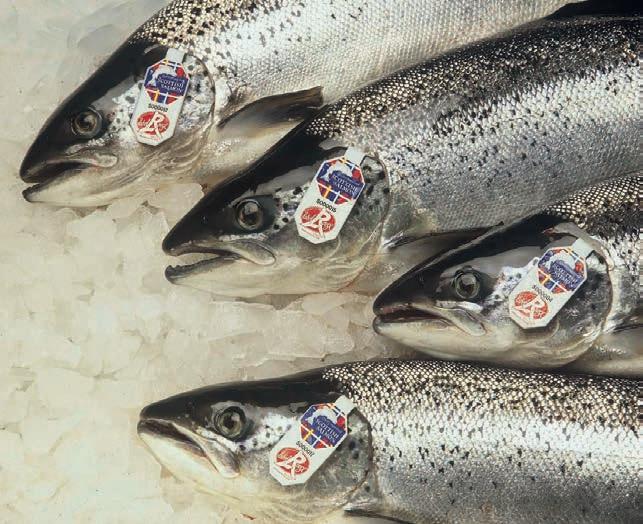

So this vision rightly puts salmon farming at the heart of the country’s economic growth plans, helping Scotland’s journey to net zero and supporting healthy diets.
I’m a strong proponent of the blue economy, which has the potential to both increase food security at home and feed the growing global population.
Scotland is uniquely placed to lead the way in this drive for the sustainable use of the oceans and seas, while conserving our shared environment for future generations.
Like all sectors, we face challenges from issues ranging from climate change to Brexit to rampant inflation. It’s only by working with government that we can continue to grow a low-carbon, nutritious food that sustains thousands of jobs and ensures rural communities can thrive.
Of course, the government’s new vision isn’t a perfect document.
We believe it could have gone further to really map out the scale of ambition and opportunity to secure our place at the top of global aquaculture, with more detailed targets on what the nation wants to achieve and how to deliver it.
This vision rightly puts salmon farming at the heart of the country’s economic growth plans
Our own vision is for an aquaculture sector that grows, develops and thrives, led by science and evidence.Our sector can provide significant economic benefit, not just in the areas where we farm, but for the whole of Scotland through the supply chain and the income we generate.
We must be a good neighbour to other marine users and an excellent steward of the environment, respecting the biodiversity in our seas and lands, and operating in the most sustainable and responsible way.
This can be achieved while ensuring we’re globally competitive, because we need to retain and build on our existing international market share.
We must continue to innovate, investing in research and development to remain at the cutting edge of responsible aquaculture.
It’s difficult to predict what aquaculture will look like in the decades to come. There will certainly be more technology involved, however, with the rise of AI and automation.
We may see some semi-closed or closed containment, but the majority of fish will still be grown in the Scottish waters, which gives us that edge over other countries.
We’ll have to address the climate change challenge, though. Low rainfall leading to drought and rising seawater temperatures warming our oceans are affecting all food production across the globe.
The Scottish salmon sector is resilient to climate change, but we aren’t complacent and we recognise the need to do more now to ensure security of supply in future decades.
Salmon has one of the lowest carbon footprints of any farmraised animal, so our sector is crucial to reduce emissions and help the climate.
Warmer waters promote natural growth, so with careful management, combined with strategies (post-smolt/robust smolt, which reduce the time salmon spend at sea), salmon farmers are working to reduce the marine phase to a one-summer season.

This means salmon will have less exposure to the natural challenges that come with raising salmon in the sea and has the potential to maintain and increase our already high survival rates.
Our sector will also need continued support from government in the years ahead. That means no policies that hold back sustainable growth, such as highly protected marine areas, which have been shelved for now.
It means a pro-business attitude in government and reform so that we can better support the coastal communities where we operate.
As we’ve repeatedly highlighted, the licensing programme for salmon farms is lengthy and there are several regulatory bodies involved in the process.
If the system is more streamlined, as recommended by Professor Russel Griggs in his independent review, we can deliver the responsible and sustainable growth needed to continue creating vital jobs in the Highlands and Islands, generating millions for Scotland’s economy.
We also remain determined to improve housing availability so that we can provide sustainable growth in the areas where we farm.
We are calling for Scottish Government reform to ensure that around £10m is reinvested in rural communities, with a particular focus on housing.
And at the UK level, we want to see a more enlightened approach to the movement of labour into the UK, including a change to key worker definitions, changes to the salary cap level and a broader public signal that the UK is open to people coming here to work.
So while it’s great to have such strong government support for our sector, there’s still a huge amount of work to do to ensure we can deliver the responsible growth that enables investment, creates jobs and secures our share of the global market.
For more, see the news section from page 6
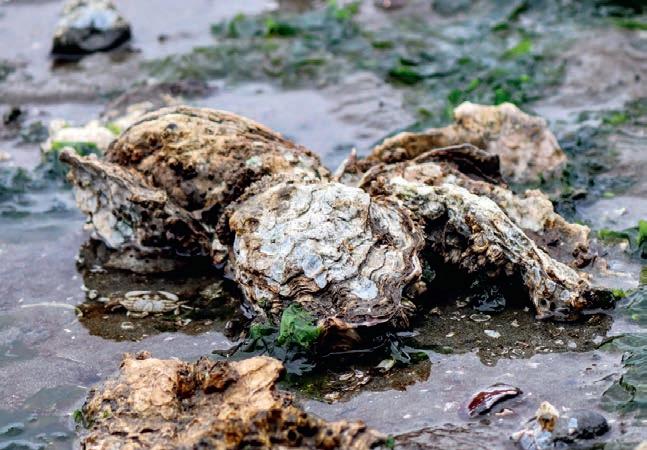
One of the discussion points at the annual Shellfish Association of Great Britain (SAGB) conference, held in June 2023 (see Fish Farmer, July 2023) concerned Pacific oysters.
This month, I look in greater depth at the issue and ask: why are the views of UK oyster growers and regulators so polarised?
At the conference, the UK Fisheries Minister, the Rt Hon Mark Spencer MP, acknowledged that his government isn’t doing enough to support expansion of the Pacific oyster industry. There’s a stalemate with the regulators, who want a ban due to the species’ ability to breed and potentially threaten native habitats. The minister said he recognised both points of view and was keen to break the current impasse.
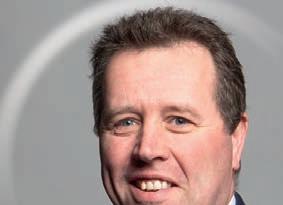
In defence of the industry, Tom Cameron from the University of Essex spoke of his work in the Blackwater Estuary – a remaining stronghold of native oysters – looking at the benefits delivered by both native and non-native shellfish. Low recruitment and poor habitat have meant the native oyster stock has declined over the decades and this fishery is currently closed, with Pacific oysters and crustaceans supporting the fishermen. Left to themselves, the native oysters could take between 16 and 61 years to restore. Intervention to replenish stocks is expensive, but would provide food, employment, improved water quality and carbon sequestration.
Cameron’s studies over the past six years have shown that estuaries naturally carry a mix of native and non-native species
By Nicki Holmyard

and that there’s greater biodiversity if more oysters are present. He also found that non-native oysters provide the same ecosystem functions and services as natives. As a result, he believes that their presence should and could be managed.
Crucially, Cameron pointed out that work by one of his former students suggested that “the horse has fully bolted”. Even if all farming leases were removed today, long-distance dispersal alone would supply enough Pacific oysters to meet England’s needs.



During a parliamentary debate in March on shellfish aquaculture, Anthony Mangnall MP highlighted the lack of clarity around the status of the Pacific oysters and called on the Department for Environment Food and Rural Affairs (or Defra) to recognise that this species has become naturalised to the UK environment.


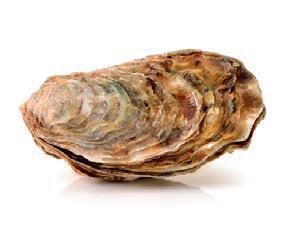
“If we were not farming them, those Pacific oysters would continue to exist in our waterways. Why not take advantage of what we have?” he asked.
However, Defra has drawn a red line across the country, with existing Pacific oyster farms south of the 52nd parallel allowed to continue, but those above it restricted.
This decision adversely affects Lindisfarne Oysters, for example, leaving business owner Christopher Sutherland seriously concerned about his future.
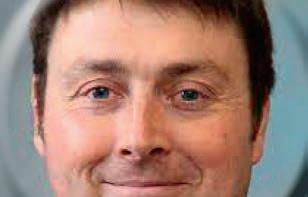
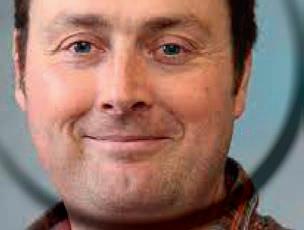
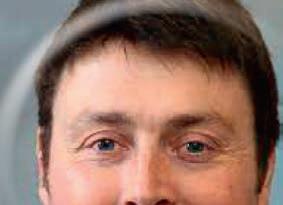
“The knock-on impact of Defra’s decision is that shoreline owners stop supporting the sector,” Mangnall said, adding that “the Duchy of Cornwall has decided to phase out all Pacific oyster farms over the next two to three years… that decision alone will close three to four businesses in my constituency and impact hundreds more across the country. It will also provide

an example for other shoreline owners.”
To compound the issue, Natural England has issued advice to Natura 2000 sites that “there should be no new Pacific oyster farms and no expansion of existing ones should be allowed.”
The UK has an opportunity to develop its industry well beyond the 3,000 tonnes of oysters currently produced. France, by way of comparison, produces almost 140,000 tonnes of Pacific oysters per year.
Duncan Vaughan, Marine Principal Adviser for Natural England, speaking after the SAGB conference, reflected that it was “disconcerting” to hear attendees’ views regarding the general state of the industry.
He said that the most obvious and impactful tool to protect important species and habitats was marine protected areas (MPAs). Existing activities can continue and/or new activities may take place within these, as long as they don’t adversely affect protected habitats and species.
“We need to work collaboratively to help halt the decline in the state of our seas, moving to a place where nature can recover so that we can all benefit from the ecosystem services provided by the
protected habitats and species. This will not be easy, either for people or nature,” he said.
Under a revised approach, management measures have been introduced across the MPA network to address the impacts that pressures from activities including aquaculture can cause.
Vaughan pointed out that Natural England’s core purpose is to provide conservation advice to government (principally Defra) and the regulators (principally the Centre for Environment, Fisheries and Aquaculture Science) so that they can take appropriate measures. Its primary duty is to consider whether the activities of an operation are likely to have a detrimental impact on protected species and habitats.
He pointed out that in places, diploid Pacific oysters are already having an adverse impact on protected habitats and pose a threat to the integrity of some other MPAs.
“To be clear, Natural England do not want to close the Pacific oyster aquaculture industry. This is categorically not the case, nor has it ever been,” he said. “It’s Natural England’s view that Pacific oyster cultivation can continue in England but through adopting mitigatory measures.Currently, the use of triploid oysters possibly offers the best option… triploids have reduced spawning and settlement, and present a lower risk posed to protected habitats.”
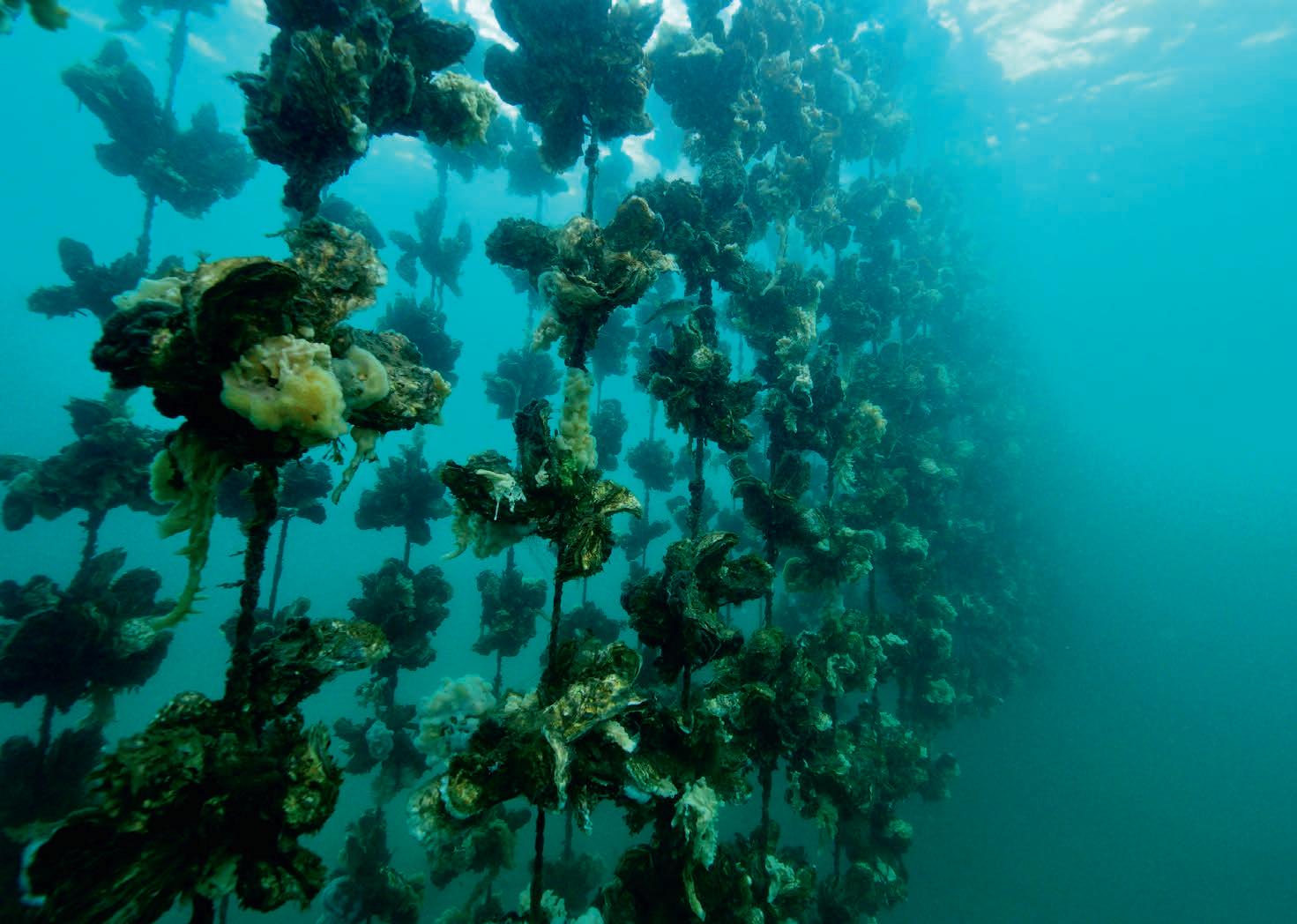
Natural England has spent the last year trying to better understand what a transition to triploids in some locations might entail, given industry concerns about the economic viability of the use of triploids.
It appears that the two sides may be edging closer to understanding each other, but there’s a long way to go.
If we were not farming them… Pacific oysters would continue to exist in our waterways

North-east Scotland based engineering specialist, Brimmond, has launched its latest technology, NetJet™ which sees it become the first company in the UK to offer a full 360 o manufacture, rental and support package for high-pressure net cleaning pumps for the offshore aquaculture sector.
Brimmond, which specialises in the design, manufacture, rental and repair of lifting, mechanical and hydraulic equipment for industry, has invested c. £450,000 developing the highend pump units, NetJet™ in-house. The firm’s engineering team designed, specified and manufactured the pump units, following the identification of a gap in the flourishing aquaculture market for a rental option for net cleaning pumps. While the technology exists to speed up the operation, the sixfigure purchase price represents a considerable – and for many, unjustifiable – outlay.
The Brimmond rental service offering plugs this gap and is further bolstered by the firm’s customer care package. Brimmond have also invested in a fleet of specialist vans
maintaining a stock of critical spares which can be rapidly deployed to provide clients with technical support and maintenance.
The NetJet TM 350D is a pump unit for net cleaning in the harshest of environments.
The unit features a KAMAT High Pressure Plunger pump, driven by a Scania DI09 Marine engine. The externally mounted duplex filters, air filtration and completely removeable canopy provide easy and safe maintenance, as well as increased uptime.
The NetJet TM is also available to purchase and can be configured to your exact specification, with options including diesel engines or electrical motors.
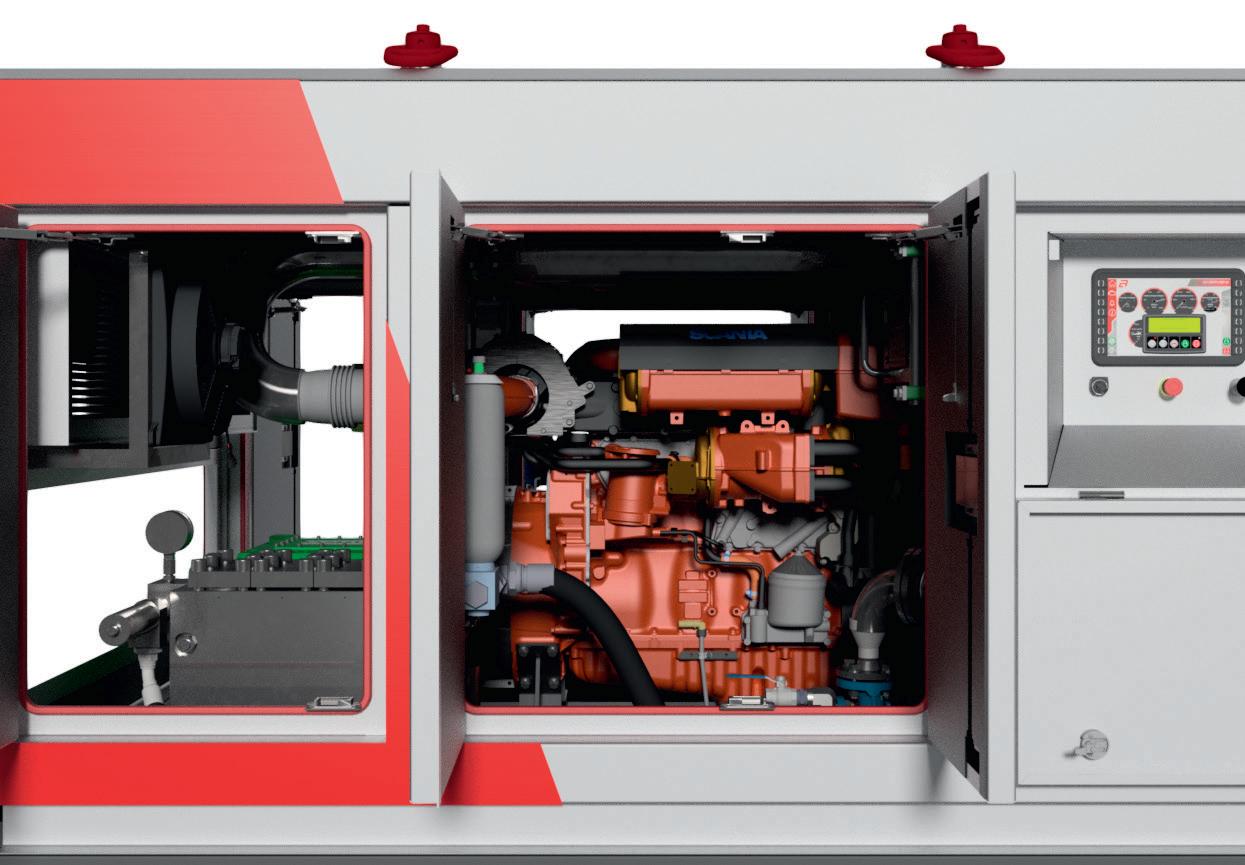 Above: 3D Render showing NetJet™’s - accessibility to the KAMAT Pump and Scania Marine engine Opposite - Top left: 3D render showing the marine grade aluminium canopy removed from NetJet™
Top right: Brimmond are the exclusive UK partner for Heila Marine Cranes Right: 3D render showing the externally mounted duple sea ater filters and 9” LED Control Panel
Above: 3D Render showing NetJet™’s - accessibility to the KAMAT Pump and Scania Marine engine Opposite - Top left: 3D render showing the marine grade aluminium canopy removed from NetJet™
Top right: Brimmond are the exclusive UK partner for Heila Marine Cranes Right: 3D render showing the externally mounted duple sea ater filters and 9” LED Control Panel
Key features:
• KAMAT High Pressure Pump: Max Flow – 500lpm, Max Pressure - 230 Bar
• Scania DI09 Marine Engine: 350hp
• 9” Digital Display + Radio Remote
• Stainless Steel Fuel Tank: 290L
• Externally Mounted Duplex Filters:
4” Stainless Steel
• Removeable Marine Grade Aluminium Canopy
How can NetJetTM help me?
User-friendly net cleaning
• From initial installation onwards, every aspect of NetJetTM has been carefully designed to make net cleaning as safe and straightforward as possible.
• Flow and pressure are both easily adjustable, offering a pressure range
from 50 to 230 Bar, and a flow range from 250 to 500lpm.
• The robust and reliable four-point lifting frame ensures safe and easy relocation.
• The system is fully controllable using radio remote control or a local 9” LED control panel which has been specifically developed for the NetJetTM


• Integrated 290L stainless steel fuel tank with bulkhead fill point for vessel tie-in and low level shut-off.
• The unit is also fitted with sound attenuating foam to keep the operating noise level to a minimum.
• Ease of maintenance was one of the primary design objectives for NetJetTM
• The unit has various doors and access panels, ensuring easy access to key service and maintenance areas.
• For more extensive servicing the canopy is easily removed, allowing uninhibited access to the pump and engine.
• The user-friendly “plug and play” system is easy to install and adaptable for all net cleaning systems.
• The 4” stainless steel duplex filters are mounted externally giving unrestricted access for safe filter changes while the unit runs, enhancing productivity and negating the introduction of salt water into the unit during routine filter changes. The filters can be supplied with reusable mesh baskets or disposable filter bags.
Tom Murdoch, Managing Director of Brimmond, said: “We appreciate that not every business has the budget required to purchase equipment that will enable them

to enter this growing market – the NetJet™ is our solution to this challenge. Renting the equipment enables smaller businesses to clean aquaculture nets as quickly and efficiently as possible, without the high CAPEX costs of buying the equipment outright.
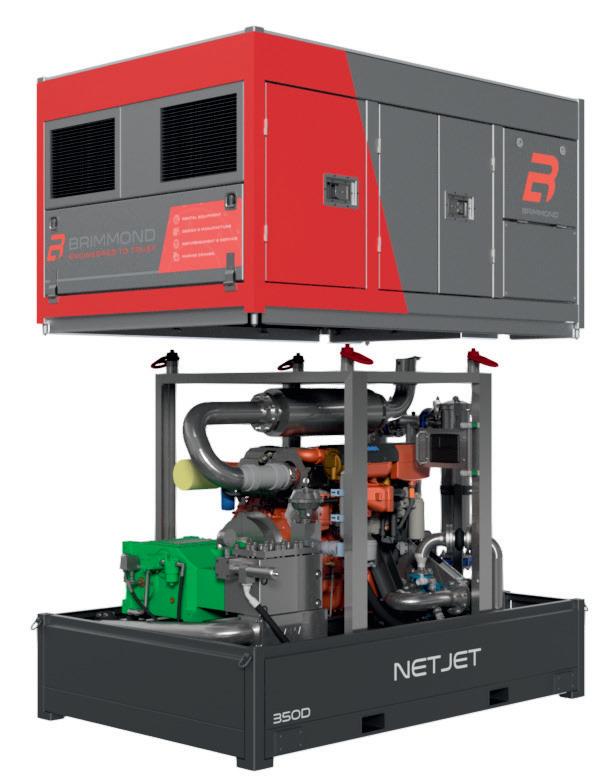
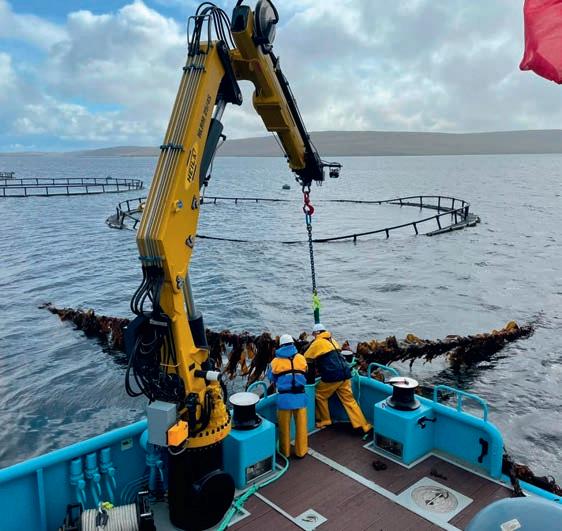
“As with all our other service offerings, our relationship with customers is just beginning when they rent our pump systems. We work closely with them to establish vital details such as vessel footprint, location, and deck fastenings, connections and fittings. Our ongoing customer service is second to none, and we are always on hand to provide technical support and spare parts. The fact that we are based in Scotland is a huge advantage – as a local business we can respond promptly to our customers, ensuring that they can get the most value from the units.”
Brimmond will be on the Scottish Pavilion stand D-334 at Aqua Nor in Trondheim from 22-24 August.
For more information visit www.brimmond.com, for rental and sales enquires contact sales@brimmond.com, or call +44 1467 633805

The fact that we are based in Scotland is a huge advantage.

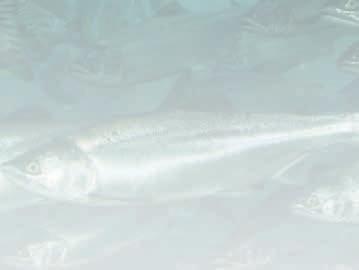

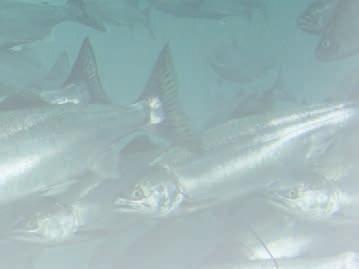

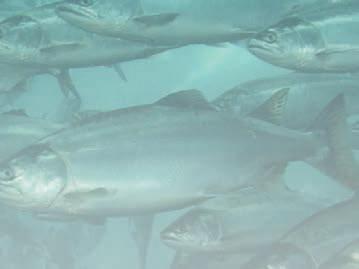
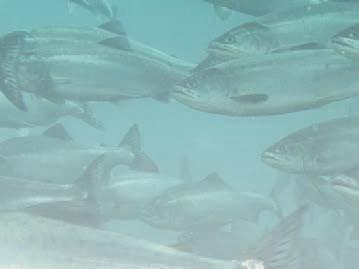
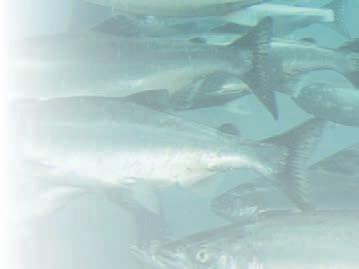 By Vince McDonagh
By Vince McDonagh

Heart disease is not just a human killer. A new study suggests that it’s probably behind the deaths of millions of farmed salmon.
The study was carried out in the Faroe Islands, which has a better record on fish welfare than some of its neighbours.

Nevertheless, more than three million die each year in the Faroes, many of them from cardiac-related issues, according to NordForsk, a Nordic Council of Ministers umbrella research organisation. Called Project DigiHeart, it involved researchers from three Nordic countries – the Faroes, Norway and Sweden. One of those at the centre of the research is a PhD student called Heidi Mortensen, who is currently working at the stateowned Fiskaaling, Aquaculture Research Station in the Faroes. She says: “There are farming facilities in almost every single fjord in the Faroe Islands, so it’s a huge industry up here. We’re concerned about how aquaculture is affecting our ecosystem.




Salmon farming accounts for almost half of our total exports, so the wellbeing of the fish is of the utmost socio-economic importance for the Faroe Islands.”

The current mortality rate on the former Danish archipelago is almost 14%, amounting to an annual loss of DKK 800m (£94m) compared to 20% in Norway. Mortensen’s contribution to the project has been to examine 800 salmon hearts acquired from Faroese producers.
She explains: “It has also been established that the hearts from farmed salmon differ from those of wild salmon.





“The wild variety have triangular hearts, which enable the fish to function even with a high heart rate.

“In other words, it has a heart shape that supports its type of living conditions. The heart of a farmed salmon, on the other hand, has a more rounded shape.
“Their hearts are more relaxed and don’t work as well, which is why they’re more vulnerable to stress. Because they’re moved around and [undergo] repeated delousing treatments, farmed fish are also more susceptible to stress.”
Mortensen adds: “Our results suggest that there may be several reasons why farmed salmon suffer from heart conditions. One reason may be that farmed salmon grow too fast and the heart doesn’t have enough time to develop correctly but gets deformed. Another reason could be that the stress they’re exposed to damages the heart.”
She adds: “Ida Beitnes Johansen, our project leader and one of my PhD supervisors, put it so well when she said, ‘If all farmed salmon came to the hospital, they would all be treated for heart conditions.’ That’s how widespread the problem is.”
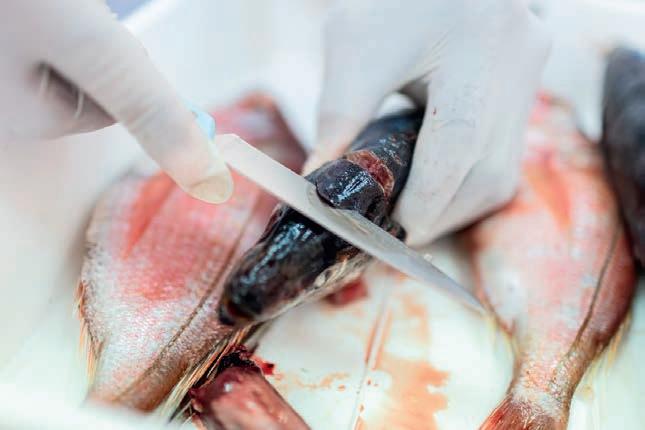
Images of the 800 Faroese salmon hearts have been sent to Norway, where computers automatically decode the hearts and observe what state they’re in.
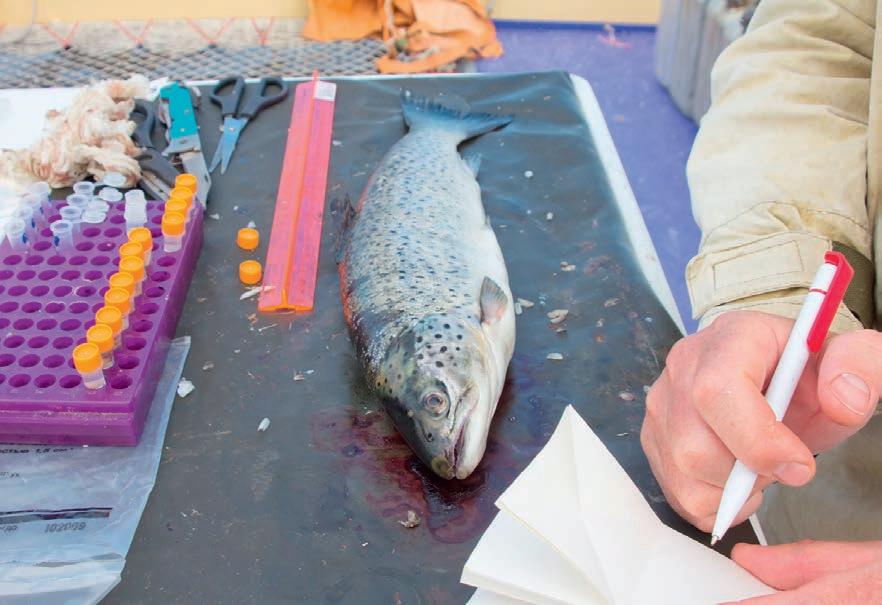
They also compare the Faroese salmon hearts with their Norwegian counterparts to see if there are differences between them.
During her PhD, Mortensen examined some 400 hearts for arteriosclerosis, which is a narrowing of the coronary artery that goes around the heart and supplies the heart muscle with oxygen and nutrients, a condition all too prevalent in humans.
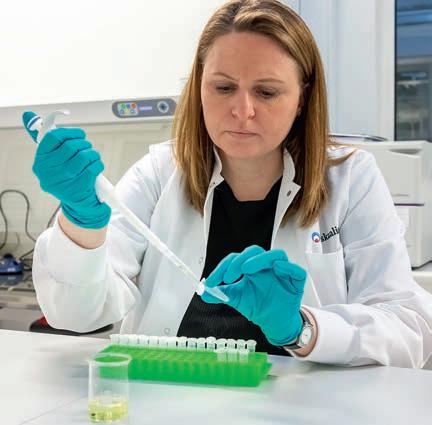
She adds: “We can see that many of the 400 salmon have a narrowing inside the heart. It’s natural for salmon to have it because it’s part of the salmon’s life, but there’s a higher frequency in farmed salmon than in wild salmon.
“The question is, why so? Perhaps they grow too quickly, but it could also be due to a stress response in connection with repeated delousing. We expect to see fewer cases in the fish that haven’t been deloused.”
Mortensen says Faroese aquaculture







is different from its neighbours in a number of respects. “Here, we’re experts in keeping the fish on land for longer than in the other Nordic countries. We do this because there are considerable dangers out at sea in the form of diseases that can’t be controlled and parasites (salmon lice).

“When you delay putting the salmon into the sea, the salmon is exposed to the dangers for a shorter period. It’s also believed that the fish do better and become more robust by being put out into the open sea a little later.”
She also pointed out that for the past 20 years, Faroese fish have been kept on land in recirculation aquaculture systems (RAS), where the water is purified and reused with good results. Compare this to say, Norway, where they mostly use the flow-through system, which means that the water is constantly replaced in the pools.
The water parameters, such as the temperature, can be controlled much better in RAS than in flow-through systems. The temperature is important for how fast the fish grow and its effect on heart health.
“It’s often said that production has generally been less intense in the Faroe Islands... That’s why it’s important that the Faroe Islands participates in this NordForsk project, as we can investigate whether our production method results in fewer heart problems.”
Mortensen concludes: “You’ll never have zero mortality, because fish will always be exposed to diseases and storms. These can’t be avoided. But anything under a 6% mortality should be doable. The current 14% is too high, but at one point it was up to almost 20%, so we know that the mortality rate can be decreased.”
Hearts from farmed salmon differ from those of wild salmon
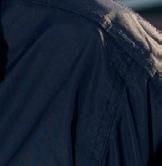
Seafood Scotland is focused on telling the industry’s story – and Donna Fordyce thinks it’s a great one.
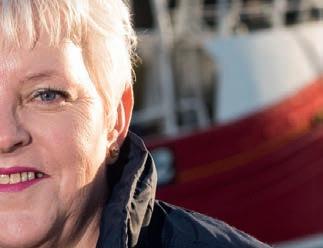

Seafood Scotland was created in 1999 in response to a collapse in the price of haddock. Seafish, the state body, has a remit to promote UK seafood but not to promote any of the UK’s nations specifically.
Also, as Donna Fordyce tells Fish Farmer, existing economic development organisations are better geared to helping larger businesses.
She says: “We can support everybody. Given the coastal communities and how important that is, it really does make a difference supporting a creel business, for example.

“Even a one-man, two-man band operation is vital to keep that local economy going.”
In a competitive and challenging market, any industry needs a voice. For Scotland’s seafood sector – from fisheries and aquaculture to processing – one of the most important voices is that of industry body Seafood Scotland, fronted by Chief Executive Donna Fordyce.
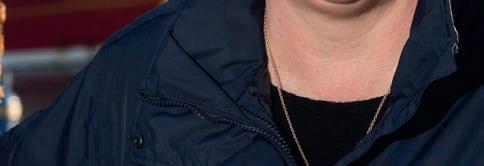
Seafood Scotland ensures that Scottish producers and processors of all sizes have a presence at the biggest tradeshows and that their message is heard by buyers and governments.

It also has an important role behind the scenes in helping to facilitate collaboration and cooperation: between businesses and academia, and between the public and private sectors.
Last year, the organisation scored a win by securing Scotland’s place as host for the Responsible Seafood Summit 2024, the international conference organised by the Global Seafood Allowance. In April this year, it was announced that the summit would take place from 21 to 24 October 2024 at the Fairmont St Andrews Hotel in Fife.
Despite its high profile, however, it can be a little tricky to define exactly what Seafood Scotland is. It’s neither a campaigning trade association like the Scottish Fishermen’s Federation nor, as its funding comes from the industry, is it a public body like Seafish.

That said, Seafood Scotland also works with some of the biggest processors and fish farming businesses.

Seafood Scotland’s board represents producer businesses and seafood processors.














Fordyce says: “Our main focus is to promote Scottish seafood, so we’re out there promoting into key markets that Scottish seafood is premium, that it’s a quality product.”
Pre-Brexit, the organisation also received funding through the European Maritime, Fisheries and Aquaculture Fund. It now gets support from Marine Fund Scotland, although this doesn’t entirely make up for the lost funding.




Although one of the arguments in favour of leaving the European Union (EU) was to protect the UK’s fishing industry, Brexit has posed a number of challenges for the

It’s really about how can we all work together
”
By Robert OutramAbove: Donna Fordyce Left: at Franki at SENA in Boston Opposite from top: Chefs at Seafood Expo Global; From le im Batchelor and Wally Stevens from Global Seafood Alliance with Donna Fordyce and Adam Wing, Seafood Scotland
seafood sector, such as increased paperwork and restrictions on exports to the EU and staff shortages in the processing industry.
Seafood Scotland took on a key role in engaging with the industry and helping businesses to find ways to deal with those challenges. As Fordyce explains: “We’ve been helping those businesses with their business capabilities, their models; there are other agencies that can help support as well, so we work in collaboration.
“We were stepping in where there were some gaps in terms of getting information to the industry, and some of the work in supporting skills. We’ve been giving businesses some skills fund money to support them through the networks.”
She goes on: “It’s really about how can we all work together. We don’t have as much money as our counterparts in some other countries, like Ireland, New Zealand and Denmark, so we’ve got to make sure what money we do have provides the biggest impact for the industry.”
Seafood Scotland also backs calls to ease the rules on work visas for the industry and to introduce, as the Scottish Government would like to see, a rural visa scheme. Pre-Brexit, a high proportion of those working in Scotland’s processing sector came from Eastern Europe. In May this year, some fisheries jobs were added to the shortage occupations list, which means jobs qualify for work visas at a 20% lower salary threshold and the visa fees are reduced. Processing jobs weren’t added to the list, however.
The domestic market
Another target is to get more people in Scotland eating seafood. Seafood Scotland is currently piloting a promotion programme in primary schools in the north-east, for example. The aim is to roll this out as a national initiative next year.
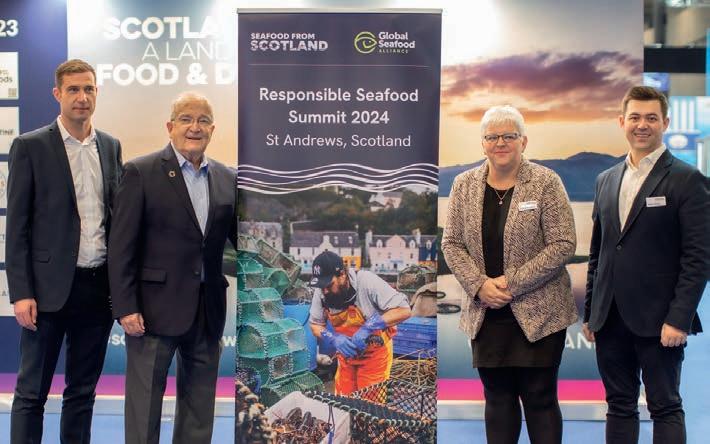
As well as the marketing message, the organisation is helping to encourage innovation in the industry through collaboration. Earlier this year, for example, Seafood Scotland co-hosted an event, Building a Sustainable Seafood Sector Through Collaboration, along with the Industrial Biotechnology Innovation Centre, Zero Waste Scotland and Opportunity North East. The focus was on finding value in by-products and waste generated in processing.
Fordyce and her colleagues had been particularly impressed by the achievements of the seafood sector in Iceland in fish valorisation, where something like 95% of seafood by weight is a value-added product, compared with Scotland where just under half is either disposed of or used for low-value fishmeal or fertiliser.
She says: “It was a light bulb moment… this is something Scotland really can do. But it has to be profitable for everybody. The industry needs to see a benefit because the waste will have to be segregated and there will have to be machines in place, so it will mean investment in the industry.”
Another area of innovation is automation, particularly in processing, which Fordyce believes will go some way to addressing the skills shortage issue. “We want to see a reduction in the need for labour, but an increase in value-added jobs,” she says.

This year, Seafood Scotland has ensured a strong presence for the Scottish industry at major events such as Seafood Expo North America (SENA) in Boston and Seafood Expo Global (SEG) in Barcelona. The organisation has also helped to organise international buyers’ visits to Scotland, where they can see the provenance and environment of the products.
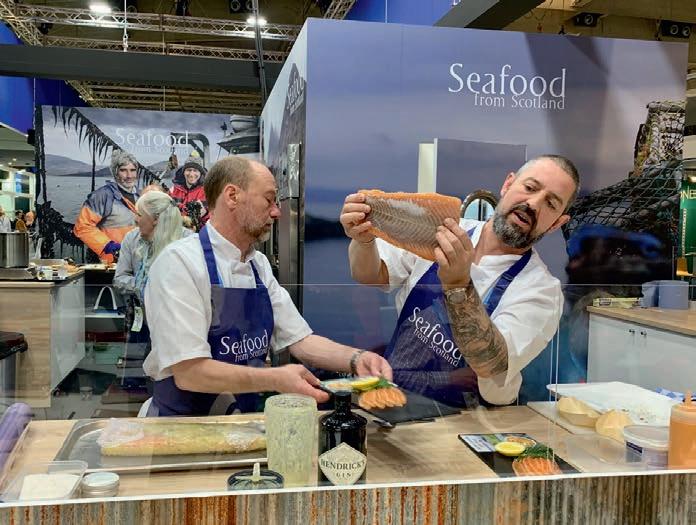
Fordyce says: “We say to them come to Scotland, come and see these pristine waters, the passion of the people, the product as it’s taken out of the water.
“And see the coastal communities and how many of them are family generational businesses.
“We are really getting the message across: ‘this is why you buy Scottish’.”

Both SENA in Boston and SEG in Barcelona have been invaluable in showcasing Scottish seafood, Fordyce says.
As she explains: “Seafood Scotland decided some years ago that the best way to do this is to encourage people to taste the quality and flavour for themselves. So our strategy is clear: we fund the design and build of a full working kitchen, and appoint a talented chef to prepare delicious samples of featured seafood to exhibiting companies, buyers and other interested parties. It’s a relaxed, informal setting and it works tremendously well because it encourages conversation about the finer points of Scottish fish and shellfish – how and where it’s caught, processed and exported as well as served – that allows buyers to envisage how they might be able to sell our amazing produce in their own markets.
“At SEG for example, we’ve had a Scottish langoustine stand to support the work of the Nephrops programme board for the last two years. In 2022, several Scottish fishermen went out to Barcelona and in 2023 we focused on processors. The trip included market insights and visits to other events happening at the show, including new automation and innovation options to really spark ideas for their business in the future. We also held set-piece media events.
“In Boston, the focus has been a bit wider, covering salmon, pelagic species and shellfish in a Scottish pavilion subsidised by Seafood Scotland. The core events are similar to SEG, but we also held a buyers’ reception to give people a chance to interact and discuss trading opportunities in a quieter environment than the trade show, which is always bustling.”
She adds: “In 2023, we launched a new, low-cost pod scheme to support new-to-market companies make the trip across the Atlantic. This proved really popular as a way of introducing smaller companies to find a foothold in the important US market.
“I think the fact that these trade shows have never been busier –compared with before the pandemic – is testament to their success at creating strong trading opportunities. It’s that face-to-face engagement, a recognition of someone’s expertise and passion, and a feeling that you can do business with a person – you just cannot replicate that in any other way.”
June 2023 was a watershed moment for the fishing industry. At the end of the month, the Scottish Government’s plans to create highly protected marine areas (HPMAs) in 10% of Scotland’s seas were thrown overboard.

The government’s aim in introducing these restrictions was to support the protection and recovery of marine ecosystems to prevent biodiversity loss and adapt to the impact of climate change.
To achieve its goals, it proposed a ban on fishing and aquaculture in 10% of the country’s seas by 2026. This was robustly opposed – not just by the fishing industry and local communities affected by the ban, but also by some MSPs.
Salmon Scotland, the Scottish Fishermen’s Federation, Seafood Scotland, the Scottish Association of Fish Producers’ Organisations, the Community Fisheries Inshore Alliance and the Scottish Seafood Association (collectively known as the Seafood Coalition) called on the government to rethink its plans. The coalition launched a petition in early June to further back up its objections.
A few weeks later, the government announced that it would now take a different approach, including more thorough consultation with the fishing industry, communities and other stakeholders.
While it made less of a splash, another notable development was announced in June, which has the potential to further strengthen the industry’s position.
Even as the fight against the HPMA proposals was taking centre stage, a new environmental monitoring programme was underway in the background. And it has delivered some encouraging initial findings.




Over the last year, Scottish Sea Farms has carried out environmental monitoring at farms sites that have been fallowed. The aim has been to find out more about the ability of the seabed to regenerate once the biomass at a fish farm has been removed.
Anne Anderson, Head of Sustainability and Development, says: “While farms already adhere to strict environmental regulations and are monitored by routine checks and unannounced SEPA inspections, we wanted to go even further to demonstrate the sustainable nature of salmon farming.


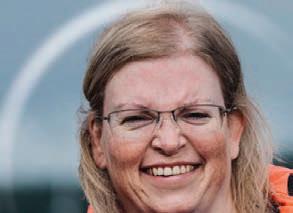
“Building on previous work at regional level, we’ve been analysing the benthic [seabed] conditions from seabed sediment samples from fallowed sites around our farming estate.”
The company’s site at Lismore North in Loch Linnhe, Argyll had been farmed for more than 30 years before fallowing in 2019. Now, according to Scottish Sea Farms, sampling of the seabed has indicated a promising development. The company reports that faunal diversity is now back to where it was before farming took place.
Also, in the Orkneys, at the company’s Toyness site, the range and volume of marine animals was found to have risen significantly after a fallow period of just nine months.
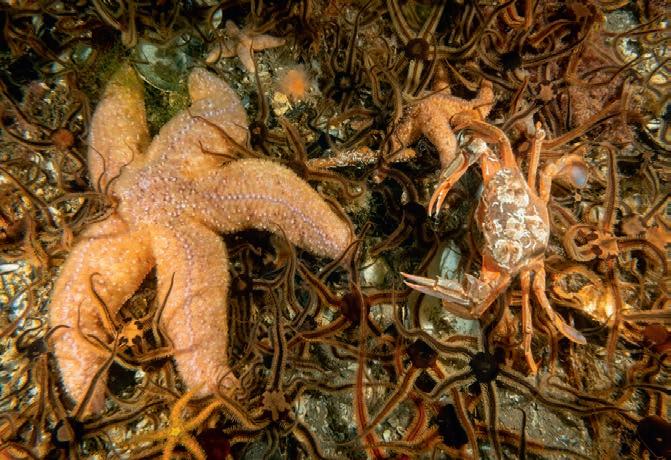
Anderson says: “The initial findings are promising, indicating, as we have long argued, the ability of the marine environment to regenerate.
“The more post-fallow analysis we can do, whether several months or many years after a farm has been harvested, the more insights we’ll glean. The aim is to increase wider understanding of just how regenerative salmon farming really is in relation to seabed restoration.”
Scottish Sea Farms’ findings have emerged through visual and analytical processes. As Anderson reports: “We’ve undertaken
An ongoing study of seabed diversity has cast light on how the environment recovers once a fish farm is fallowed. By Fiona Nicolson
or land. The seabed can recover rapidly; baseline conditions are being observed within less than a year to five years’ postcessation, depending on the local current speeds, water depth, sediment type and wave exposure.”



The implications for understanding the environmental impact of fish farms are key, especially in the light of the debate over HPMAs.
Opposite from top: Loch Linnhe; Anne Anderson; when in a healthy state, Sco sh aters teem with life

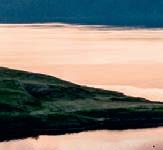
Above: Polychaetes or sea orms play a key role in regenera�ng the seabed



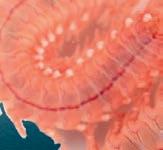

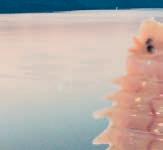

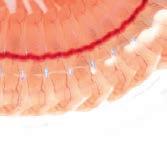

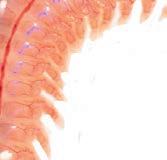
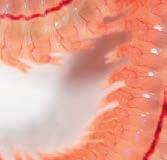
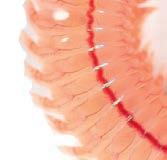
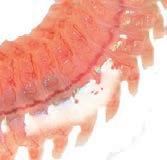
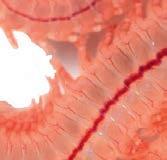


Below right: Seabed sur ey undertaken by Ro ing Eye Enterprises for Sco sh Sea Farms
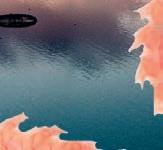
visual surveys and analysed seabed samples to compare changes in composition and benthic community pre and post fallowing at a number of farms that have been subject to a four-year fallow period. That’s the equivalent of two growing cycles without stocking.
type have
“We’re also reading across the same type of samples for our active farms, which have a range of fallow periods between growing cycles.”
The samples are first analysed to gauge the level of organic enrichment and the impacts associated with aquaculture.
Anderson says: “Comparisons are then made between the results obtained pre and post fallowing and compatibility to nearby reference stations where there’s no farming.”
There are a number of species that play a key role in absorbing and removing the residue that collects under fish farms, including a range of worms.
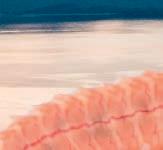
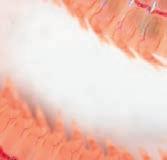

“Several species of re-worker enrichment polychaetes are naturally present within the seabed, such as the Dorvilleidae family, including Capitella sp, Capitomastus minimus, Lumbrineris tetraura, Malacoceros fuliginosus, Notomastus sp, Ophelia borealis, Ophelia limacina, Ophelina acuminata and Ophelina modesta,” explains Anderson.
“These play an important role in reworking and oxygenating sediments where organic enrichment is present, including in the seabed at fish farms or around coastal discharge pipes and so on. The greater the organic enrichment in an area, the fewer of these species will be present, though a few species often dominate an area in greater numbers.”
She adds: “Logically, we know that time and cessation of an activity will result in a change in the environment, whether sea





depositional activities. Amassing and seabeds and the changes, both fallow
Anderson says: “HPMAs proposed the exclusion of fish farms based on the farms’ depositional activities. Amassing and communicating evidence of recovering seabeds and the changes, both fallow and active, which occur over time, is essential in terms of increasing understanding of the type of impacts which fish farms make.
“Following the Griggs report findings, reform of the current regulatory system is underway. Providing scientific evidence to support dialogue with Scottish Government and other stakeholders in discussions around this reform, and which are complementary to the Scottish government policy to support growth of sustainable aquaculture, will be crucial.
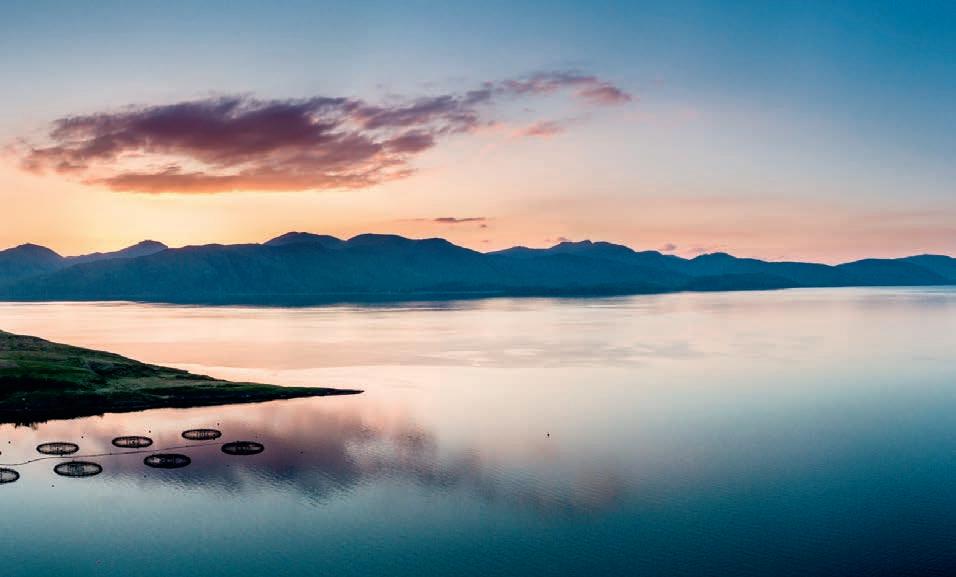
Government and other stakeholders
sustainable aquaculture, will be crucial. what we, as a sector, ask for. Therefore,

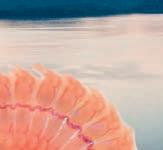

“Evidence-led decision-making is what we, as a sector, ask for. Therefore, providing such evidence of our own responsible farming to support discussions in this area is all part of the process.”
She emphasises: “It’s in our own best interests as a sector to protect our marine environment.
“It’s why we invest so much time, effort and resource into minimising any impact from our activities.”
Scottish Sea Farms is now discussing the outcomes of the monitoring with other members of Salmon Scotland, with a view to expanding the additional monitoring throughout the sector. The plan is for the findings to be reviewed by a leading independent scientist.

Evidence-led decision-making is what we, as a sector, ask for

Inflation is posing a greater threat to salmon sales than anything else at the moment, new data from the Norwegian Seafood Council suggests.
While Europe remains Norway’s largest market for salmon, accounting for 70% of total exports, consumers are buying less of it while Americans are eating a lot more.
The interesting statistic is that inflation in Europe has been averaging at more than 8% over the past few months, while in the US, it dropped to just 3% in July.
Other factors come into play as most Americans also pay less – and always have done – for car fuel and home heating, which means they have a higher disposable income.
There’s no doubt EU and UK households are facing far greater cost of living pressures than their counterparts across the Atlantic, and they’re adjusting their spending accordingly.
The Seafood Council survey supports this theory. While the decline isn’t dramatic, it says that over the past year, Europeans have started to eat less salmon, blaming high prices for the decline. It’s a similar situation with meat and other types of seafood such as cod and haddock.
Vince McDonaghThe Seafood Council surveyed more than 20,000 American, English, Spanish, Italian, Swedish and French people asking them how often they ate salmon.
The survey was carried out four times between April last year and April this year when inflation everywhere was at its peak.
“For these European countries, we see a decrease in the frequency of salmon meals,” says Lars Moksnes, who’s a consumer analyst at Norway’s Seafood Council.
There are more people who now say that they eat salmon only once a month
“Weekly salmon consumption has decreased in all countries. In April 2022, 34% stated that they ate salmon once a week. In this year’s April survey, the number was 32%.
“At the same time, there are more people who now say that they eat salmon only once a month and even more people who say that they eat salmon less [than before].
“The numbers are not dramatic, but the arrows are going down in most of the measurements. Therefore, we are probably talking about a negative trend.”
Seafood Council analyst Paul T Aandahl, who follows the salmon market closely, believes inflation has weakened the general purchasing power of most Europeans. High salmon prices are one of the reasons for lower consumption.
Yet salmon is far from the worst when it comes to price increases. He says: “If you compare salmon with foods in general and with other animal proteins such as chicken, beef and pork, there are not big differences. In some countries, salmon is even far below other foodstuffs when it comes to price increases.”
In Germany, for example, the price of chicken and other poultry increased by 44%, while salmon increased by “only” 28%.
The figures are taken from Eurostat’s consumer price index for the period between January 2020 and January 2023.

“When we compare the increase in the price of salmon with other types of seafood, the salmon is roughly in the middle of the tree on the price increase table,” Aandahl says.
“Food prices have also risen significantly in the United States and the price of salmon in the shops is roughly in line with that.

“But while salmon prices in Europe have increased by 16% on average, the increase is 10% in the USA. In the US, the demand for salmon is still high and Americans are eating more salmon than they ever have.”
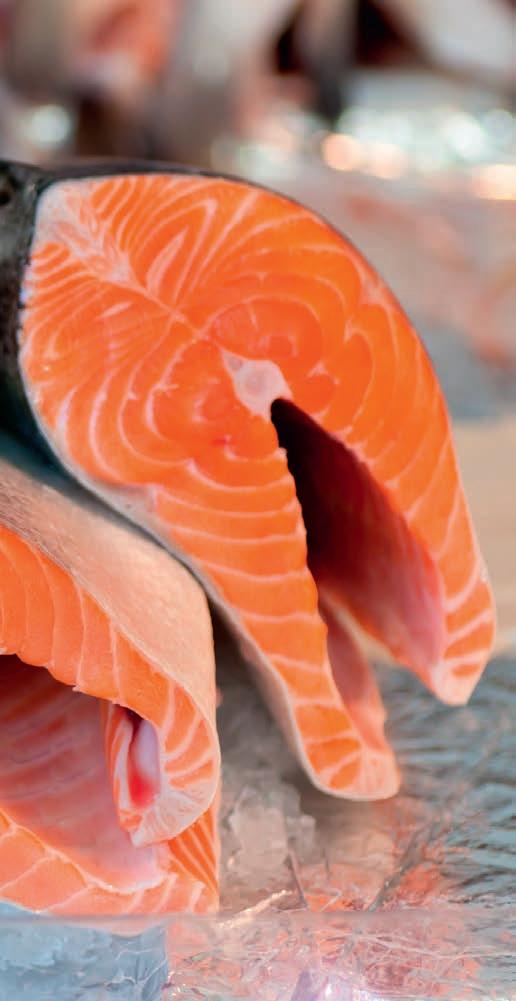
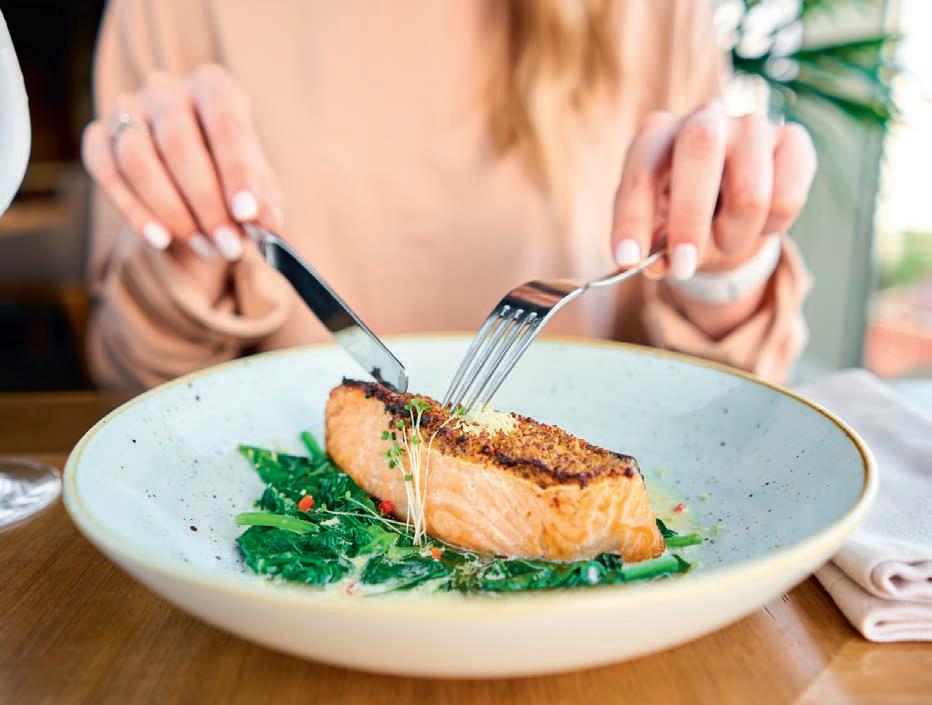
In total, the supply of salmon to the States increased by around 7% in the first quarter, while sales to the EU were down in the region of 11%.
The Seafood Council says the changes in salmon consumption are also being reflected in the export statistics. Europe, which is Norway’s largest salmon market, had a share of 68% in May this year. This is the first time that the share of exports to Europe has been below 70%.
At the same time, the proportion exported to the USA increased from 8% to 9%. Asia has also taken a larger bite of the salmon cake and in May, it stood at 22%. This is the highest number since the beginning of the 2000s.
The trade statistics show the same trend as the export statistics. Recently, Europeans have bought less salmon in the shops. Either they buy salmon a little less often than before, they buy smaller quantities or they shop just as often, but less at a time.
High prices therefore cause more people to avoid salmon and can also trigger salmon production outside Norway, especially with new technology available. This can increase competition in the long term.
Aandahl says he’s not unduly worried about the European consumption decline because customer resistance when prices are high isn’t an unknown phenomenon.
“Salmon prices have gone up and down for years, and customers tend to return when prices normalise,” he says.
The price fluctuations for salmon are, among other things, about how much salmon is available on the market. “Salmon prices will probably remain at a seasonally relatively high level in the future as well. But measured in foreign currency, price growth stopped in April/May. This means that the market has now come more into balance,” says Aandahl.

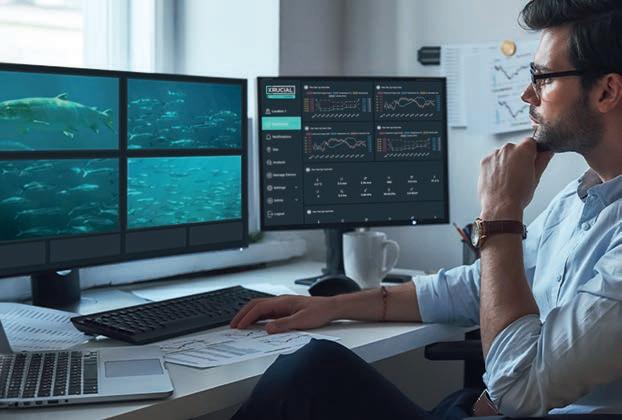
In the coming months RS Aqua will start supplying Innovasea’s new aquaControl Oxygenation & Aeration Systems into Scotland. These systems are the first in the world to feature digital control panels and round-the-clock automation of the oxygen supply. They build on Innovasea’s wireless environmental systems, which are already in operation on more than 80 Scottish farms. Using real-time environmental data, aquaControl automatically supplies oxygen to fish pens when dissolved oxygen levels drop too low. The potential carbon and energy cost savings are thought to be in the region of £50,000 to £150,000 per annum per farm.
rsaqua.co.uk
Fish farmers will be able to monitor remote farm sites by video link, even if there is no cellular connectivity or power on site, thanks to technology developed by satellite communications specialist Krucial. Using the new solution, fish farmers can get a continuous video stream from pens, whether or not there is any cellular connectivity or power available. This means, Krucial says, it will be possible to feed individual pens remotely using a desktop or mobile, based on the insights gained. The application uses satellite technology, with auto adjusting flat panel antennas, so that barge movement does not impact the technology’s usability, offering an advantage over “line of sight” solutions. The video application is part of Krucial’s Connected Seafarm package.
A project involving scientists, managers and fishing organisations in the south west of England has been awarded £530,000 by the UK Government to create a network of underwater cameras to monitor the habitats of fished species in the region’s coasts and estuaries. It will use a recently developed Juvenile Habitat Monitoring Camera (JHaM-Cam), capable of filming the smallest juvenile life-stages of fish. to measure the abundance and size of young fish in the wild. The smart underwater camera system will be deployed in the Plymouth Sound Marine National Park and surrounding areas using state-of-the-art scientific diving facilities at the University of Plymouth.
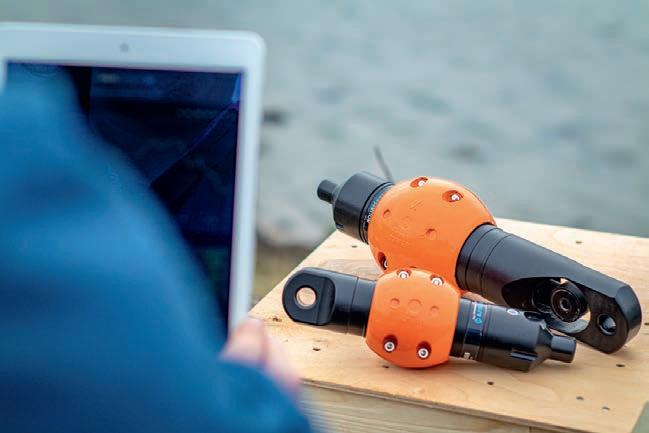
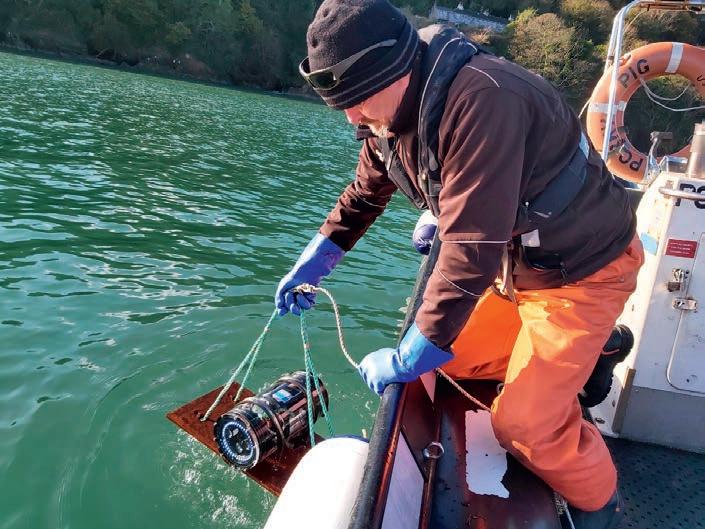
Aquaculture technology group Innovasea has appointed Jean Turpin as the company’s Chief Financial Officer. The US-based company said Turpin has a strong track record in international business finance. Prior to joining Innovasea, he served as Vice President of Strategy and Analytics at IAC, a US-based digital platform business whose brands include Match.com, Vimeo and Angie’s List. Turpin led the strategy and analytics group for IAC’s ANGI International segment, overseeing financial planning and analysis. Turpin has also worked at Société Générale CIB, Natixis CIB and Accenture. He holds bachelor’s and master’s degrees in finance, both from the Institut d’Etudes Politiques de Paris.
Tech business Cognizant is collaborating with Tidal to make the latter’s ocean information platform widely available to the aquaculture market. Tidal is a project run by X, the “Moonshot Factory” created by Alphabet, the company behind Google. Its digital technology solution uses innovations in underwater perception, machine learning, AI, and automation to gather and analyse data. Until now, the platform has been available to select pilot partners only, offering data-driven insights designed to improve the sustainability and efficiency of their operations. Cognizant intends to use its software and systems integration expertise to bring the Tidal platform to the broader aquaculture market.
Land-based turbot and sole aquaculture business Stolt Sea Farm is working with IT group Telefónica Tech to digitalise its farms in Spain, Portugal, France, Iceland and Norway. Telefónica Tech, through its company Geprom and its Big Data and AI business line is developing a pioneering digital tool that will allow Stolt Sea Farm to optimise its business by giving it the capacity to predict the supply and demand of its fish using data collected at the plants. Machine learning algorithms will help Stolt Sea Farm to estimate customer orders and to manage more efficiently the fish to be slaughtered.

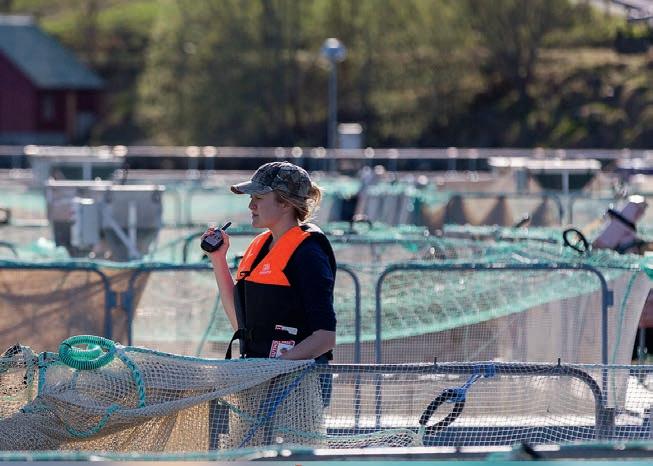
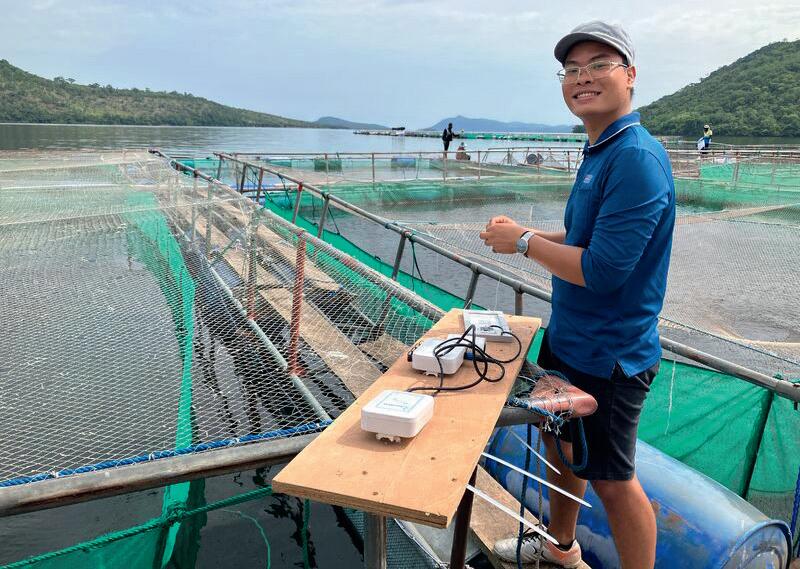
French technology business Bioceanor is collaborating with animal health group Virbac to help tilapia farmers in Ghana. The two companies are working with local business Tropo Farms Ltd. The program aims to leverage data analytics and machine learning to correlate and anticipate fish health and growth using environmental data, helping Tropo Farms to mitigate risks and improve production efficiency while raising further its environmental sustainability.
Francisco Murillo, Chief Executive Officer at Tropo Farms, said: “It is a great opportunity for Tropo Farms Ltd. to go further in the digitalisation of our farms, with recognised experts, in the context of global climate change which will require even more data-driven decisions on our end.”
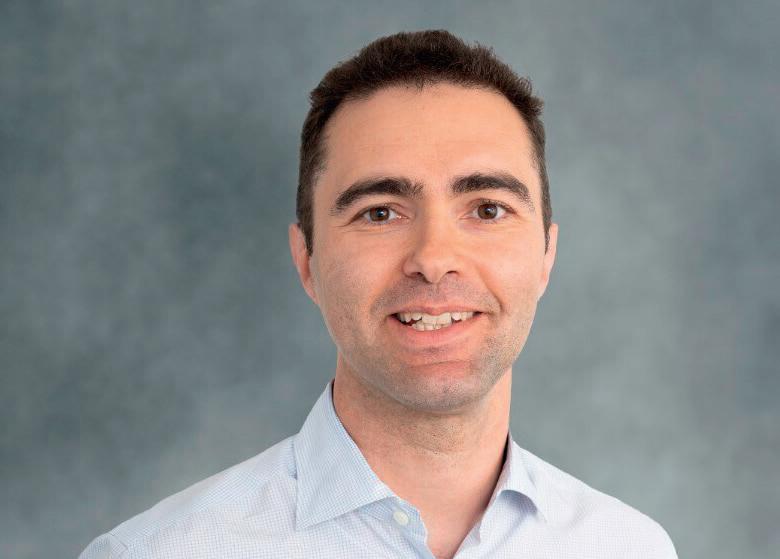

World Feeds Ltd picked up the judge’s Special Recognition trophy at this year’s Aquaculture Awards, held in Inverness on 15 June. The award recognised the company’s unique VAF Feed Blocks for cleaner fish in salmon pens. Nigel Dawson, Marketing and Design Manager, said: “VAF has now been embraced across Scotland… we are currently undergoing extensive trials in Norway with Mowi and Lerøy, with major new opportunities developing in the region, as well as Canada. We are committed to playing our key part in the continued development of the industry, improving fish nutrition and welfare. We wish to thank our global clients and partners for all their collaboration and support.”
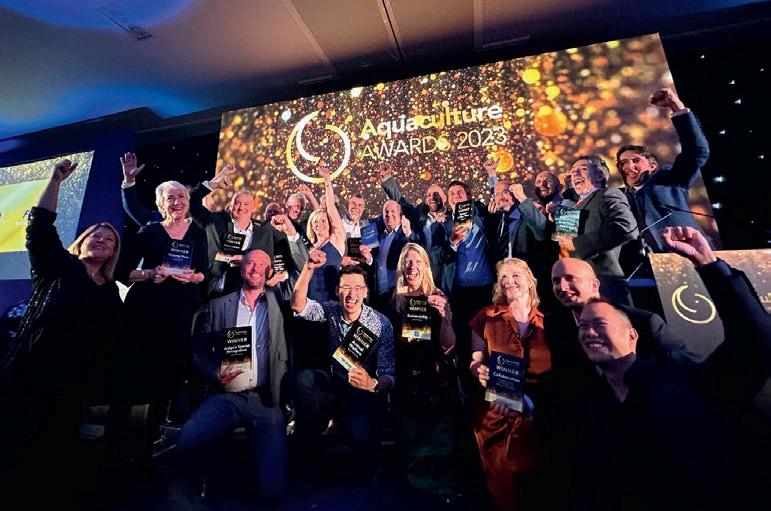
Pictured:winnersattheAquacultureAwards2023
Feed company Anpario has been given a grant by the UK Government’s Centre for Innovation Excellence in Livestock to assess the impact of functional feed ingredients on the health of ballan wrasse. Moving from live feeds to formulated feeds in early life stages is particularly challenging. This project will assess the effect of functional feed ingredients on the performance, immune system and microbiome of juvenile ballan wrasse, and look to demonstrate that the use of such ingredients can limit mortality rates of ballan wrasse during production.

Anpario says that such improvement would have positive impacts on the life cycle assessment of the salmon industry in Scotland.
Norwegian fish farmers have been told that they must not treat cleaner fish for problems they do not have. The country’s Food Safety Authority (FSA) said the instruction applies particularly to unnecessary treatments for sea lice. The FSA is calling on companies to sort and treat cleaner fish in a gentler manner before they begin delousing work on salmon. The FSA said: “Cleaner fish are not a susceptible species for salmon lice and will therefore not be diagnosed with salmon lice. Salmon lice treatment is also burdensome for the cleaner fish and this burden does not benefit the cleaner fish either. Drug-free deworming [delousing] in particular is today considered one of the biggest welfare threats to cleaner fish.”







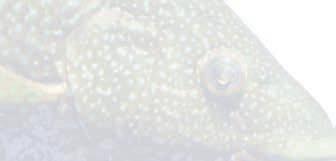 By Robert Outram
By Robert Outram
Keeping large numbers of salmon or trout in pens runs the risk that parasite populations will also flourish, especially sea lice.
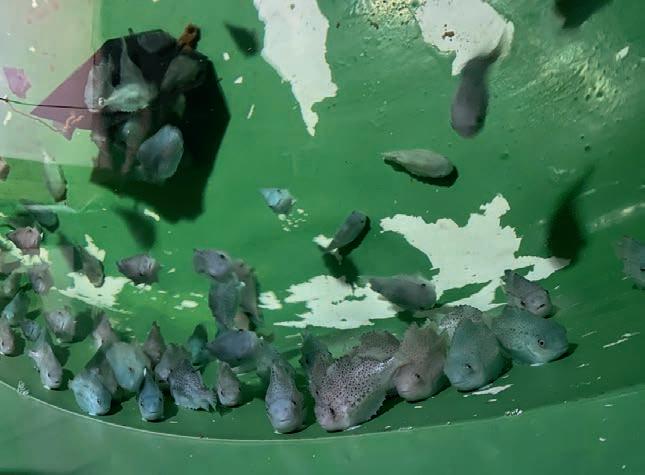
Fish farmers have a range of tools at their disposal to combat lice. For a number of years, these have included the use of cleaner fish, species that are not naturally hosts to salmon lice, but which are their natural predators.
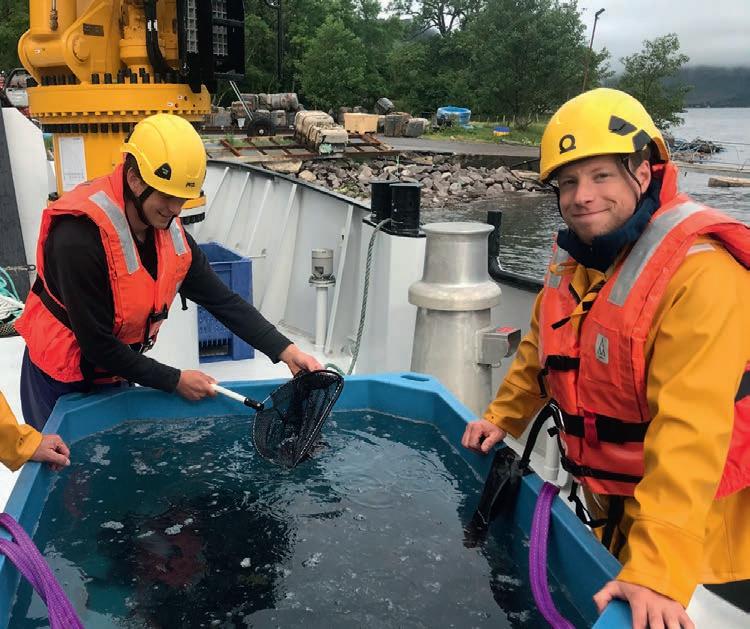
So far, in the north Atlantic, the cleaner fish approach has focused on two key species – ballan wrasse (Labrus bergylta) and lumpfish (Cyclopterus lumpus). Both of these have been found to be effective at helping to keep lice numbers down and both are able to cohabit with salmon.
Mowi Scotland uses both of these. As a spokesperson explains: “Results from Mowi’s research, development and experience has been clear that the wrasse are most effective over the warmer months and conversely, lumpfish are better at controlling lice levels in the colder water during wintertime.

“The stocking programme (species and density) for both cleaner fish species will be defined by the season that the salmon are ponded into the farms and the history of sea lice challenge at the location. In some situations, the cleaner fish will be stocked in the second year of production when sea lice prevalence is typically higher.”
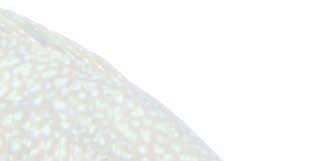


This natural solution is not without its own challenges, however. First, there’s the issue of supply. Initially, salmon farmers relied on wild-caught wrasse and lumpfish, but it became increasingly clear that this was putting pressure on wild stocks. In 2020, the Scottish Government imposed strict controls on catching wild wrasse after fears that the new demand for cleaner fish was leading to overfishing.
Now, farmed sources exist for both wrasse and lumpfish. Matilda Lomas, Veterinary Practice and Cleanerfish Manager with Bakkafrost Scotland, says: “Our long-term plan is to reduce the numbers of wild wrasse. We’ll have to assume that our main
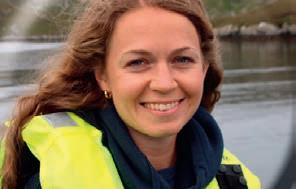


source in future will be farmed if pressure on the wild fishery continues. We have the right amount we require this year and we are confident that Otter Ferry will have more available for our requirements next year.”
Otter Ferry Seafish produces both lumpfish and ballan wrasse. Mowi Scotland has its own wrasse hatchery on Anglesey, Wales, while Mowi subsidiary Ocean Matters produces lumpfish.
The second issue is the well-being of the cleaner fish. As Lomas stresses: “The welfare of cleaner fish is just as important to us as the welfare of the salmon we farm.”



In the early days, not much thought was given was given to feeding cleaner fish. One problem is that salmonids are aggressive feeders while wrasse and lumpfish are comparatively shy. Now, specialist feeds are available, like the VAF Feed Blocks produced by World Feeds, which allow the cleaner species to nibble at their food over a period of time.
Cleaner fish, unlike salmonids, aren’t so
Above: Mowi’s farmed ballan wrasse en route to a farm site in Scotland Middle: Ma�lda Lomas Left: O�er Ferry’s lumpfishcomfortable in the open sea and farmers now typically provide the cleaners with hides that replicate the seaweed beds they like to shelter in. Recently, Scottish Sea Farms received an award for a pilot project that involved growing real seaweed in pens for the cleaner fish instead of the plastic alternatives that are typically used.
One of the biggest welfare challenges, however, has been combining the use of cleaner fish with other treatments. As Lomas explains: “Unfortunately, no completely effective way has been found so far to get cleaner fish out of the pens without a wellboat before carrying out a treatment, for example a freshwater treatment for gill health.”
This is particularly a problem for lumpfish, since wrasse can be collected prior to the treatment using baited creels. They can also be removed safely during dewatering, when the salmon are being transferred for treatment.
During the dewatering process, when the fish go over a smooth surface, lumpfish frequently attach themselves to it with their suckers, mimicking their habit of clinging to smooth rocks, which makes it difficult to grade them out of the population. Lomas says: “For this reason, we will focus on ballan wrasse alone after the current season.”
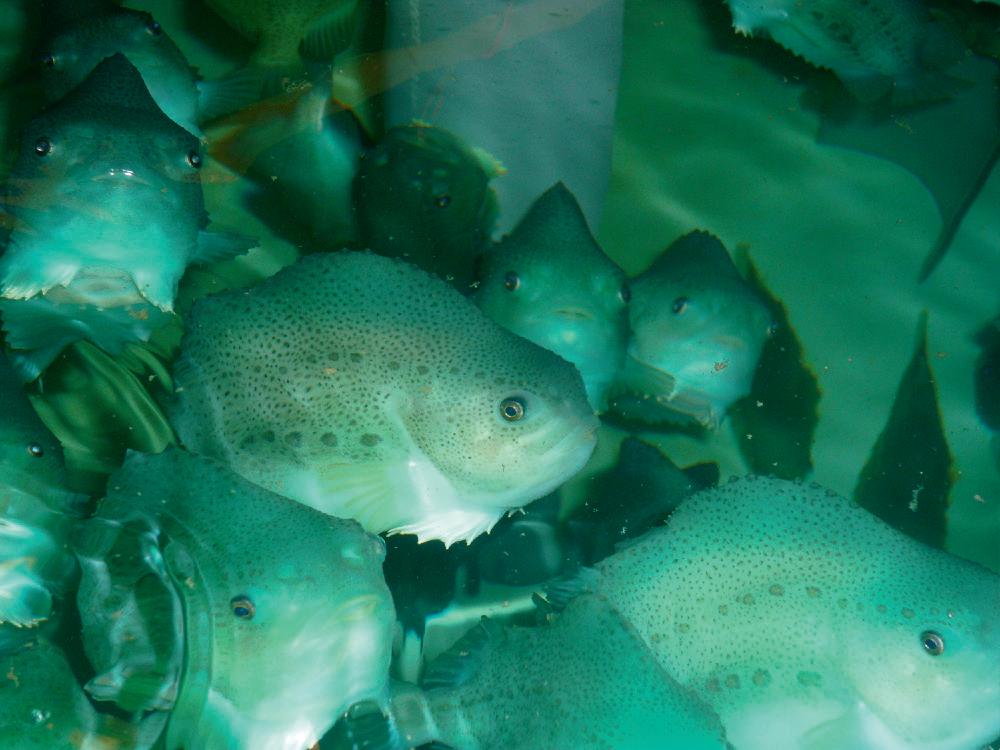
Otter Ferry is also, as reported in this magazine (“The


















Above: O�er Ferry wrasse
Below: Lumpfish at S�rling
Pioneers”, May 2023), winding down its lumpfish production as of this year.

Meanwhile, not all fish farmers have adopted the cleaner fish strategy. A spokesperson for Cooke Aquaculture says: “At Cooke Aquaculture Scotland, we have a culture of innovation, and the health and welfare of our farm-raised salmon is a top priority.

“We don’t currently use cleaner fish on our sites; however, we’re continually developing and assessing the best methods of sea lice control on our sites. We’re committed to using best management practices that support the well-being of our salmon.”
Meanwhile, the use of cleaner fish could potentially be extended to other salmonids. Regulators in Scotland have still not decided whether to permit keeping wrasse or lumpfish with trout in pens at sea, for example. Trout have a generally greater resistance to sea lice but some interest has been expressed by trout farmers in using cleaner fish in this sector too, once this is allowed.
Lomas stresses that she has found the strategy to be effective, however: “We’re seeing good results in terms of lice numbers, even in the first month of stocking cleaner fish.”
”The welfare of cleaner fish is just as important to us as the welfare of the salmon
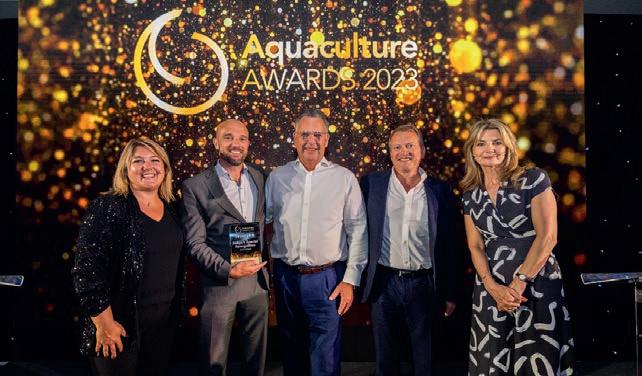







COMPLETE, TAILORED FEED BLOCK DIETS FOR LUMPFISH & WRASSE
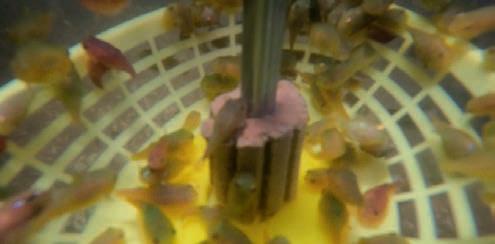















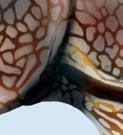










Yorkshire-based feed manufacturer World Feeds Ltd were among the big winners at this year’s Aquaculture Awards. Receiving the prestigious “Judge’s Special Recognition Award” for the impact their innovative VAF Feed Blocks have been making on the industry with regards to cleaner fish husbandry, health and welfare – while bolstering their effectiveness in combatting sea lice.
Since the 2019 commercial launch of their VAF feeding systems, the company have been embracedacross Scotland, with all major salmon producers including Mowi, Bakkafrost, Loch Duart and Scottish Sea Farms now converted to their diets and feeding strategies as part of their cleaner fish care.
“To be recognised for the hugely positive effect our diets are having on fish health and welfare within the industry is an honour.” says Managing Director, Peter Kersh. “We’ve become well-established and trusted within the sector and have our sights set on bringing our unique approach to nutrition and animal welfare into hatcheries.”
As part of that hatchery initiative, World Feeds have developed miniaturised versions of their feed blocks to cater to the smaller juvenile fish. Operations such as Ocean Matters and Otter Ferry in Scotland noted that this early-stage exposure helped to train the fish to graze on feed blocks, leading them to habitually gather at depth to feed – as opposed to on the surface, as with pellet dispensers. Ingraining this behavioural conditioning at an early stage acclimates them to do so when deployed in the sea pen, ultimately increasing their contact time with salmon and, by extension, sea lice.
The company have further plans, with larval and broodstock diets on the horizon.


“We are committed to playing our key part in the continued development of the industry, improving fish nutrition and welfare.” says Kersh.
Above: World Feeds Sales Director, Tom Noble, and Managing Director, Peter Kersh, receive their award Left: u enile lumpfish begin to feed at depth e hibi�ng natural grazing behaviour
FISH HEALTH & WELFARE
MORTALITY RATES

STABLE, CONTROLLED GROWTH
LONGEVITY & EFFICACY
BEHAVIOURAL CONDITIONING

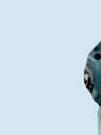


PRACTICAL FEEDING METHODS
DAILY OPERATIONAL COSTS

SEA LICE POPULATIONS




CATARACT PREVALENCE
AGGRESSION DURING FEEDING
ENERGY CONSUMPTION



















STORAGE SPACE & COSTS
MEDICAL TREATMENTS
FEED PREPARATION TIME
THE INNOVATIVE SOLUTION TO CLEANER FISH MANAGEMENT & SEA LICE CONTROL



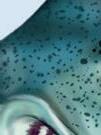

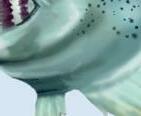
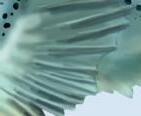
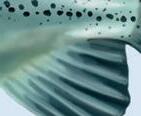



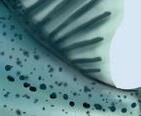

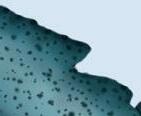



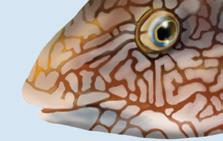




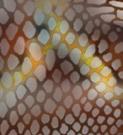



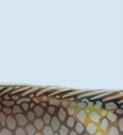


www.vitaaquafeeds.uk











Scotland’s coastline, at 18,743km or 11,646 miles long, would stretch from here to Australia, were the curves of its mainland and 900 islands straightened out. Inland, Scotland covers 77,900km2 or 30,090 square miles of highlands, lowlands and islands, yet nowhere is far from the sea: the furthest point, called the Pole of Inaccessibility, is Glen Quoich near Braemar, only 65km or 40 miles inland.
Nearly 80% of Scotland’s population of 5,479,900, as calculated by the National Records of Scotland (NRS) in 2021, lives in a small, flat trapezoid: the Central Belt, where coal deposits fuelled the Industrial Revolution.
The Midland Valley, bounded in the north by the Highland Boundary Fault from Helensburgh to Montrose, and the Southern Uplands Fault from Girvan to Dunbar, encompasses most of Scotland’s cities – Glasgow, Edinburgh, Dundee, Dunfermline, Stirling and Perth – except for Aberdeen and Inverness in the north-east.
Scotland’s 514 settlements, defined as built-up areas of 500 people or more, are also concentrated in these zones. On the list, you must scroll below the top 50 to find one on the west coast north of the Highland Line.
According to NRS estimates, Fort William is the largest, in 66th place (with a population of just 10,260), followed by Oban in 85th (8,140), Stornoway in 93rd (7,280), Portree 223rd (2,310), Lochgilphead 225th (2,280) and Ullapool at number 287 (1,500). Almost all the others, in a swathe of land stretching over 300 miles from the Cock of Arran to the Butt of Lewis, fall off their chart. This vast, sparse space is where much of Scotland’s aquaculture
sector lives and works. Apart from the Northern Isles (Orkney and Shetland), fish farms are based on the west and north-west coasts, due to a presumption in Scottish planning policy against marine finfish farm developments on the north and east coasts to safeguard migratory fish species.


In Scottish Government policy papers, these communities by ben, glen, loch or sea fall under one umbrella: “rural”. Their remoteness brings challenges to living and working, shared by businesses and services across all sectors.
People in the Highlands and Islands make a choice to be here, weighing up the gains and losses. But for many, the costs can become too much, leading to depopulation, which national and local governments have pledged to reverse.
“Many communities in the west coast authorities and rural areas are facing depopulation as people move to the larger towns and cities for employment and education opportunities,” explained the Scottish Government, launching Scotland’s
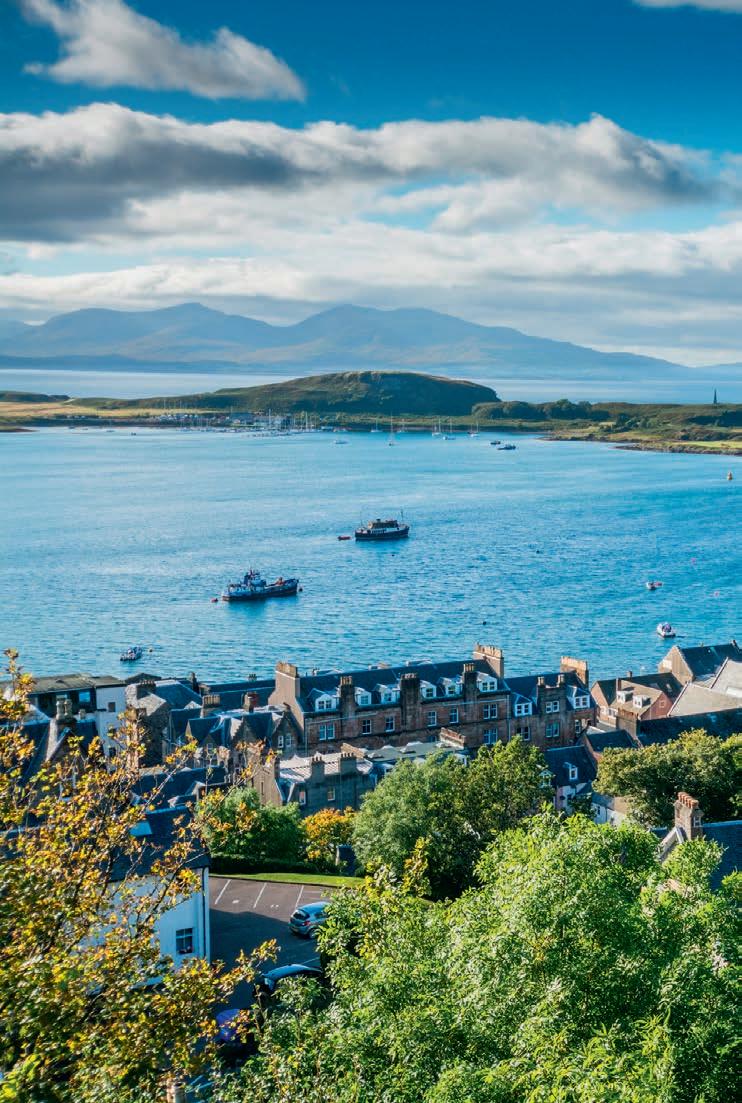 Above: Oban
Above: Oban
first national population strategy in 2021. “Migration is heavily concentrated amongst younger people, leading to an increasingly ageing population in some communities.
“Without intervention, 14 of our local authorities are expected to experience a decrease in population over the next 10 years, with most of those located in the west and south-west of the country. This creates skill shortages, threatens community sustainability and puts pressure on public services.
“If we are to address that challenge, then we need to address the issues that drive migration: access to jobs and economic opportunities; access to education and infrastructure including housing, digital and transport; as well as access to services and open spaces.”
Who can help address these issues? The west coast’s powers include three local authorities – Argyll and Bute Council, The Highland Council, and Comhairle nan Eilean Siar (Western Isles Council) – and two national parliaments in the form of the Scottish Government in Edinburgh and the UK Government in London.
But in these population centres, amid the noise of the many, it can be hard for decision-makers in Holyrood or Westminster, or even the council chambers in Lochgilphead, Inverness and Stornoway, to hear the quieter voices of the few from afar. Sometimes a megaphone is needed.


That’s why The Oban Times and The Lochaber Times, two newspapers covering the expanse of Scotland’s west coast, launched the Invest in the West campaign, urging the UK,
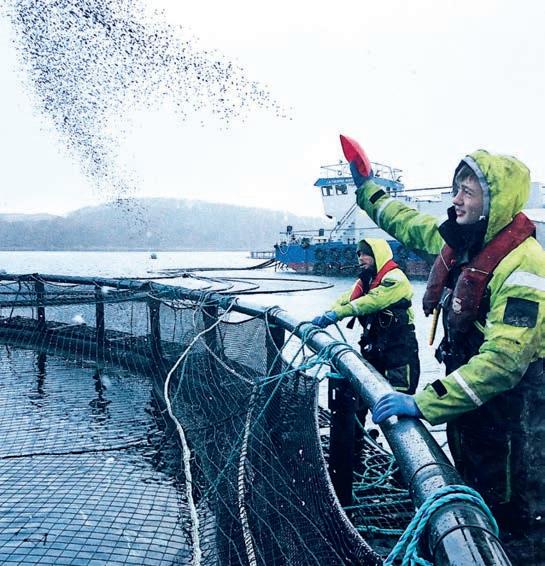













Scottish and local governments to help solve many problems faced by homes and businesses in the Highlands and Islands. Any business or service is unviable without homes for those who work in it. A spokesperson for steelhead trout producer Kames Fish Farming near Kilmelford, Argyll says: “Finding staff and available/affordable housing is our biggest problem. When we do get people, they can’t get housing.” You hear this same problem up and down the west coast.
A spokesperson for the trade body Salmon Scotland comments: “A lack of affordable housing is stopping the Highlands and Islands from becoming a northern powerhouse. The impact of this cannot be underestimated – it means not being able to live near where you work, it separates families and contributes to the depopulation of our island communities.
“According to recent research, the Western Isles has the highest proportion of empty homes in the UK at 13.3% and the 10 highest percentages were all in Scotland. Registers of Scotland data analysed by Salmon Scotland shows that while prices across Scotland rose by 89% in 2022 compared to the 2004 baseline, the increase was as high as 168% in some remote areas. The figures were above the national average in Argyll and Bute, the Highlands, Orkney, Shetland and the Western Isles.

A lack of affordable housing is stopping the Highlands and Islands from becoming a northern powerhouse
“These regions are also incredibly popular with second home owners and holiday home owners. As a result, many people cannot access the housing market.”
Housing and planning policies are devolved to the Scottish Government. We caught up with Scotland’s First Minister Humza Yousaf on a visit to Fort William in July to ask how his administration is helping solve the rural housing shortage.
He told us: “First and foremost, build more affordable houses. We have built more than 128,000 houses, the overwhelming majority affordable houses, and we have plans to build more up until 2032.”
The government is committed to 110,000 affordable homes by 2032, with at least 10% in remote, rural and island communities.
“On top of that, we are giving additional funding to buy back empty properties, so we can bring them into the social renting sector,” he said.
“Thirdly, [we are] giving local authorities more power, if necessary, to charge more council tax for second homes. They are either getting revenue they will be able to put back into building more affordable houses or frankly disincentivise those second homes so they can keep them for the local population.
“If there are more ideas that come from local authorities, from our local councillors, my door is open. Depopulation in our remote island and rural communities is a huge threat, which is why we are keen to halt and reverse it where we can.”
According to the Highland Council, the local authority for Fort William, its housing register has 9,000 applicants, demonstrating the demand and pressure on the supply of affordable homes across the region.



Highland Council’s Housing and Property Committee Chair, Councillor Glynis Sinclair, said: “Demand to live and develop business opportunities across the Highlands is at a record high, yet access to affordable housing can be a stumbling block for those wishing to take up employment, study or to remain in the area.
Over the next five years, The Highland Council, alongside its partners, will continue to work to build a portfolio of affordable housing stock.”
The council aims to build 3,300 affordable homes between 2023 and 2028.
Down the coast, Argyll and Bute Council declared a housing emergency in June.

“There has been a consistent reduction in available housing throughout the UK, as well as a steady increase in demand, rising

property prices and increasing levels of unaffordability,” it said. “In Argyll and Bute, there has been a rise in homelessness postpandemic and an increasing lack of housing choice.”
Council Leader Robin Currie said: “We extended our awardwinning empty homes team to bring more disused properties back in to use. Phase 3 of Dunbeg [300 homes near Oban] is coming to completion and community housing groups are delivering their own housing developments in various places.
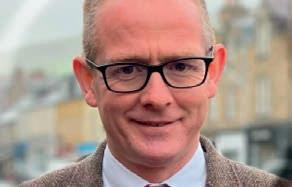
“Whilst these are all positive steps, we need to do more. For example, we have little to no say in the private housing market, both those for sale and rent, and unpredictable changes in the private rental market has resulted in a reduction of available housing to let for permanent residents.”
That month, due to the changing financial climate, councillors granted a £445,000 loan to Colonsay Community Development Company to move forward with nine affordable houses at Scalasaig. On target to be completed by October 2023, the development includes four rented properties, two low-cost home ownership properties and three rented properties for exclusive use of staff from fish farmer MOWI, which has contributed to the capital costs of the project.
“In many remote parts of Scotland, salmon farms are vital to the future of local businesses and communities,” according to Salmon Scotland.
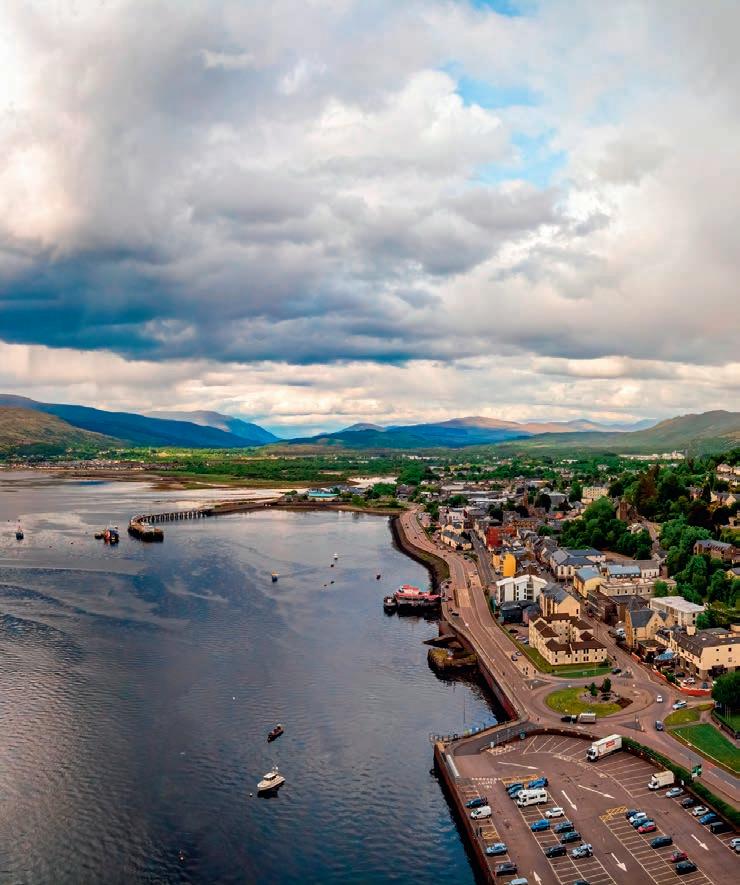
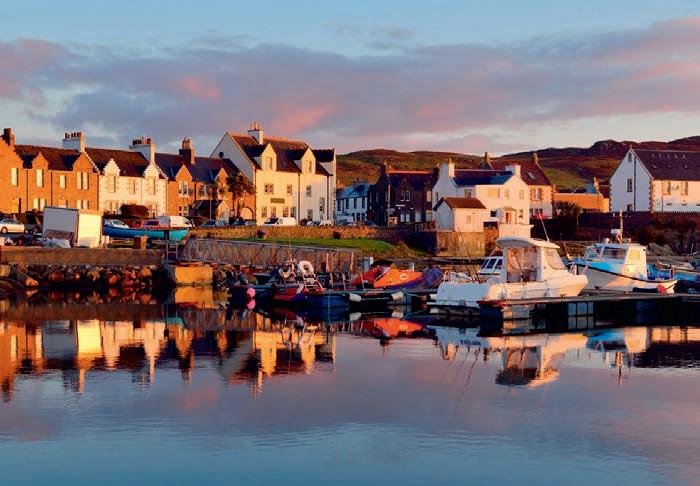
Any business or service is also unviable without people to work in it. Kames told us: “Recruitment has been even more difficult since Brexit and it is difficult to bring across skilled workers from Europe and overseas.”
Again, labour supply is a big shared problem along the west coast.
The UK Government Minister for Scotland John Lamont, Conservative MP for Berwickshire, Roxburgh and Selkirk, was in Argyll visiting Scottish Sea Farms’ salmon hatchery in Barcaldine and Inverlussa Mussels at Loch Spelve on Mull in the first week of August.

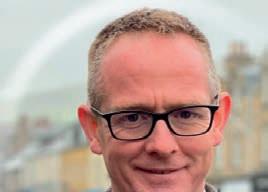
“I’m eager to see and hear for myself the opportunities and challenges faced by people living and working on the west coast of Scotland,” he said. “I know rural areas have many particular

issues of concern such as cost of living, affordable housing and connectivity, and I’m looking forward to chatting with local communities and businesses about how, working together, we can ensure local economies are growing and thriving.”
We interviewed the minister in Oban as he began his summer tour, asking him if Brexit was to blame for the staff shortage and when things might improve.
Mr Lamont replied: “I was lucky enough to serve on the Scottish Affairs Committee before my time as a minister and one of the inquiries we had was labour shortages in Scotland. This inquiry took place before Brexit. It took place before the pandemic. There already were challenges about depopulation in Scotland long before Brexit, long before Covid.
“One of the bits of evidence we received was from the two main agencies that bring migrant workers into the UK. When they were asking the workers where they wanted to be based, often the last place on the list was Scotland.
“Now that’s the big challenge. How do we make Scotland a more attractive place for workers coming to the UK to base themselves?
“That’s ensuring when they come to Scotland, they have access to good housing – there’s a shortage of affordable housing – and it’s ensuring that, if they’re bringing young people, they have access to schools, GPs and all the other services that people need.
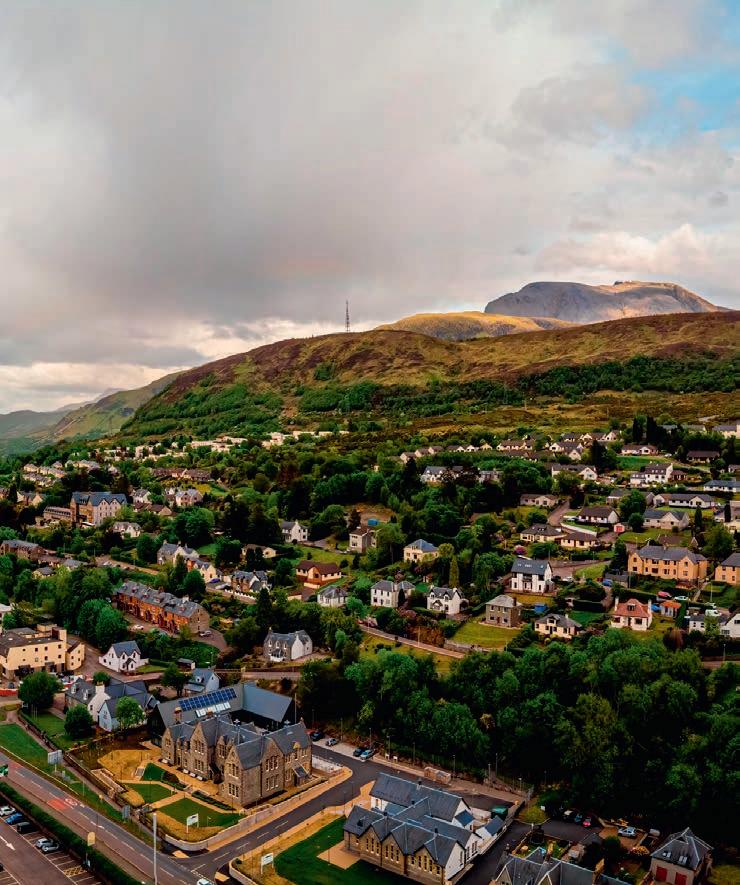
“Now I know and you know what a welcoming place Scotland is when people come here. More often than not, they settle here long term.
“What happened with Brexit, and particularly Covid, was a large number of the workers who had previously been working in many of our communities went back home. At the same time, places like Poland and Romania are becoming much more prosperous compared to what they were 10, 15, 20 years ago, when many people from those countries came to the UK in the first place. Understandably, many of them never came back after the pandemic.
“The other point identified during the Scottish Affairs Committee’s inquiry was that the new sources of workers were from Ukraine and the former Soviet Republics. We’ve now had the war in Ukraine, which has resulted in that source of labour drying up. I’d argue Covid and the war in Ukraine havehad a much bigger impacton the movement of workers ... compared to Brexit.”
A UK Government spokesperson added: “Leaving the EU enabled us to introduce a points-based immigration system and we want to see employers make long-term investments in the UK’s domestic workforce instead of relying on cheap labour from abroad.
“Many roles within the tourism, travel and hospitality sectors – including chefs and hotel, catering and bar managers – are eligible under the points-based system. Firms can hire workers through the immigration system if they meet the required English language and salary thresholds, and are sponsored by a registered Home Office sponsor.”
A spokesperson for the trade body Salmon Scotland said: “Labour shortages, particularly in our processing businesses, are acute. No change to the current UK Government approach, and the attitude in particular of the Home Office, is a clear threat to business competitiveness against our main international competitors.
“We want to see a more enlightened approach from the UK Government to the movement of labour into the UK, including a change to key worker definitions, changes to the salary cap level and a broader public signal that the UK is open to people coming here to work. We want a serious, pragmatic approach to negotiations with the EU, with a clear focus on the nation’s export businesses who depend on a positive, professional relationship with France and the other countries of the EU. We would urge a more pragmatic and business-friendly approach.”
THE Invest in the West campaign is backed by a parliamentary motion and a petition. The campaign is calling on government to:
•allocate additional funding towards improving transportation infrastructure within rural areas;
•increase investment in education facilities, including additional resources such as teaching staff, technology equipment and extracurricular activities;
•implement initiatives that attract healthcare professionals into remote regions through improved incentives such as financial support or career development opportunities; and
•establish a dedicated task force to assess the unique needs of rural and island communities, ensuring that future policies and investments address their specific challenges.
You can sign the petition at obantimes.co.uk/investinthewest
Whilstall of these are positive steps, we need to do more



Vienna is an iconic capital, known for its classical music, grand architecture and supremely indulgent cakes. It isn’t so well-known as a centre for aquaculture but that will all change –temporarily at least – this September, when the city hosts Aquaculture Europe 2023 (AE2023), the annual conference of the European Aquaculture Society (EAS). Taking place from 18 to 21 September at the Messe Wien Conference & Exhibition
Centre, this year’s conference will focus on balanced diversity in aquaculture development, bringing together academics, practitioners from the industry, policymakers and financiers. The theme, as ever, was chosen by the hosts as part of their successful bid. In the context of central Europe, diversity has a number of aspects, including a diverse consumer market; diversity for farmed species (looking beyond the big freshwater species carp and trout); and
a diverse group of producers. This part of Europe features a range of producers large and small. AE2023 will provide an ideal opportunity for them to meet, catch up with the latest developments in the industry and network.










While Austria has a small aquaculture sector, it has plans for the development of existing and new production methods and species, and it lies at the heart of central Europe, adjacent to Germany, Hungary, the Czech Republic, Italy and other European countries focusing on aquaculture development.

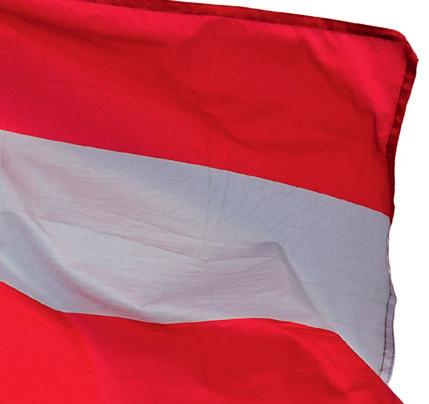

and species, and it lies at the heart of

Diversification is, of course, also especially relevant to the marine sector. The AE2023 parallel sessions will cover the full scope of European aquaculture, scientific disciplines and species, and will comprise oral and poster presentations. AE2023 will also feature an international trade exhibition, industry forum, student sessions and activities, satellite workshops and updates on research initiatives from the European Union.
the European Union.
Alistair Lane, Executive Director of the EAS, says this could be the biggest in the series yet: “We’ve seen more attendance

Opposite from top: Vienna State Opera; Messe Wien Conference Centre

This page from top: Professor Dr József Popp; Morten Rye An ause
each time. Before Covid, 1,500 was typical. At Rimini, we had 2,500 attending.”
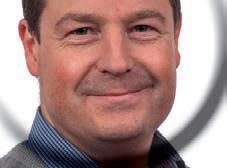
As the first plenary speaker, Professor Dr József Popp of Szent István University, Hungary, will explain the need for balanced diversity in food production, noting that while there has been a reduction in diversity and a consolidation of species in terrestrial agriculture, aquaculture is exploring a wider range of species and production technologies.
Dr Popp is Professor and Dean at Szent István’s Faculty of Economics and Social Sciences, and is a corresponding member of the Hungarian Academy of Sciences. He will be speaking on Tuesday 19 September, the opening day of the full conference.
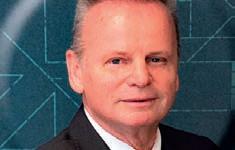
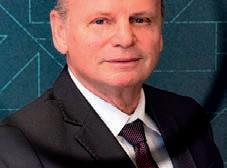
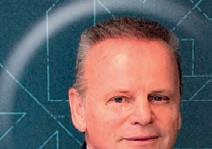
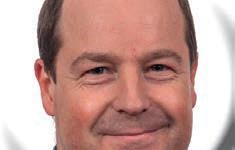


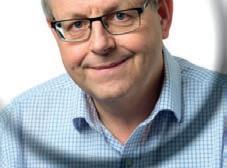
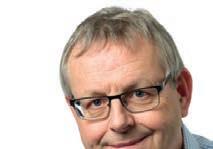
The world food system is facing a decrease in the diversity of crops and animal breeds. The threat to agrobiodiversity and the trend towards homogenisation reduces the sector’s ability to overcome challenges such as climate change or diseases. In contrast to agriculture, aquaculture is expanding in terms of new areas and species as well as diversifying aquatic resources, species, products, systems and technologies.
Dr Popp argues that the aquaculture sector currently provides more opportunities for efficient transformation of agriculture and fisheries resources for human protein consumption than much of the terrestrial livestock sector. At the global scale, increasing the diversity of food production activities, the aquaculture sector can improve the resilience of the world’s food system.
Aquaculture both in marine and freshwater has new opportunities to contribute to the sustainable growth and improved resiliency of world food systems, he says. Recent results of research and innovation provide a solid basis for the responsible and balanced use of diverse resources.
Despite the relatively low production volume of the freshwater aquaculture

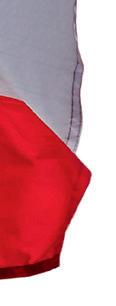
sector in central and eastern Europe, there’s a remarkable trend towards diversification in the use of resources, production of new species and fish products, and application of innovative systems and technologies. Even if traditional pond fish production remains an important part of the aquaculture sector in this region, there’s a trend towards the wider application of combined intensive-extensive systems, freshwater IMTA systems and recirculating aquaculture systems (RAS). Most of these systems and technologies, Dr Popp will explain, are good examples of how to utilise the opportunities provided by diversification and the circular economy.
The second plenary session, to be held on the Wednesday, features Antti Kause, Principal Scientist at the Natural Resources Institute (Luke) in Finland and Morten Rye, Director of External Services and Global Strategies at Benchmark Norway. They’ll explore the advances made in breeding programmes in aquaculture, asking whether that progress will be enough to meet the challenges the industry faces. We’ve seen the significant impact of breeding programmes for the main culture European species over recent years and we have new, better and faster tools to maximise the success of those programmes. But the changes that we face in the short and medium term might mean that our progress is overtaken by those changes. Are the current strains resilient enough? Do we have the necessary tools to support selection goals? What are the risks and opportunities in selecting new strains?
Kause leads the genetics and genomics of the fish breeding
Aquaculture, both in marine and freshwater, has new opportunities
activities at Luke. His group has more than 20 years of expertise in research and implementing the results in practical fish breeding programmes.
Rye has 35 years’ experience in genetic research and large-scale selective breeding programmes for 20 aquaculture species worldwide, including the majority of those farmed in Europe. He is currently heading Benchmark Genetics’ external services division.
The third plenary session features Lissy Smit, CEO of Aqua-Spark, an impact fund investing in innovative, novel solutions to some of aquaculture’s biggest challenges. She’ll be sharing examples from Aqua-Spark’s investment portfolio on how to bring solutions from great ideas and innovations to industry adoption.

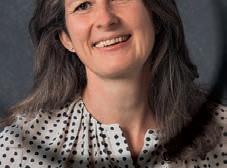

When Aqua-Spark launched in 2015, it was the first investment fund dedicated to sustainable aquaculture.
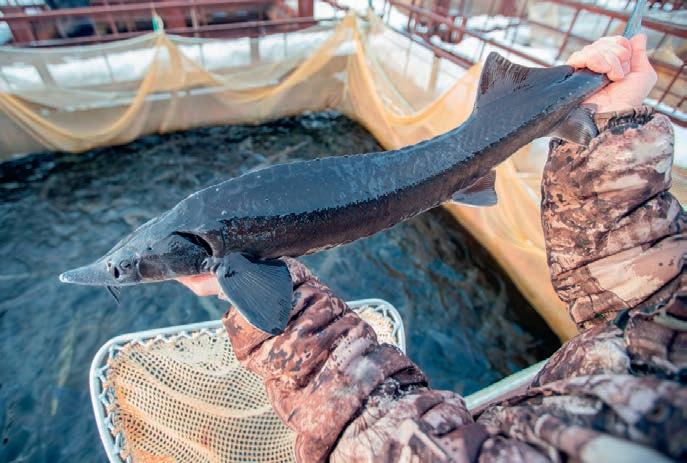
Aqua-Spark was founded on the belief that sustainable aquaculture is one of the long-term solutions to restore ocean health, that we don’t need to rely on wild resources or extensive antibiotics and chemicals usage to keep fish alive.

Smit says: “Often, we invest in solutions before demand is there. We create demand by proving that sustainable practices can be achieved by developing and scaling novel and innovative solutions. Many of our investments have been developed in an academic setting. By working with our network of experts, we aim to support these ideas and innovations by proving capital to make them accessible and affordable. We share examples from our investment portfolio on how to bring solutions from great ideas and innovations to wide industry adoption.”
Appropriately for this central European venue, the Industry Forum at AE2023 has a different focus compared with recent years, with contributions from freshwater fish farmers and topics including organic carp farming and pike perch breeding and growing in RAS. Fish farmers from countries including Austria, the Czech Republic and Hungary will be sharing their experiences.
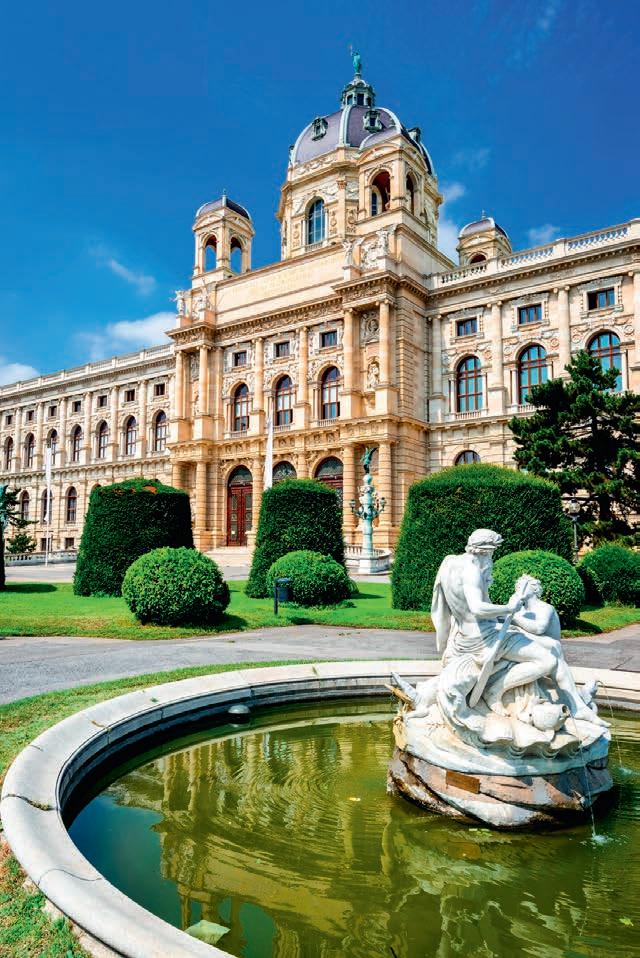
On Tuesday, the first full day of the conference, the Industry Forum will address systems transition and managing resources.



The theme for Wednesday will be new generation farmers, with case studies showing how traditional pond farmers have diversified to embrace new technologies, new species and additional business models, including spa and wellness facilities.
There’s also the Innovation in Action Forum on Wednesday, focusing on breeding and nutrition. It’s chaired jointly by former EAS President Hervé Migaud and current President Bente Torstensen.
The AE2023 Innovation Forum is dedicated to innovative ideas within the theme of balancing diversity in aquaculture and the wider blue economy. A series of short presentations and pitches from innovation actors, drawn from clusters, platforms, academia and industry, will introduce initiatives designed to bring together a broad range of stakeholders united in the common goal of knowledge transfer between aquaculture stakeholders. This forum will consider the promotion of research and innovation within the vision for a community of practice in European aquaculture.
The main conference programme, as ever, covers a huge range of aquaculturerelated topics
The Innovation Forum includes a series of specific pitching sessions. Innovations on breeding and nutrition, generated by projects from the EU H2020 Call Sustainable European aquaculture 4.0, from AQUAEXCEL3.0 transnational access experiments and from company-driven initiatives, demonstrate how collaborative efforts may lead to innovation for the benefit of the entire sector.
The main conference programme, as ever,
covers a huge range of aquaculture-related topics from RAS technology to genomics and epigenetics. Key strands include nutrition – alternative ingredients; welfare; integrated multitrophic aquaculture; climate change; processing co-products; and precision farming.
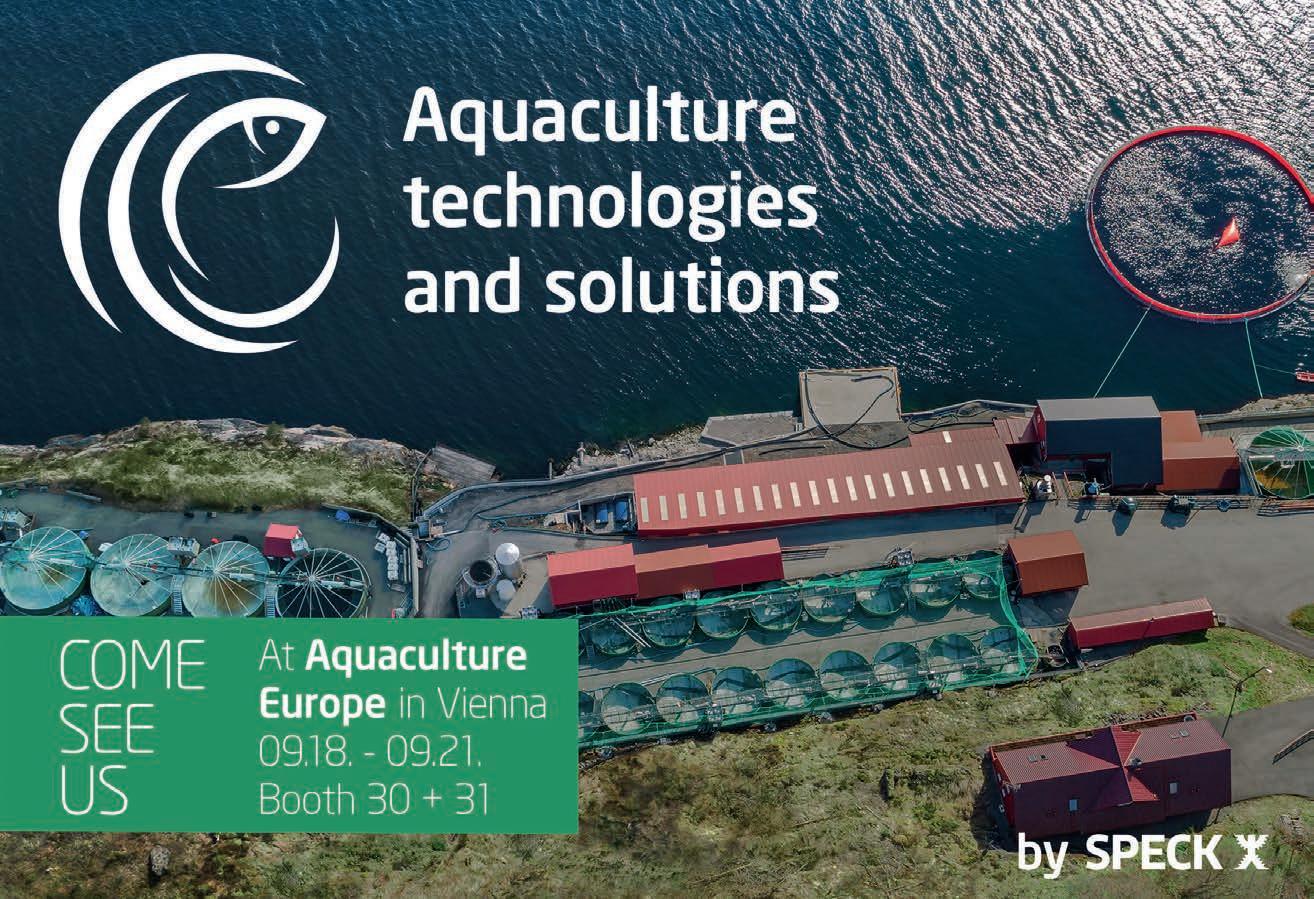


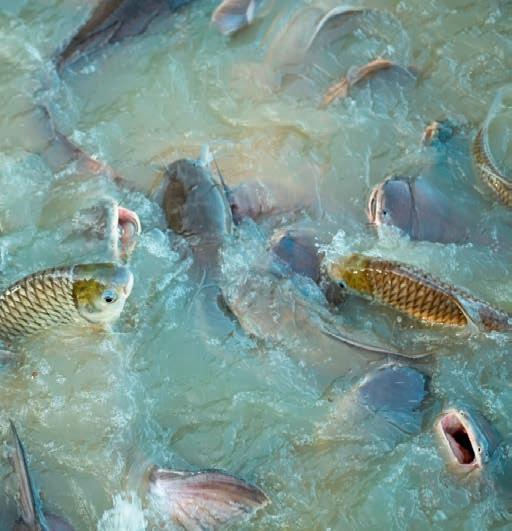
Special forums will also be running on sturgeon farming, with the Polish Sturgeon Fish producers Association, and on shrimp farming.


In parallel to the in-person presentations,
as in previous conferences, there’ll be a programme of e-posters with papers to read online.
A trade show with exhibitors representing suppliers across the industry will also be running throughout the three days of the main conference, from Tuesday to Thursday. If you’re there, look out for the Fish Farmer stand!
For more information or to book your place at AE2023 in Vienna, visit aquaeas.org


systems such as gill, cardiac or liver function. Fish that are deemed negative by PCR for pathogens may still present with aberrant blood chemistry requiring additional investigation whilst, by the same token, fish that are indicated by PCR for a pathogen, may not necessarily be experiencing sickness.
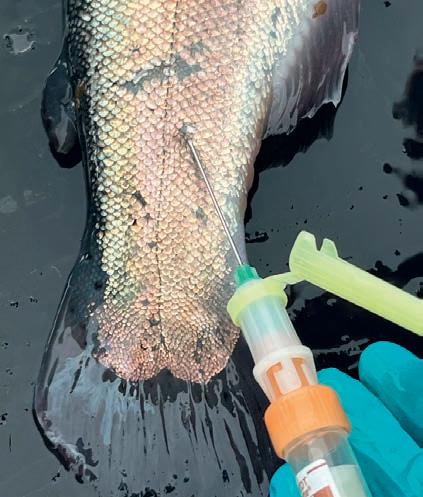
This is the very essence of biomarker assessment, which seeks to discern health rather than simply identify infection. Real-time benefits from knowing the status of a fish population’s blood chemistry are realised by the influence that this knowledge can have on stock management decisions. Examples include whether a handling operation is safe now or best delayed a little, or whether virally induced muscle damage is sufficiently recovered for harvesting to proceed safely.
WellFish has now completed its so called “A round” of investment and has received significant support from investors who understand that healthcare of cultivated animal protein species will, going forward, pivot on good data and lots of it!
The strides being taken by WellFish on its growth journey are increasing, both in length and frequency. September will mark the opening, in Bergen, of a new bespoke advanced blood biochemistry laboratory to service the needs of Norwegian fish farmers. This will be showcased at Aqua Nor later this month (stand A-118). WellFish is at the vanguard of applying this technology to aquaculture species in general and (currently) salmonids in particular, with widespread use of the technology in the Scottish and Irish industries.
By establishing a large and rapidly expanding database of biomarker endpoints, clinicians at WellFish can spot clinical chemistry profiles that indicate the status of a number of discrete organ
Perhaps for the first time, the practice of assessing fish welfare can move further towards being quantitively rather than empirically informed, as is currently the case. Blood biochemistry provides a powerful lens through which an organism’s current health and welfare can be viewed and quantified. By furthering our understanding of what “normal” looks like for fish, WellFish is a long way down this road.
Above left: Non-lethal blood sampling by caudal puncture Left: Amund Litlabø and Karoline Hammersland working with samples at Norway’s Marine Research ns�tuteBiomarker assessment… seeks to discern health rather than simply identify infection
In May, Icelandic company Hampiðjan – which acquired Norwegian net supplier and cleaner Mørenot last year –listed on Iceland’s Nasdaq market and issued 85,000,000 new shares, equal to 13.37% of total shares following the share capital increase. Its shares had previously traded on the Nasdaq First North Growth Market Iceland.
CEO Hjörtur Erlendsson rang the market’s bell to start the company’s first day of trading. He said: “Hampiðjan has grown significantly in the past decade and revenues have multiplied in the period through acquisitions and internal growth… the offering and acquisition of Mørenot will strengthen Hampiðjan‘s position significantly and create opportunities for further growth in the company‘s main markets.”
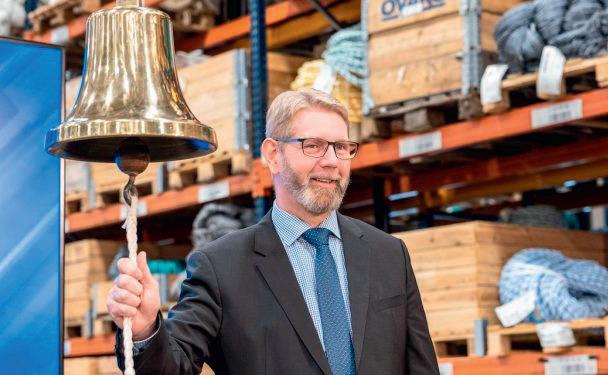
A study into the impact of a robot net cleaner in salmon pens has found that it has had no negative implications for the fish. MABIT, an industrial R&D programme for Northern Norway, funded the study and examined the Probotic net cleaner, comparing its operation with traditional high-pressure water-cleaning methods. The project aimed to investigate the biological conditions during net cleaning. Researchers found that fish health and appetites were unaffected by the robot’s presence. They also said the study highlighted the need for larger-scale projects to obtain more reliable data. The programme was carried out in collaboration with Akvaplanniva, Ballangen Sjøfarm and Cermaq.
With the launch of its NetJet™, Scottish-based engineering specialists, Brimmond, has become the first company in the UK to offer a full 360o manufacture, rental and support package for high-pressure net cleaning pumps aimed at the offshore aquaculture sector.
The Brimmond team have poured their 25-plus years of marine industry experience and know-how into developing the most reliable, effective and user-friendly net cleaning pump on the market. Clever design features ensure NetJet™ can withstand the harshest of environments.

Brimmond also provides a dedicated customer service, and has invested in a fleet of specialist vans, a stock of critical spares and experienced hydraulic technicians to deliver on-site technical support. www.brimmond.com
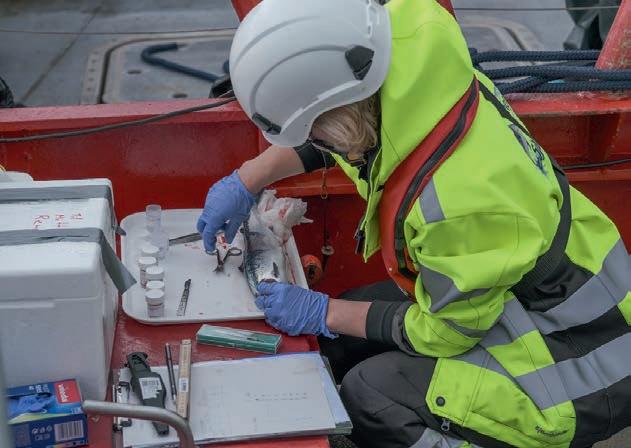


Product licensing is a long, intricate process, and a daunting endeavour for even the most experienced of organisations, let alone for ambitious entrepreneurs new to the industry. Ground-breaking ideas that could shape the future of seafood production or revolutionize the aquaculture industry often hit roadblocks during the licensing process due to the complexity of navigating the numerous health authorities and intricate regulatory landscape in different countries. These roadblocks add delays and unexpected costs to products on the road to licensing.
That’s why it’s crucial to follow a process that includes testing for safety, efficacy and consistency during the licensing process. Partnering with an Aquaculture Contract Research Organisation (CRO), that possesses GCP processes as well as GLP and GMP certification, ensures that the highest standards of compliance and quality throughout a product’s licensing journey are met. Picking the right CRO to help navigate this regulatory landscape is the best investment to make in a product licensing journey.
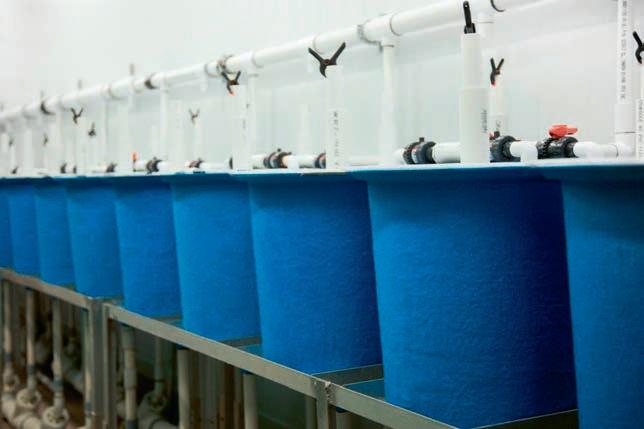
The Center for Aquaculture Technologies Canada (CATC) is the premier Aquaculture CRO equipped with OECD GLP (Good Laboratory Practice), GCP (Good Clinical Practice), and EU GMP (Good Manufacturing Practice) certifications. Certifications serve as a powerful testament to the safety, quality, and compliance of your product, instilling confidence in both consumers and stakeholders. With CATC as a CRO partner, an organisation gains access to a wealth of experience and connections with regulatory authorities and certification bodies.

Navigating the regulatory process within the aquaculture industry is a complex undertaking that demands comprehensive knowledge of local, national, and international regulations, as well as an understanding of the unique challenges faced by the industry. CATC’s team of experts possess an in-depth understanding of the regulatory

framework, enabling them to guide a company seamlessly through each step of the licensing process.













CATC prides itself on being at the forefront of research, development, and regulatory affairs. Its state-of-the-art facilities and cuttingedge technology empower companies to conduct rigorous testing, data analysis, and research, all while adhering to the highest standards of GLP certification established throughout the quality program, ensuring that all studies have the same level of integrity. With their certifications and quality standards, everyone can be confident that all products will meet and exceed regulatory expectations.
Complex regulatory processes don’t need to impede the progress in bringing visionary aquaculture products to the market. Selecting a CRO with a collaborative approach that fosters open communication will allow anyone to work from concept inception to product launch fluidly. CATC comprehends the unique challenges faced in the aquaculture industry, and is committed to providing tailor-made, bespoke solutions to meet a company’s specific needs. Choosing CATC as an Aquaculture CRO partner, equipped with the necessary certifications, GLP, GCP, and GMP, will allow it to expertly navigate the regulatory landscape on a company’s behalf.
Contact the CATC team today and embark on a regulatory journey towards success. Let them be your trusted guides as you shape the future of aquaculture innovation, one certified step at a time.
Top: 35 litre trial tanks at CATC’s Facility Above: A 3 er�fied Labs at CATC’s Facility Left: Intramuscular salmon accina�on at CATC’s FacilityCertifications serve as a powerful testament to the safety, quality, and compliance of your product

Global agri-technology company Devenish has expanded its international aquaculture team with the appointment of Dr Antonios Chalaris as Aqua Business Development Manager. He joins Devenish from a global aquaculture business where he was a Product Manager. Dr Chalaris has over 13 years’ commercial and R&D aquaculture experience on fish hatchery production and development of fish feeds across the UK and internationally. Headquartered in the UK and trading in over 40 countries, Devenish is a leading provider of animal nutrition solutions including premix and feed additives, and it has recently expanded into the aquaculture market.

Fish containment solutions business Badinotti Group has acquired Pacific Netting Product (PNP), a Seattle-based company specialising in the sale of nets and other containment products (pictured). It is particularly known for its HDPE floating structures and netting options. Christian Torres, CEO of Badinotti Group, said: “This acquisition will allow us to strengthen our presence in the North American market and provide even more tailored solutions to the needs of our local customers.”

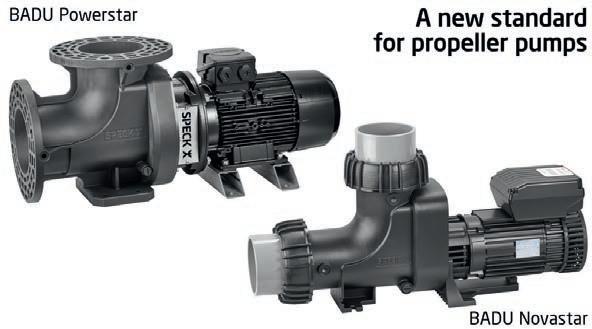
With the BADU Powerstar and BADU Novastar, SPECK is offering dryinstalled, robust propeller pumps in a fully plastic design. The singlestage, non-self-priming elbow pumps with axial impellers can be used in freshwater and saltwater thanks to their fully plastic design. The material makes them lighter, less susceptible to corrosion and more affordable. The pump shaft does not come into contact with the water in the circuit. Thanks to electrical separation, the pumps are therefore also safe to operate. Metal components never come into contact with the water. The BADU Powerstar has a maximum capacity of 250 m³/h with a total delivery head of 4 metres. The BADU Novastar is designed for smaller systems, ponds and aquaponics. The directly mounted variable speed motor is exceptionally quiet and efficient, and outputs of up to 100 m³/h at a maximum delivery height of 5 metres can be realised. Find out more at speck-pumps.com/aquaculture



More than 30 years ago, aquaculture was identified as a possible solution to the decline in fisheries stocks. Sustainability, fish welfare, biosecurity and food quality have been at the centre of this industry since then. This is when triogen® by BIO-UV Group was founded, with a goal to elevate water quality providing cutting edge chemical-free technologies to professionals. A specialist in designing and distributing UV, ozone and AOP water treatment disinfection systems, BIO-UV Group has developed a complete offer for the aquaculture market, to ensure water disinfection and sanitation.
the centre of this industry since then. This is when triogen
MeetBIO-UVGroupatAquaNorthisyearatboothA109,todiscoverthelatestozone generatorPPO3capableofproducingupto1.2Kg/hourofozone.
























Our new generation, award-winning acoustic deterrents Comply with both Marine Scotland EPS and MMPA requirements
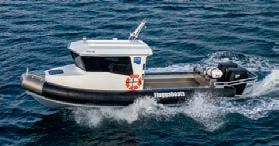

Our new generation, award-winning acoustic deterrents Comply with both Marine Scotland EPS and U.S. MMPA requirements




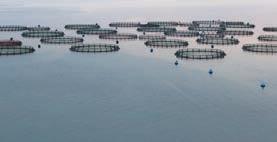




• Create conditioned avoidance so we can put far less acoustic output into the water than older barrier systems Have low duty cycles, low average volume and low frequency to help deter seals, while better safeguarding cetaceans
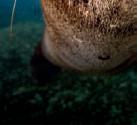
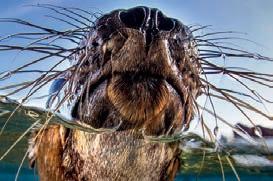
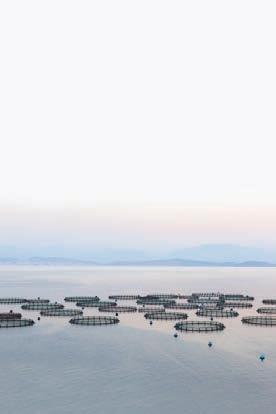
• Create conditioned avoidance so we can put far less acoustic output into the water than older barrier systems

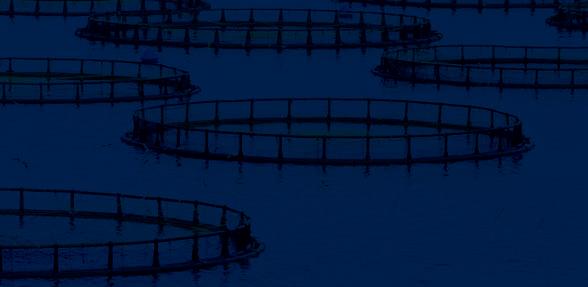
Have low duty cycles, low average volume and low frequency to help deter seals, while better safeguarding cetaceans
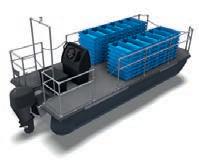
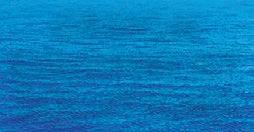


Your first choice for animal welfare.
Your first choice for animal welfare.
Your first choice for animal welfare. Get in touch to set up a trial: acedeterrents@aceaquatec.com

Get in touch to set up a trial: acedeterrents@aceaquatec.com
Get in touch to set up a trial: acedeterrents@aceaquatec.com









tomorrow www.storvik.no
Fish Health

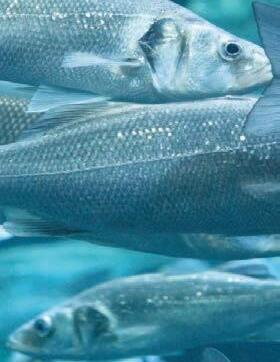
Clynav will turn the way you see PD control upside down. Clynav is like no other PD vaccine it uses Elanco’s unique DNA plasmid technology and has become the leading choice for PD protection in Norway. Clynav is delivered intra-muscularly without the need for an adjuvant.
www.elanco.co.uk CLYNAV Upside Down Ad 297x210 2021.indd
Clynav brings fresh hope in the fight against pancreatic disease Elanco UK AH Limited, First Floor, Form 2, Bartley Way, Bartley Wood Business Park, Hook RG27 9XA, United Kingdom. For further information consult the product SPC. Clynav, Elanco and the diagonal bar logo are trademarks of Use medicines responsibly www.noah.co.uk/responsible. Advice should be sought from the Medicine Prescriber. PM-UK-21-0435 04.2021 RLH
Turning conventional approaches... upside down Clynav brings fresh hope in the fight against pancreatic disease. Take back control of PD with Clynav. It will change your point of view, for good. www.elanco.co.uk
Clynav will turn the way you see PD control upside down. Clynav is like no other PD vaccine it uses Elanco’s unique DNA plasmid technology and has become the leading choice for PD protection in Norway. Clynav is delivered intra-muscularly without the need for an adjuvant.
Turning conventional approaches... upside down Take control
impex@impexagency.dkimpex@impexagency.dk impex@impexagency.dk EQUIPMENT SUPPLIEER EQUIPMENT SUPPLIEER RECIRCULATION



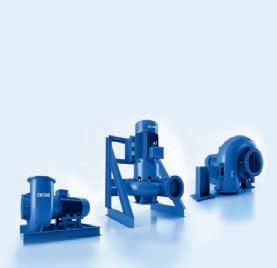
Clynav brings fresh hope in the fight against pancreatic disease Clynav contains pUK-SPDV-poly2#1 DNA plasmid coding for salmon pancreas disease virus proteins: 5.1 – 9.4 µg. Legal category in UK. For further information call Elanco Animal Health on +44(0)1256 353131 or write to: Elanco UK AH Limited, First Floor, Form 2, Bartley Way, Bartley Wood Business Park, Hook RG27 9XA, United Kingdom. For further information consult the product SPC. Clynav, Elanco and the diagonal bar logo are trademarks of Elanco or its affiliates. © 2021 Elanco or its affiliates. Use medicines responsibly www.noah.co.uk/responsible. Advice should be sought from the Medicine Prescriber. PM-UK-21-0435 04.2021 RLH


So, with Clynav, you can rest assured of excellent PD protection without the risks associated with conventional vaccines. Take back control of PD with Clynav. It will change your point of view, for good.
So, with Clynav, you can rest assured of excellent PD protection without the risks associated with conventional vaccines. Take back control of PD with Clynav. It will change your point of view, for good.
www.elanco.co.uk CLYNAV Upside Down Ad 297x210 2021.indd 1 11/05/2021 10:07
rkplast@rkplast.dk Tel +45 9758 4055 renovation and antifoulant retreatment. HATCHERIES NETS




Hatcheries Turning conventional approaches... upside down Take control



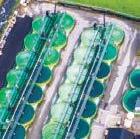


Storvik LTD Lochgilphead, Scotland Tel: +44 (0) 1546603989 info@storvik.co.uk MARINE EQUIPMENT NauticastTM & VideoRay Available for Sale or Hire from www.atlantasmarine.com T: +44 (0)1935 426 000

Delivering state of the art, quality products... industry... on budget, on time 06/02/2014 16:35:16


























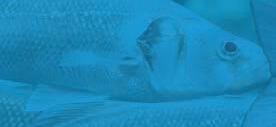






















Recirculation Design • Supply • Build • Support Engineered Prefabricated Modular .com Advanced RAS

A wide range of applications, including lobster, oyster, mussel and prawn cultivation Artificial seawater free from bacteria, algae and toxic detritus found in seawater
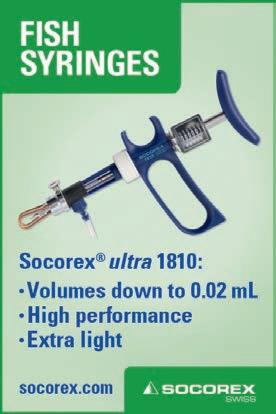
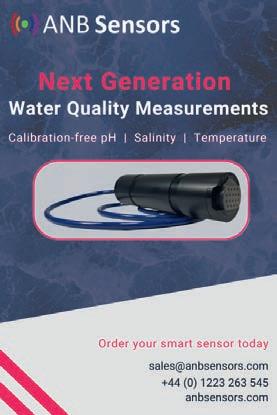


















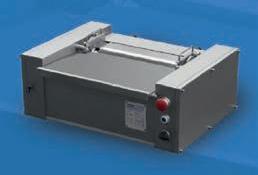


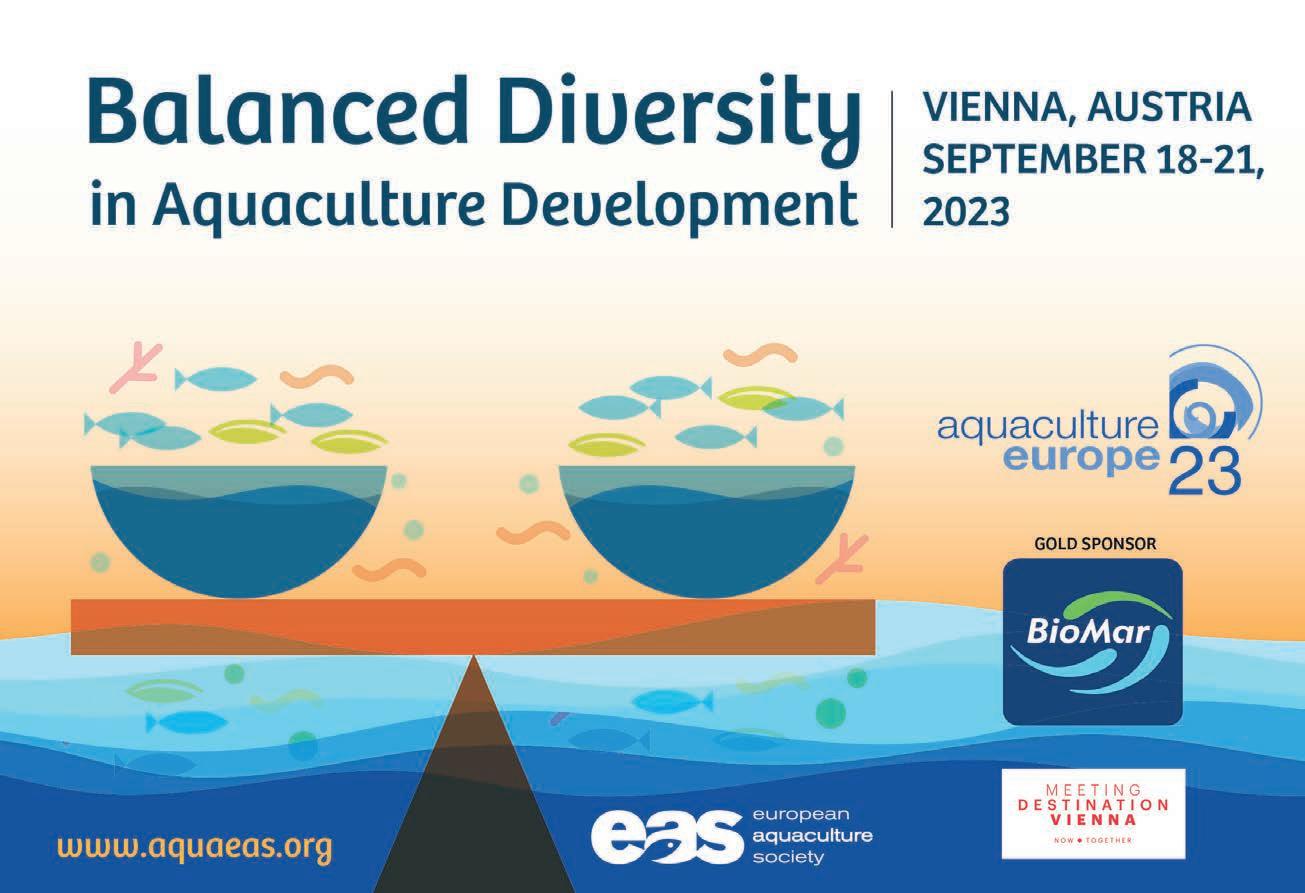
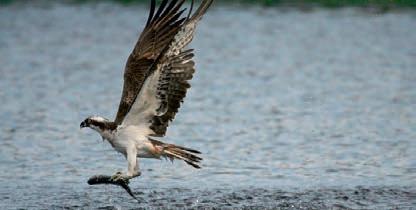
AUGUST 23
www.aquanor.no/en/ Trondheim, Norway
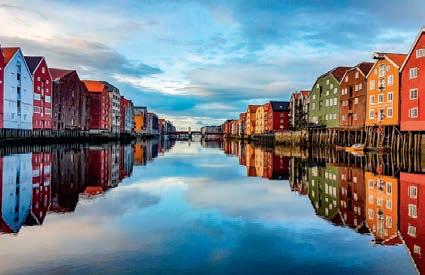
August 22-25, 2023
NOVEMBER 23
AFRAQ 2023
www.was.org/meeting/code/AFRAQ23
Lusaka, Zambia
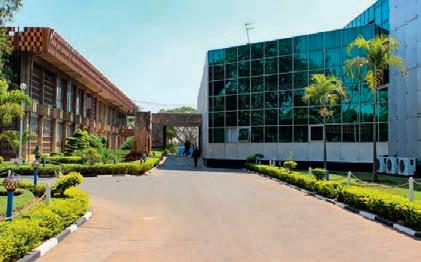
November 13-16, 2023
JUNE 24
SEAWORK
www.seawork.com
Europe’s largest on-water commercial marine and workboat exhibition.

Southampton, United Kingdom
June 11-13, 2024
SEPTEMBER 23
2023
seagriculture-usa.com
2nd International Seaweed Conference USA. Portland, Maine, USA

September 6-7, 2023
FEBRUARY 24
www.was.org
San Antonio, Texas, USA
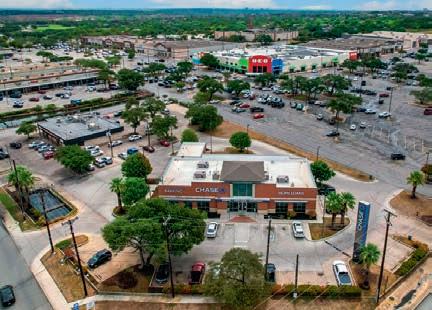
February 18-21, 2024
ASIAN PACIFIC AQUACULTURE 2024
Surabaya, Indonesia
June 11-14, 2024
Aquaculture – Driving the Blue Economy is the theme of the conference at the Grand City next year.
AUGUST 24
AQUA 2024
www.aquaeas.org - www.was.org
Copenhagen, Denmark
August 26-30, 2024
The theme of AQUA 2024 is BLUE FOOD, GREEN SOLUTIONS.
www.aquaeas.org
The European Aquaculture Society’s annual conference focuses on “Balanced Diversity in Aquaculture Development”.
Vienna, Austria

September 18-21, 2023
MAY 24
www.aquacultureuk.com
Aviemore will once again be the venue for this biennial trade fair and conference. It is undoubtedly the most important aquaculture exhibition held in the British Isles. The show has a tremendous following and with increased investment for 2024 it promises to reach even further across the broader aquaculture markets in both the UK and Europe.
Aviemore, United Kingdom
May 14-15, 2024
SEPTEMBER 24
LATIN AMERICAN & CARIBBEAN AQUACULTURE 2024
www.was.org
Medellin, Colombia
September 24-27, 2024
MARCH 25
New Orleans, Louisiana USA
March 6-10, 2025
SEPTEMBER 25
2025
Valencia, Spain
September 22-25 2025
lease don’t shoot me for saying it but the SS Politician wasn’t the only politician to have done something useful (for the uninitiated, this was a ship that foundered off the Western Isles with a cargo of whisky – the alcohol mysteriously “disappeared”).
I think it’s time for our nation to realise that politicians aren’t bad people just because we don’t like them. What’s more significant is where they come from these days. An enormous number of them come from university, often through law or directly into the political sphere. They have little or no experience of the real world, least of all business.
A huge success story from our industry isn’t going to impact their consciousness, not even remotely. Politicians, whether we like it or not, are from sectors that don’t have much (if any) understanding of much larger concerns than ours.
Worse than that, the so-called environmental sector is heavily funded precisely because they need to lobby and approach these people who are so out of touch with the real world. The wild salmonid lobby, comprising of a large number of wealthy or estate-owning people, know how to walk the corridors of power.
Far worse, the civil service – the hidden part of politics – is also lobbied and some come to their jobs with views already entrenched. I remember a certain chief executive of the Scottish Environment Protection Agency (SEPA), who did a few things that appeared to be anti-salmon farming, taking on the chair of a major wild salmonid group after retiring from the SEPA. One has to ask the obvious question.
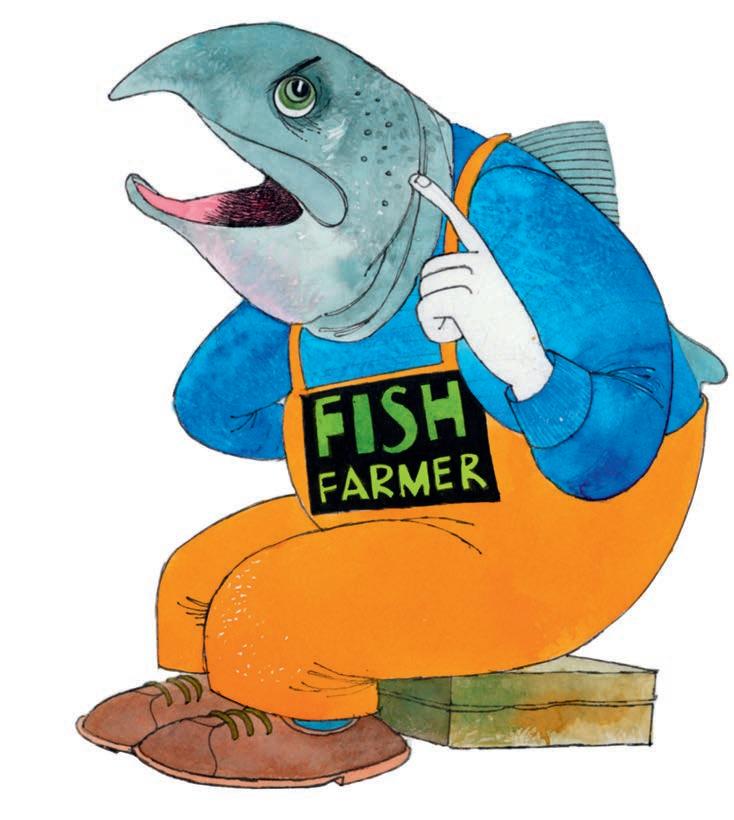
So when I read about the idiocy of highly protected marine areas (HPMAs), their impact on marine business and the knock-on effect on depopulation for our fragile areas, it’s tempting to mutter “stupid politicians”.
The problem isn’t the politicians but the people who advise them, who simply don’t care that the country depopulates. In their idealistic little world, we’d all be so much better off if we let nature take over these areas and then they can spend their holidays without having to encounter the people actually living there.
The issue of producing enough food etc doesn’t occur in their firmament. If you want to really understand how these people think, read about rewilding. It’s the idea that if we let nature take it all back, we’d be so much better off. The fact that this is supported hugely by a government grant or that it produces nothing from once-productive land doesn’t occur to anyone.
The more interesting question is: what are we going to do about this situation? Our industry’s PR section has improved enormously and few would remember the early 2000s when we were the butt of every article. So I take my hat off to those who have helped push and develop to this stage, but it’s not enough.
Is it really that surprising that SEPA is pursuing a policy that has no real science behind it? Are we really going to accept that they are doing this because they think it’s best for the environment or worst for salmon farming? I sincerely hope that the first business to be disadvantaged by it takes them to court and I hope that the rest of the industry helps to fund their case.
Meanwhile, we have to get down and dirty, if you’ll forgive an awful Americanism. We need to work on supporting our people into the right jobs and target those who are in positions of authority who are anti salmon farmers. Calling out bias is critical, but it’s also a risky affair if you get it wrong. Not calling it out, however, allows the veneer of credibility to those who wish us ill.
Salmon farming improved its PR because it realised that if it lost that battle, it lost the war. As farmers and business people, we can’t spend all our time concentrating on this but our opponents do, as it’s their only function. So they become more sophisticated and devious. We’re going to have to push again and accept that more of our hard-earned money is going to have to spent educating, re-educating and informing the political sphere about who we are, what we do and why it matters. Just as importantly, we need to point out what would happen if we stopped. It’s no good waiting till the last moment to explain how sorry everyone will be when you’re gone!
The problem isn’t the politicians but the people who advise them




